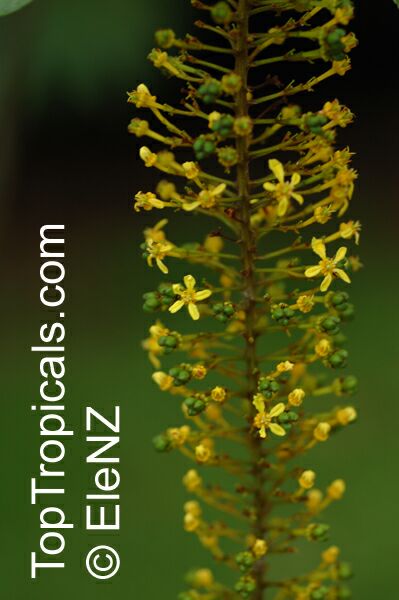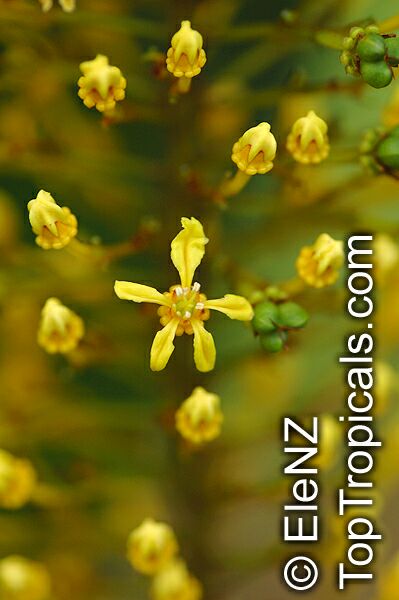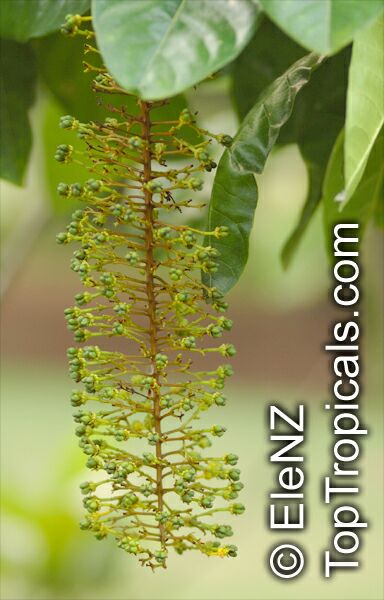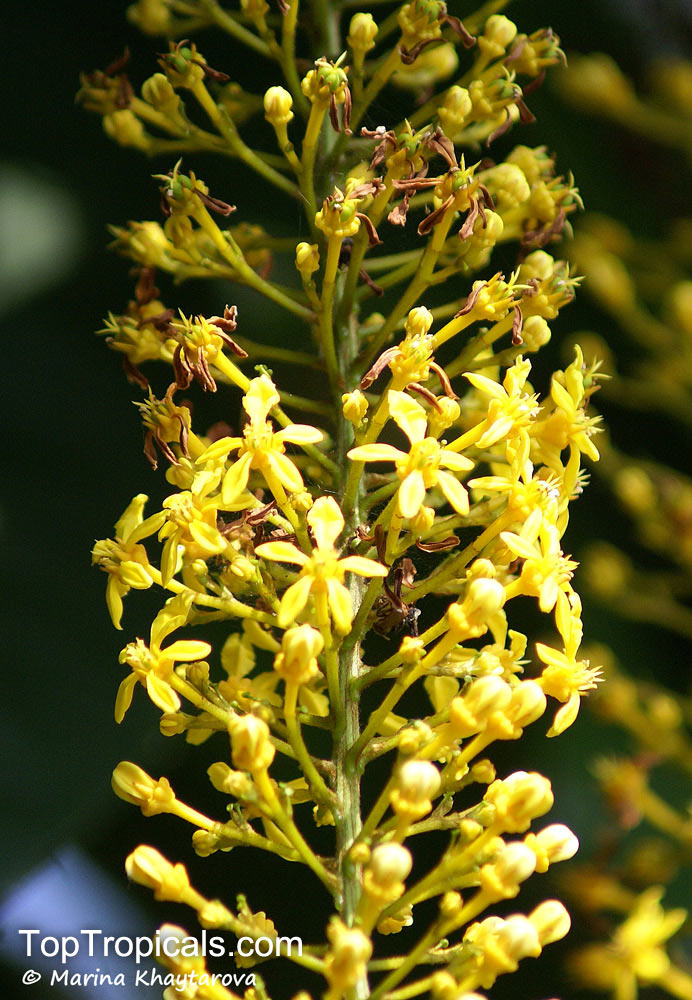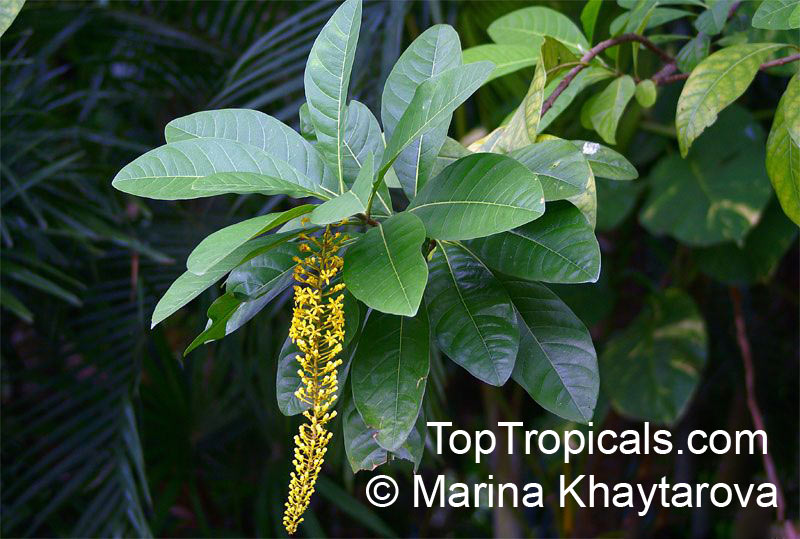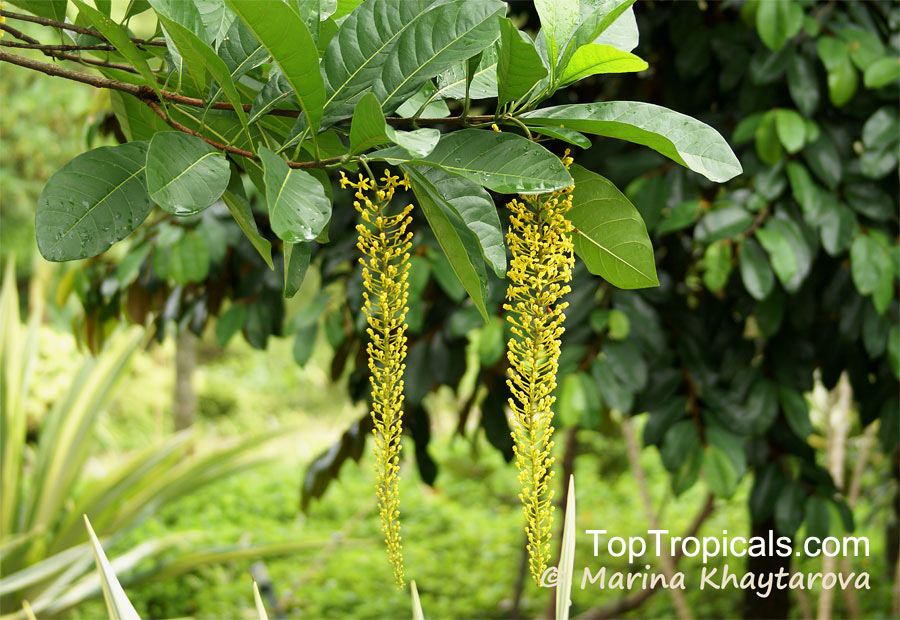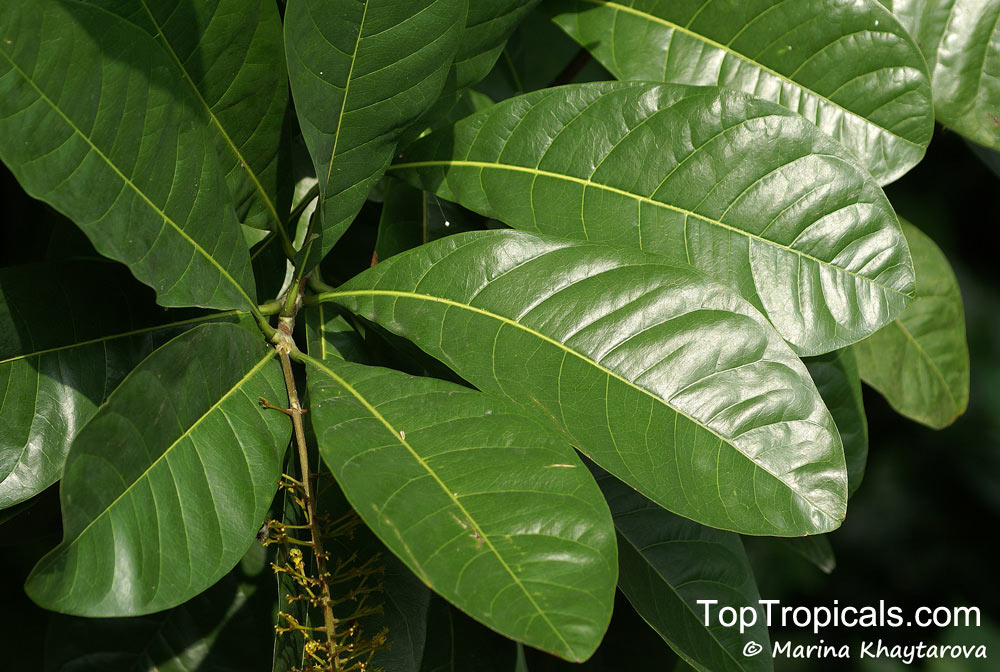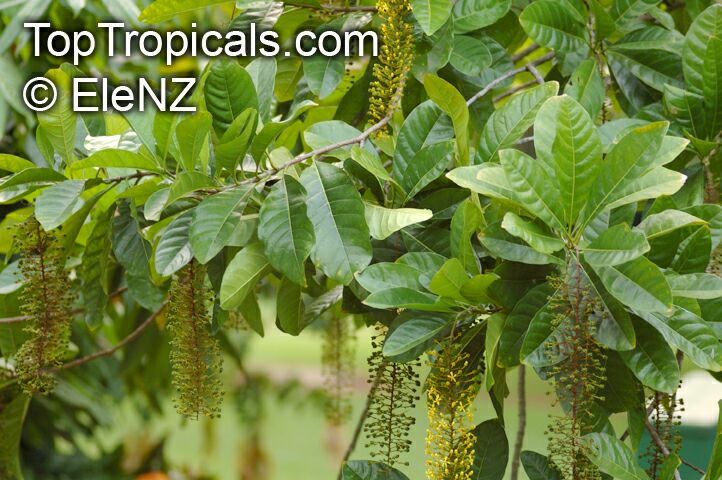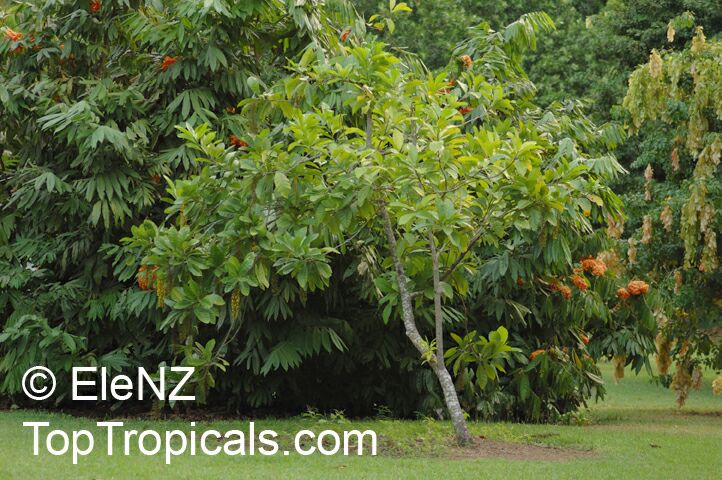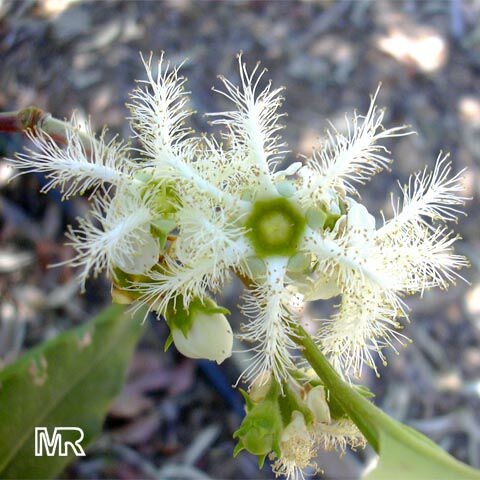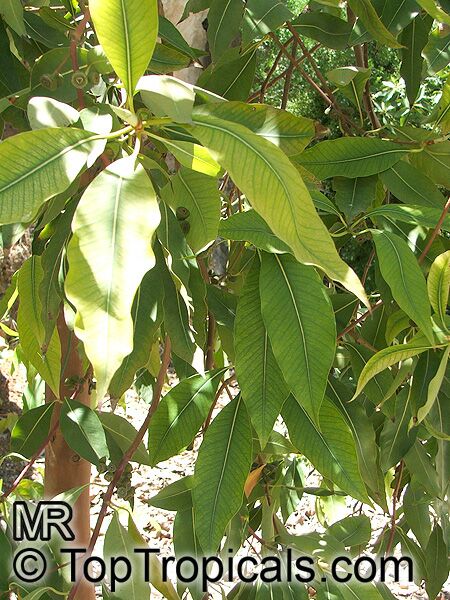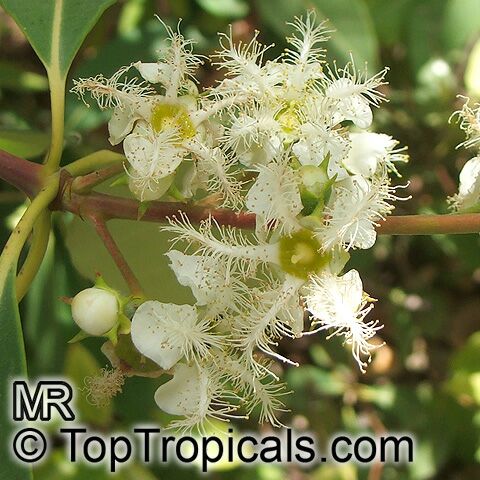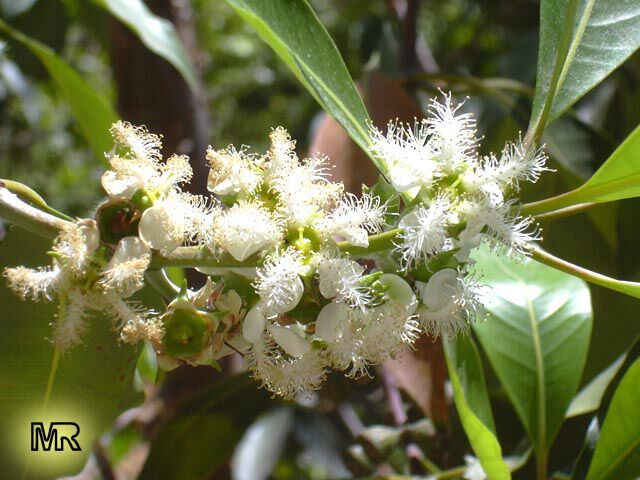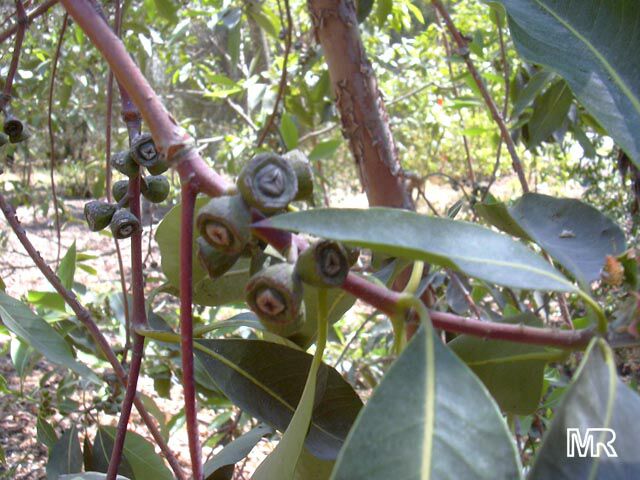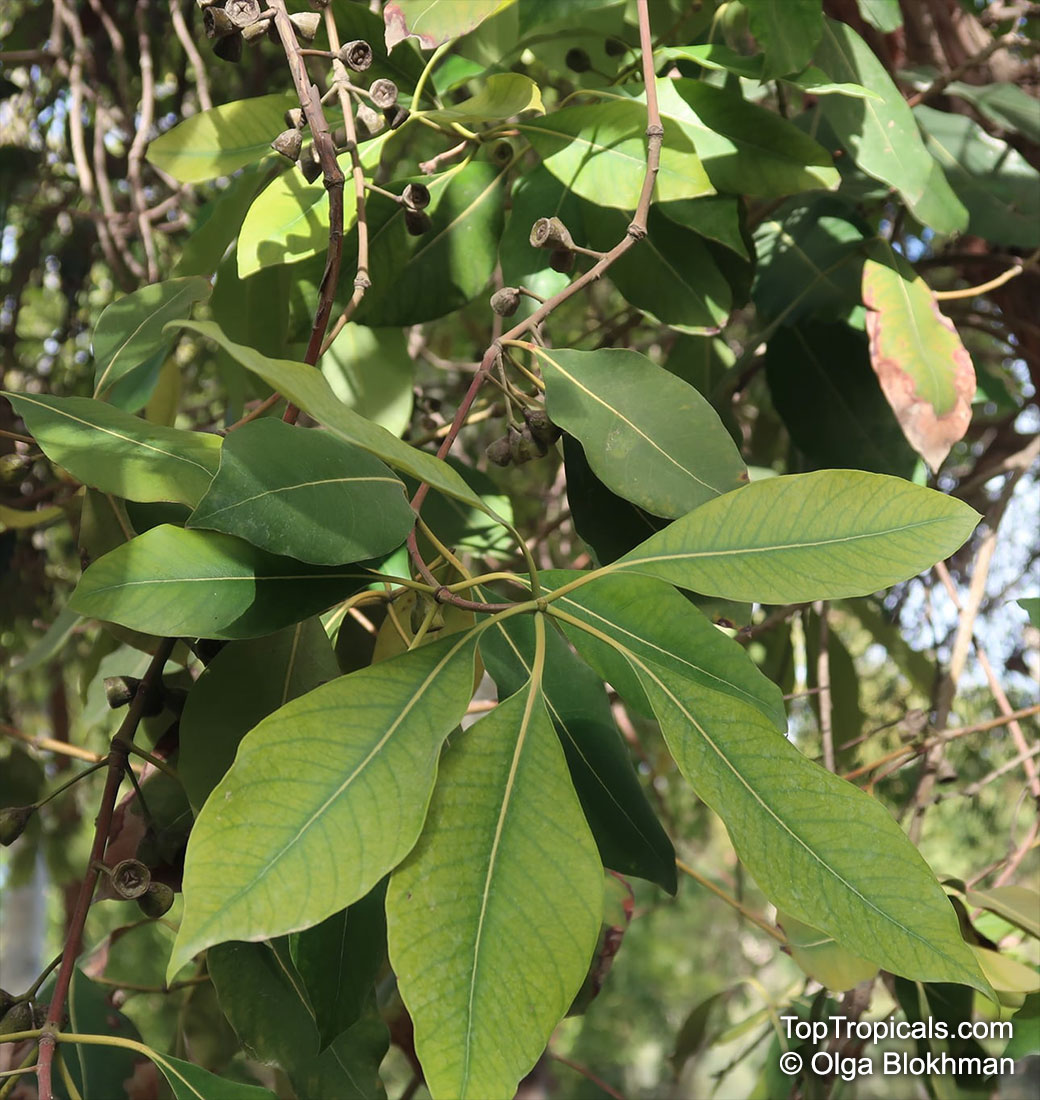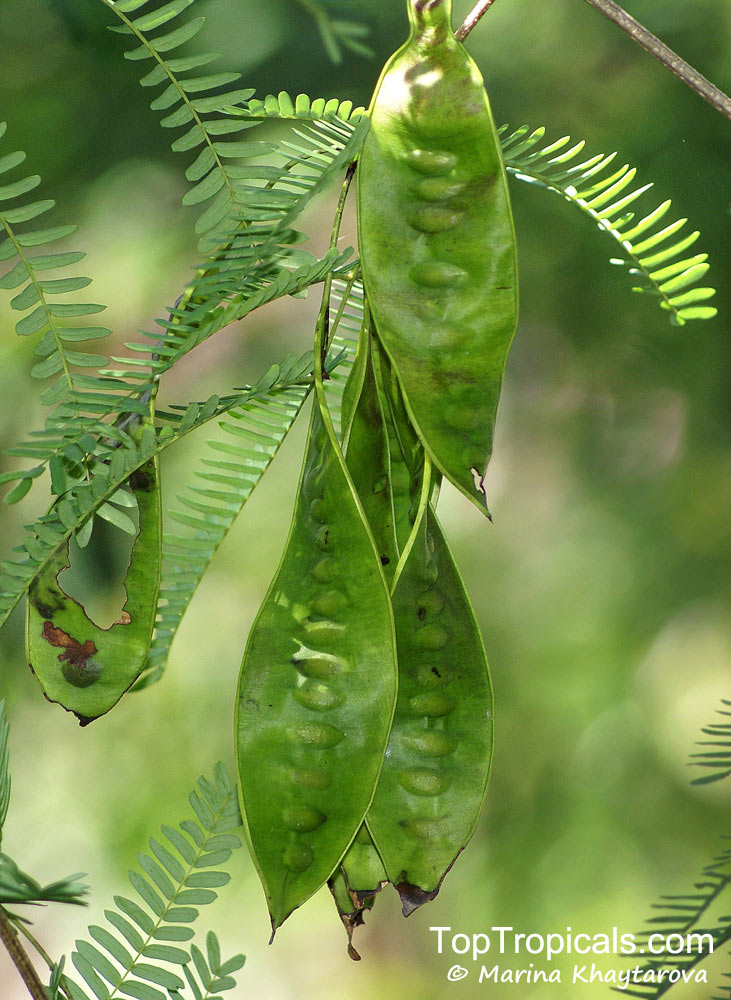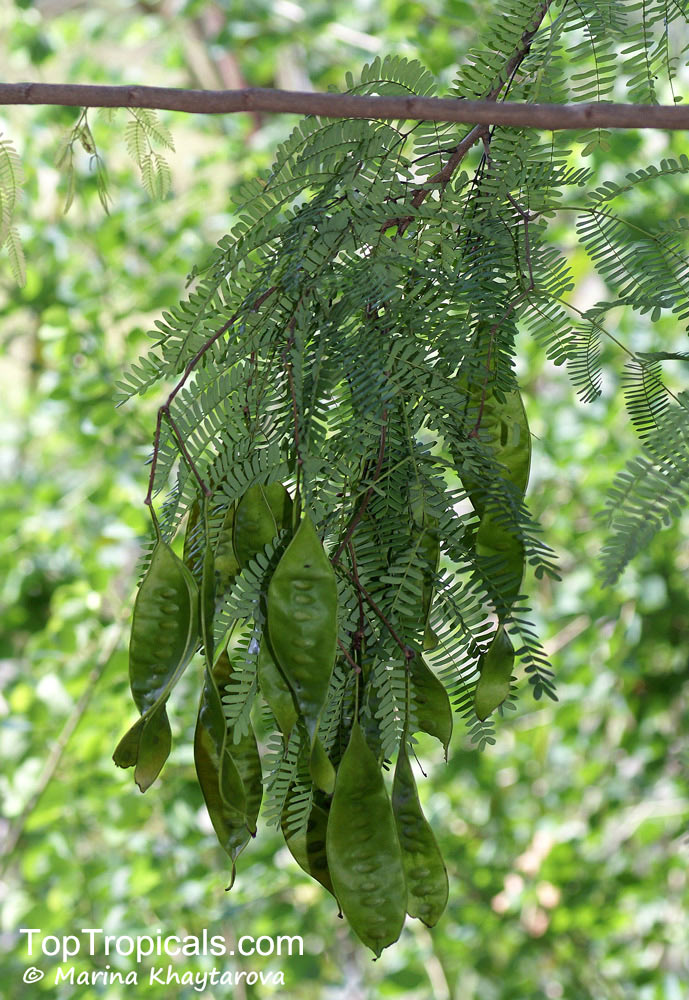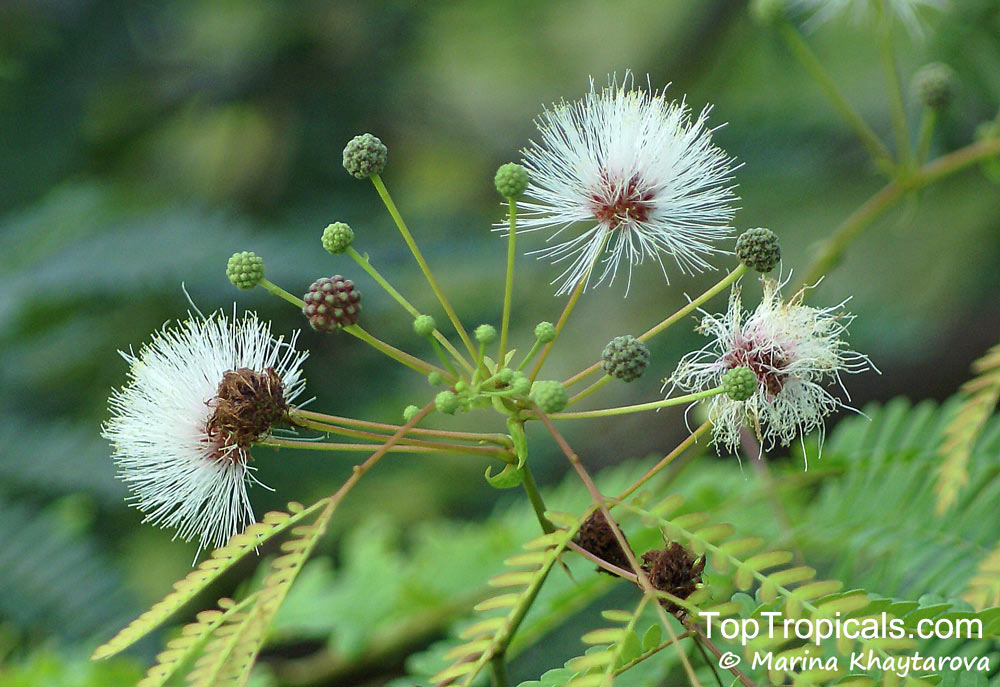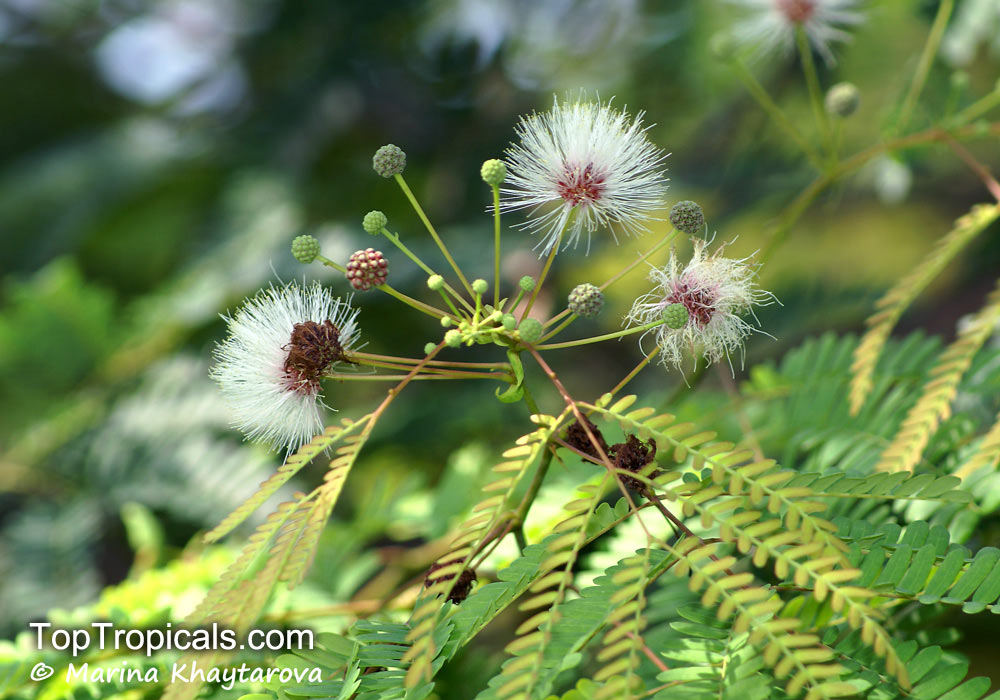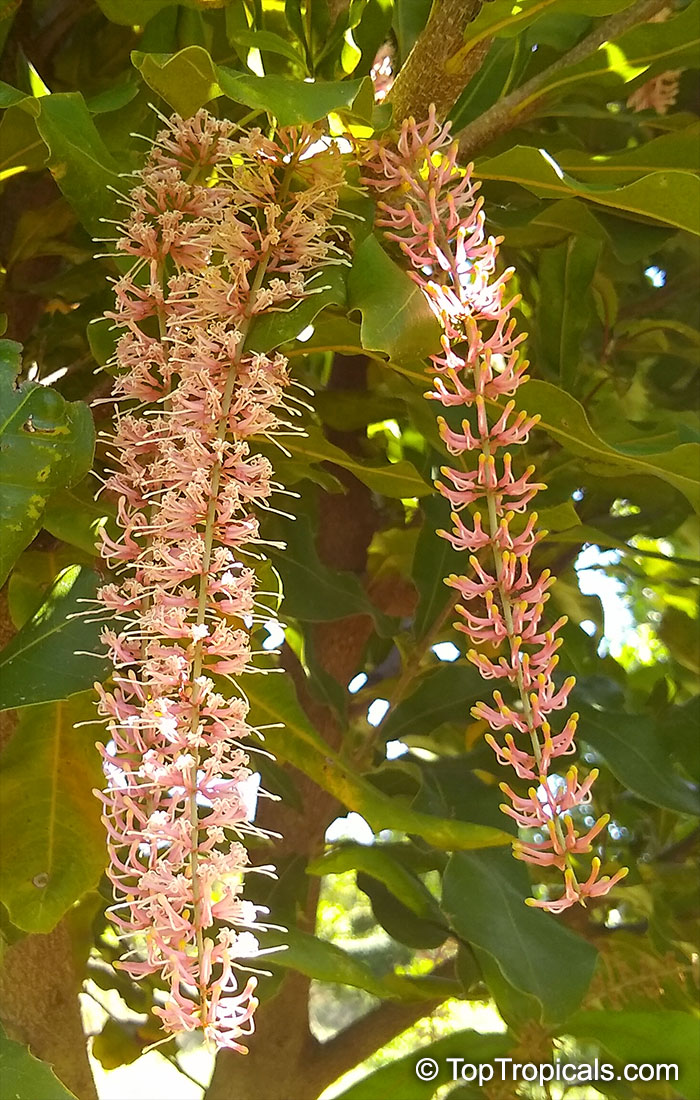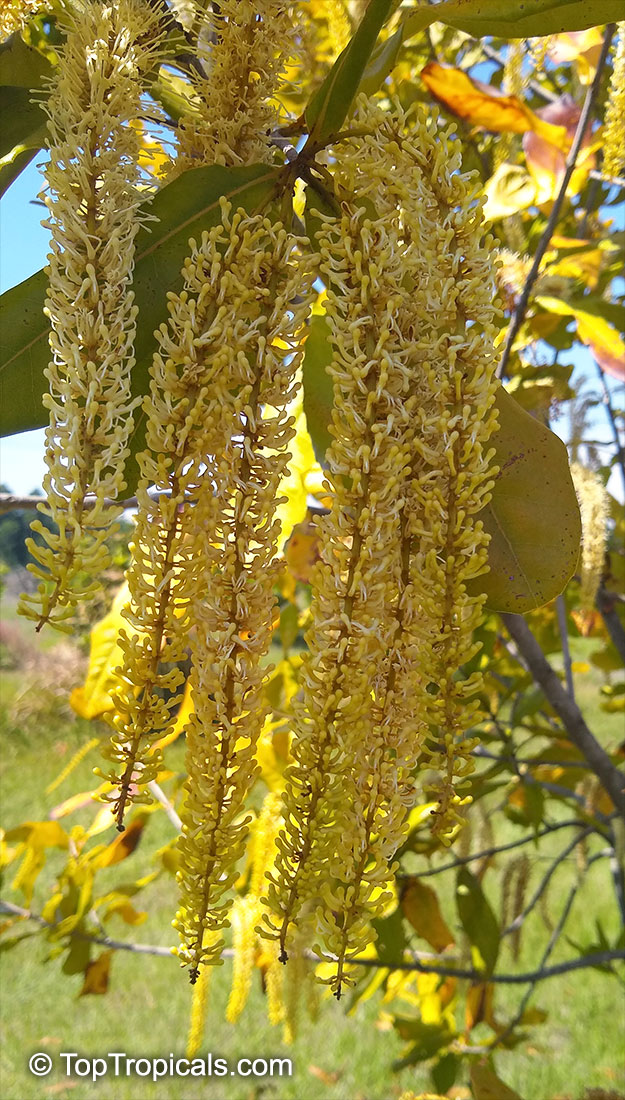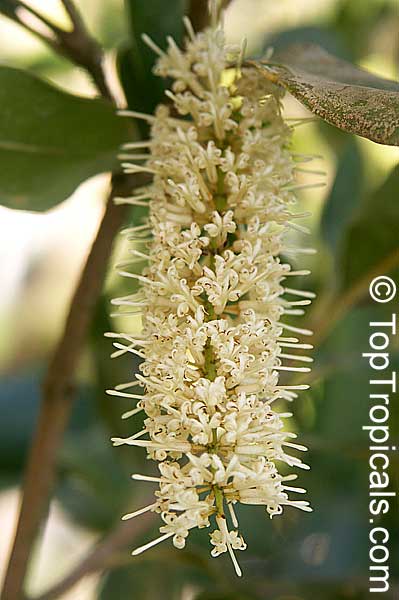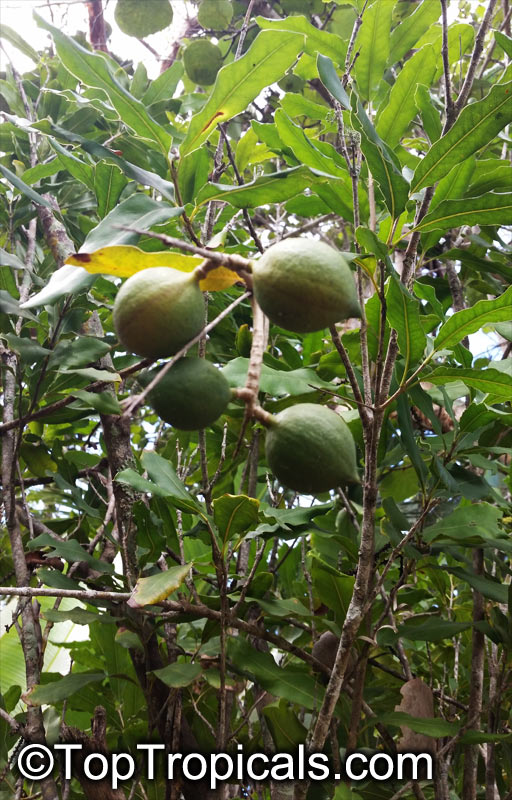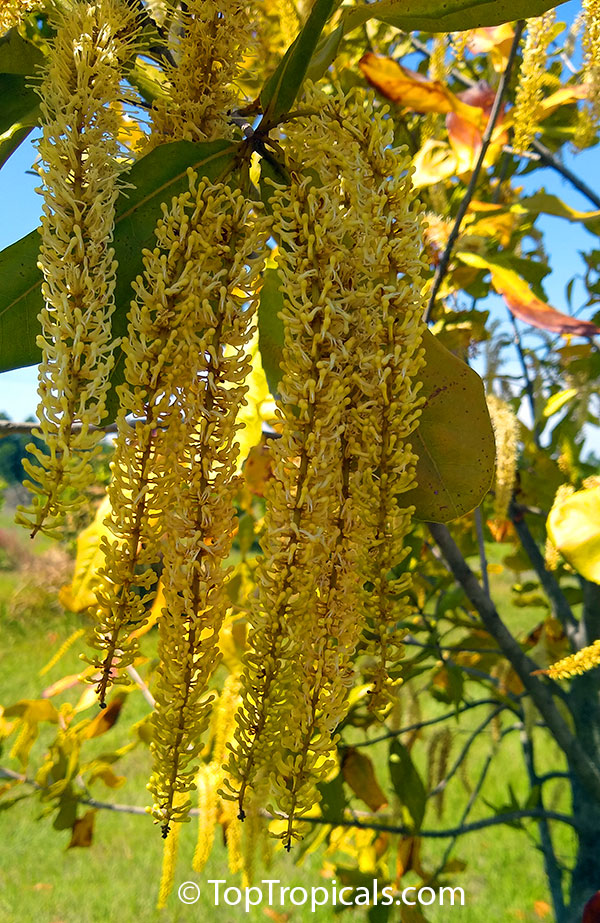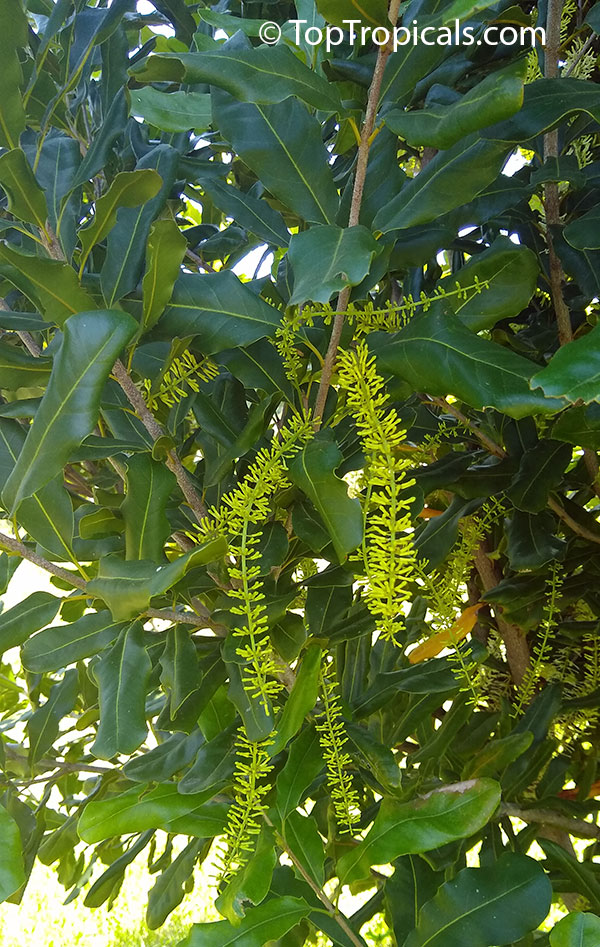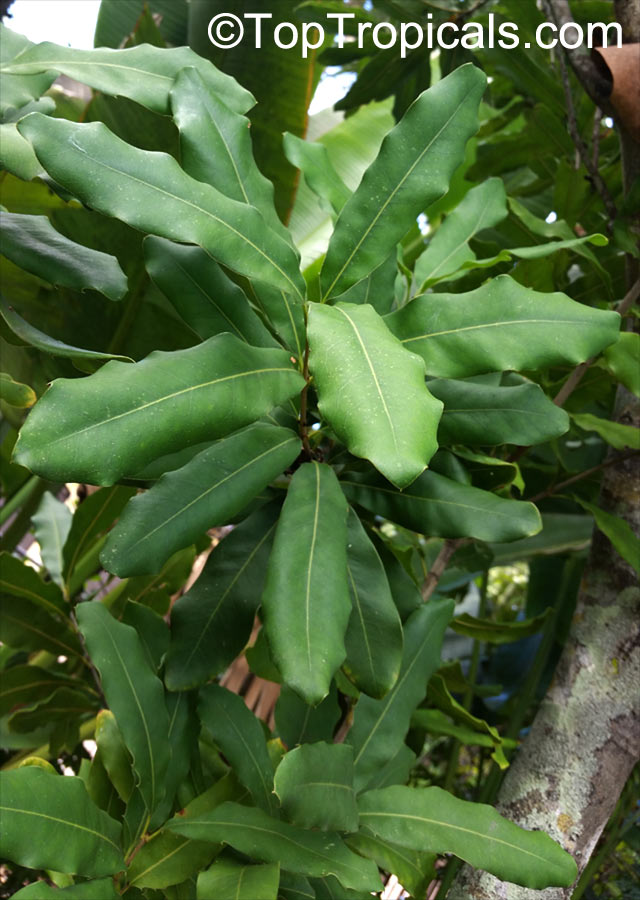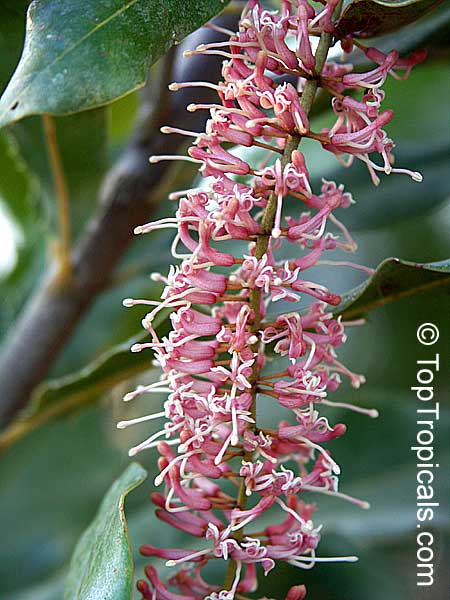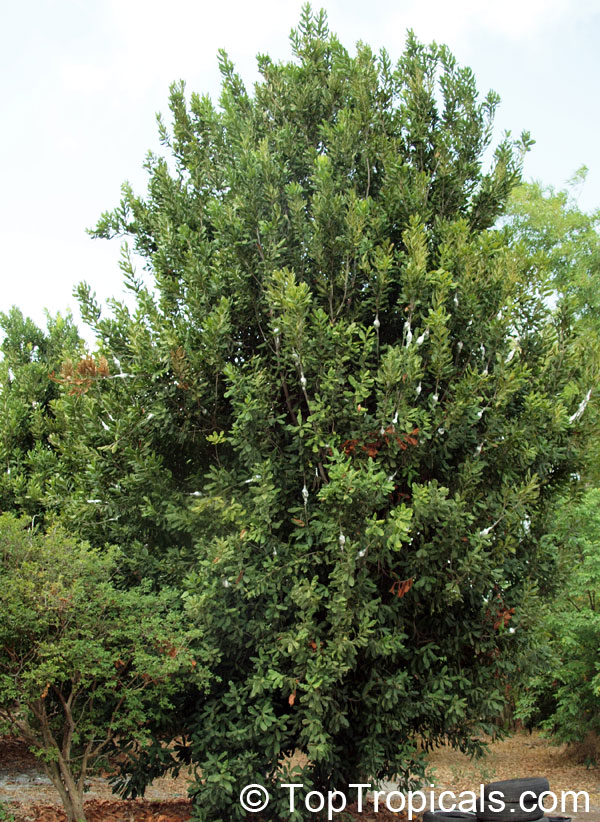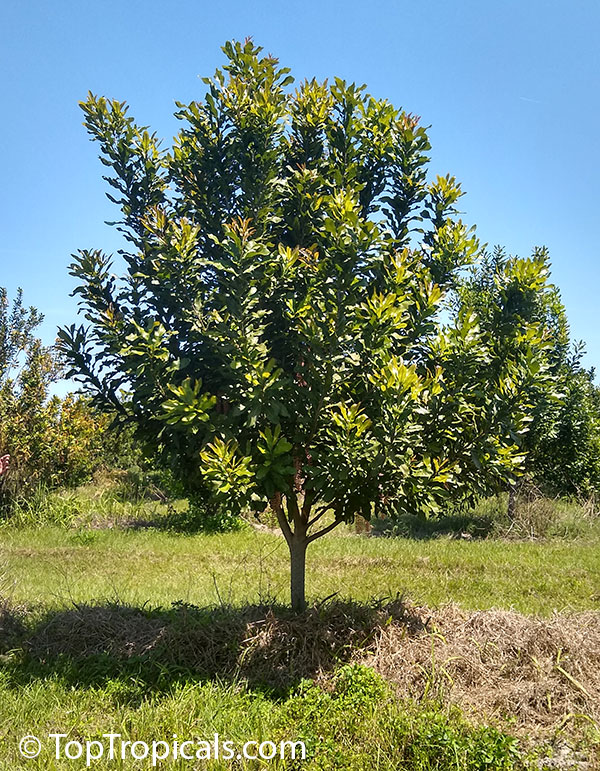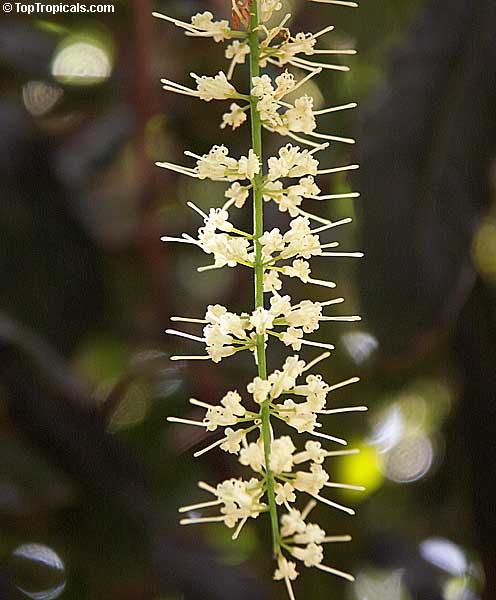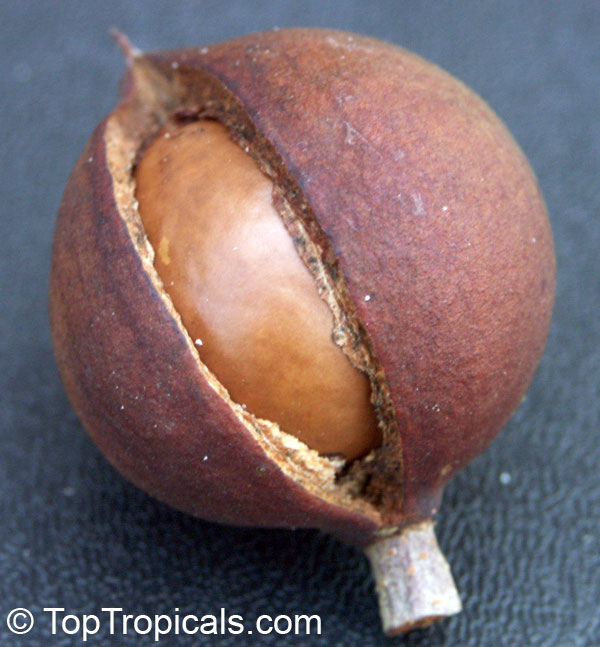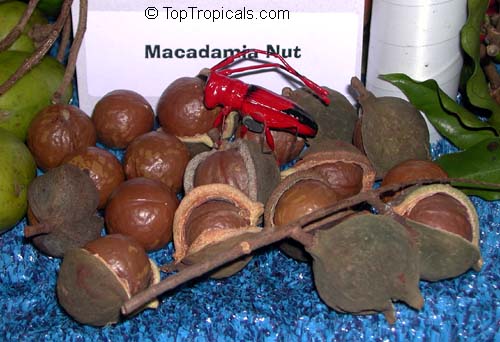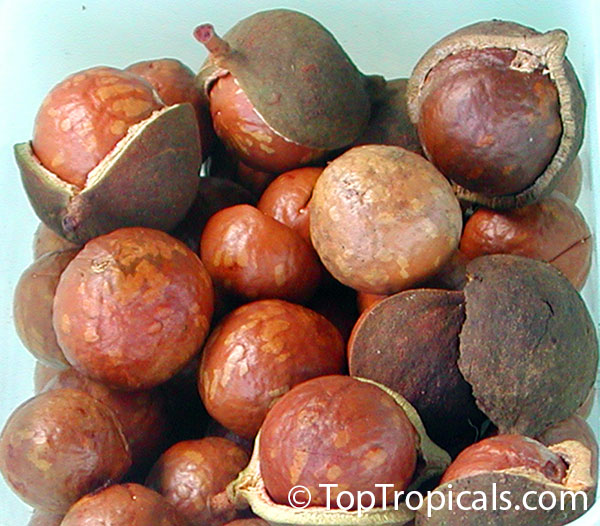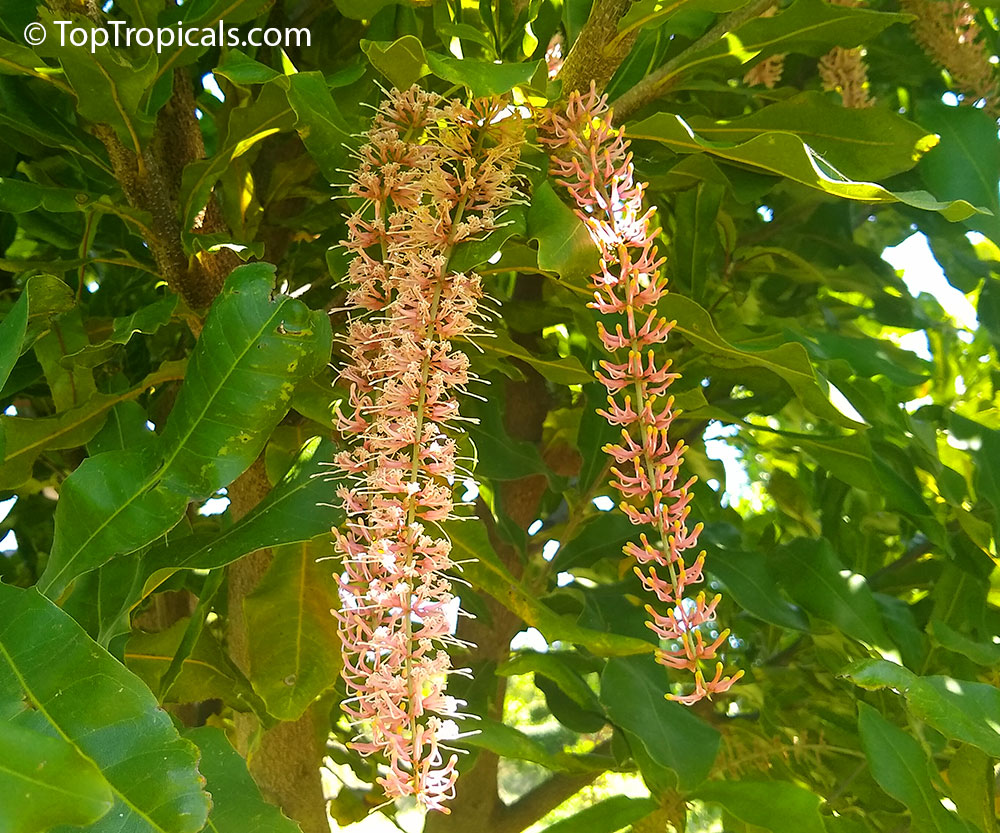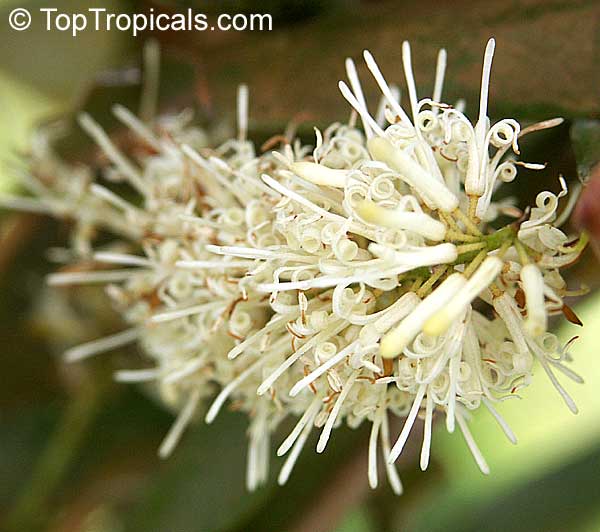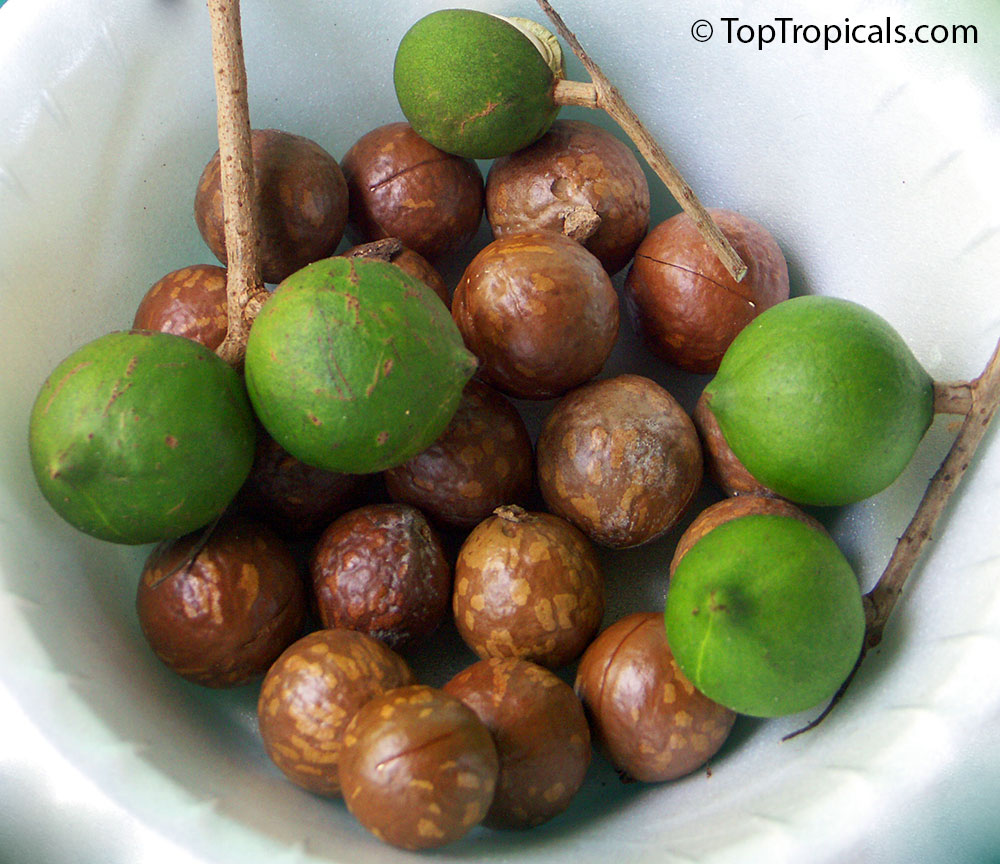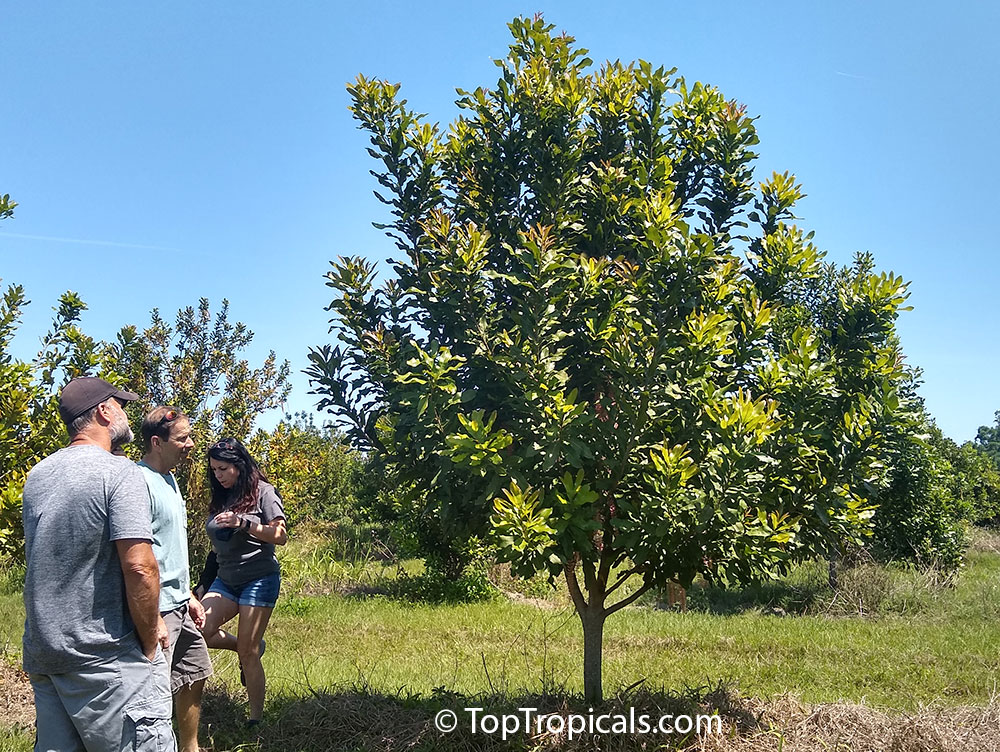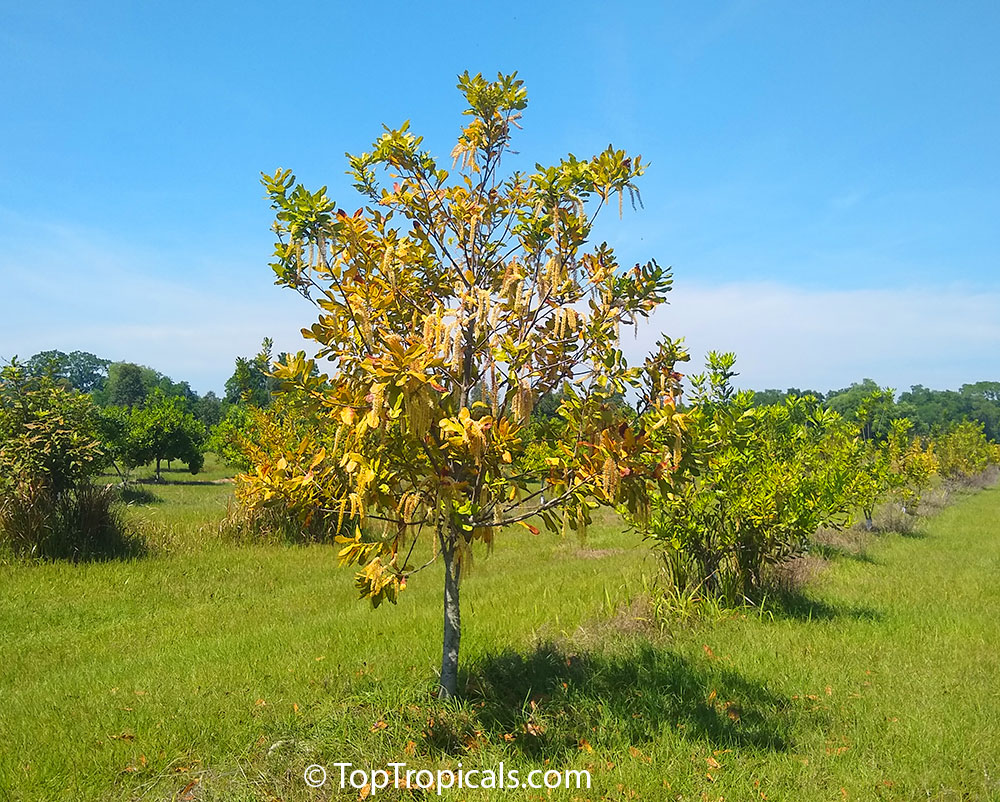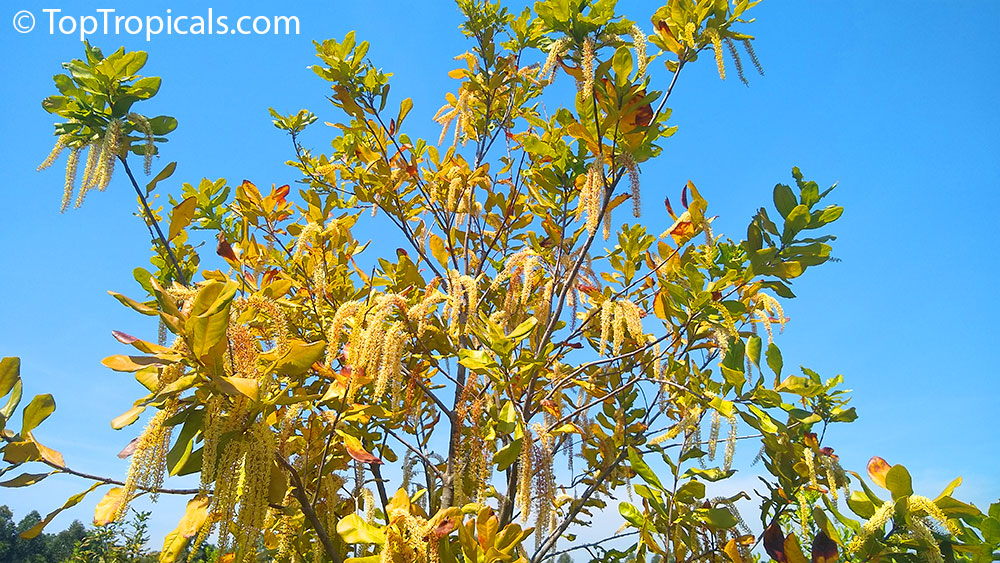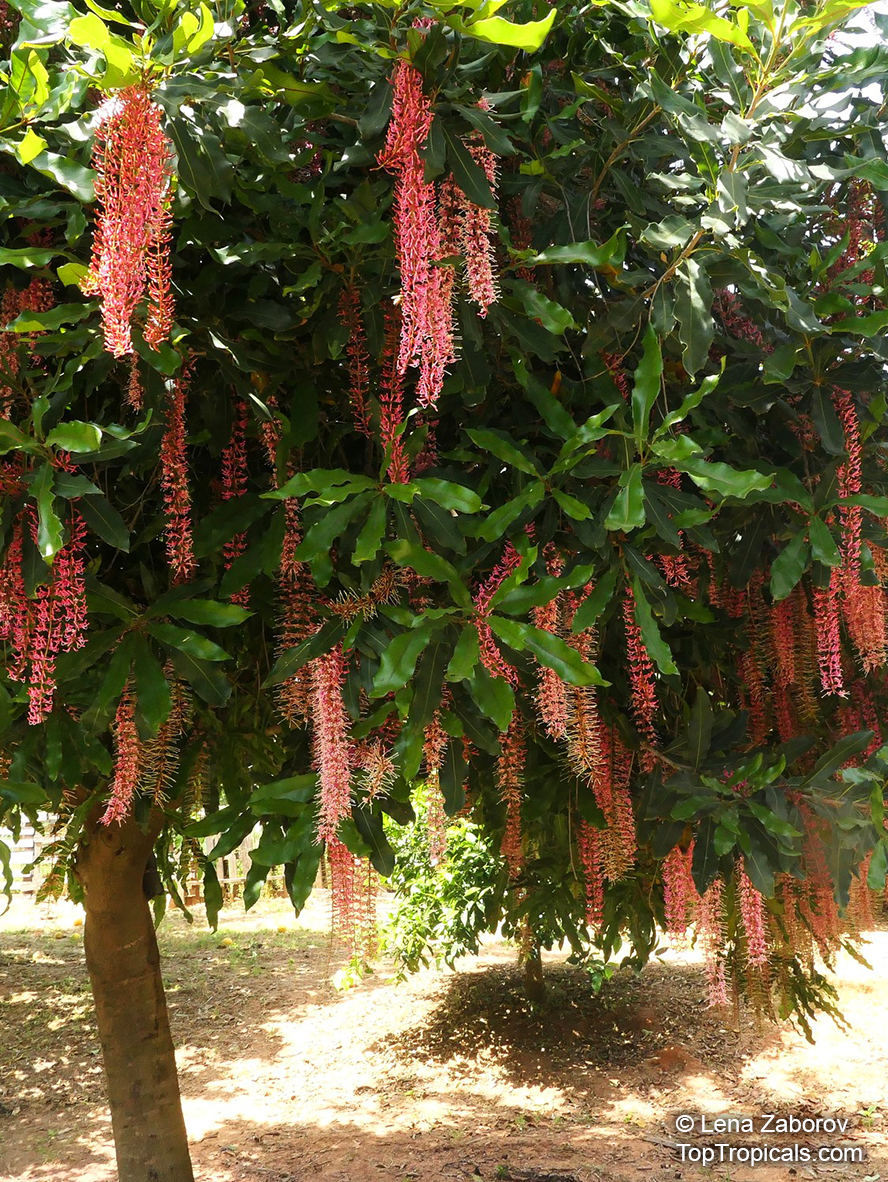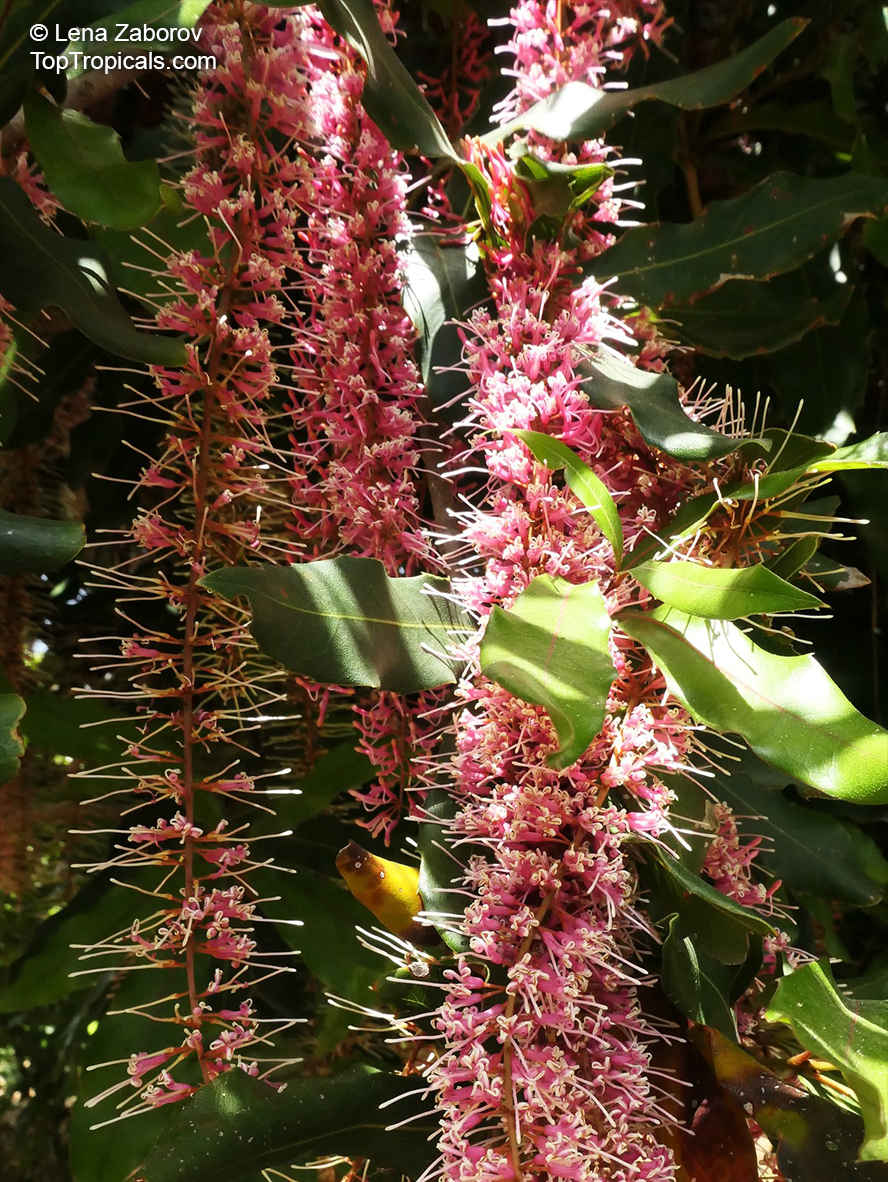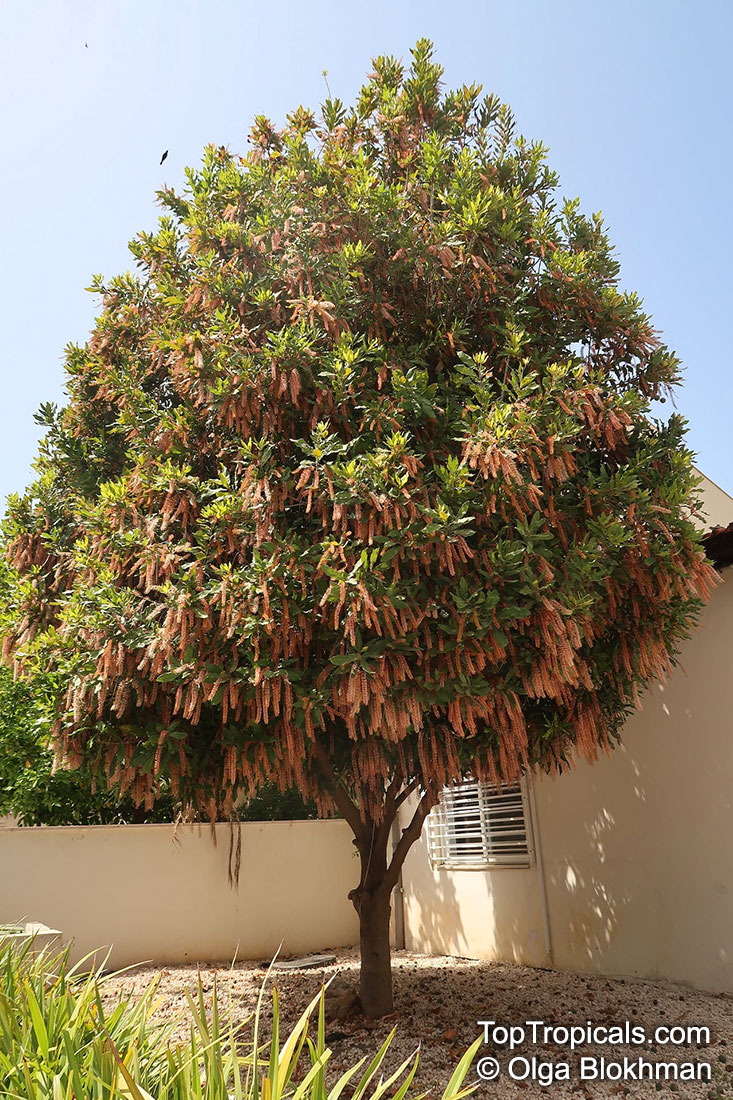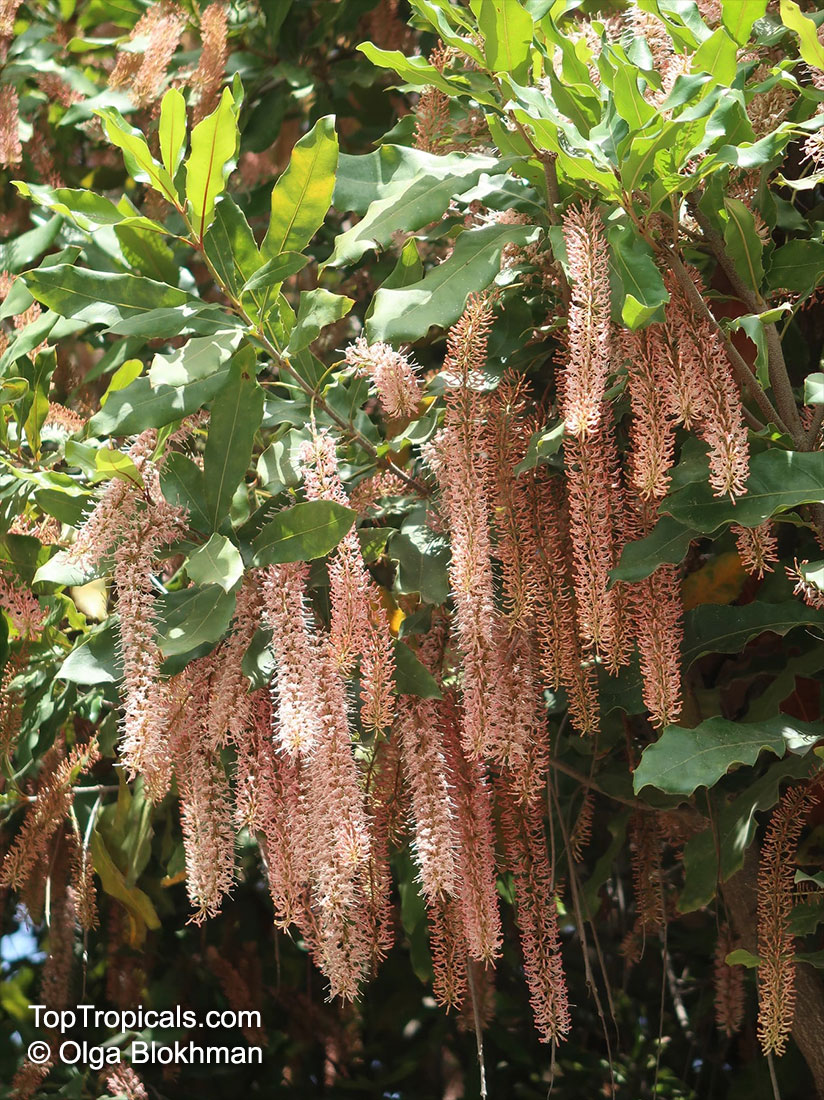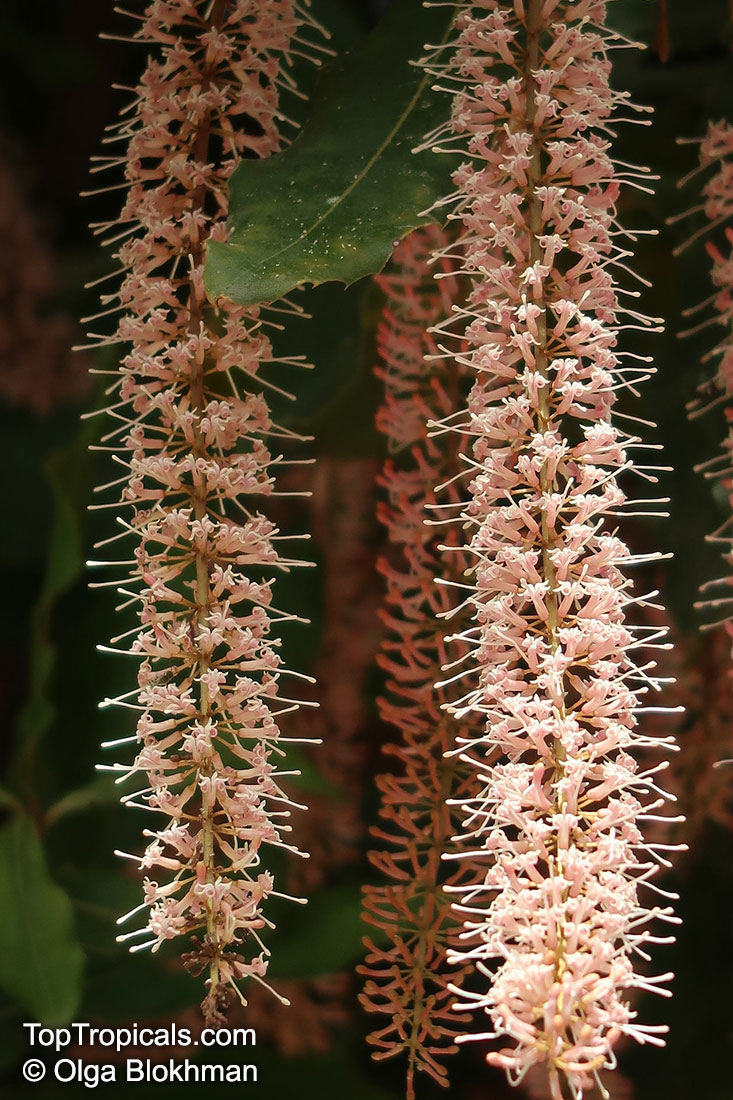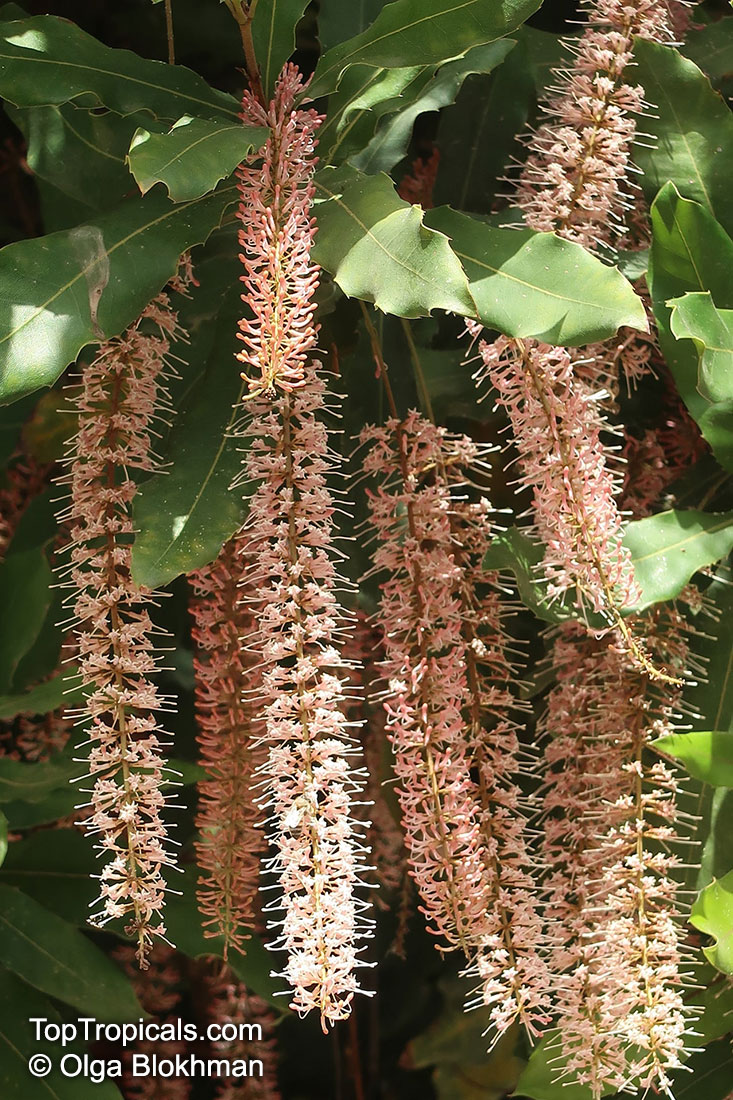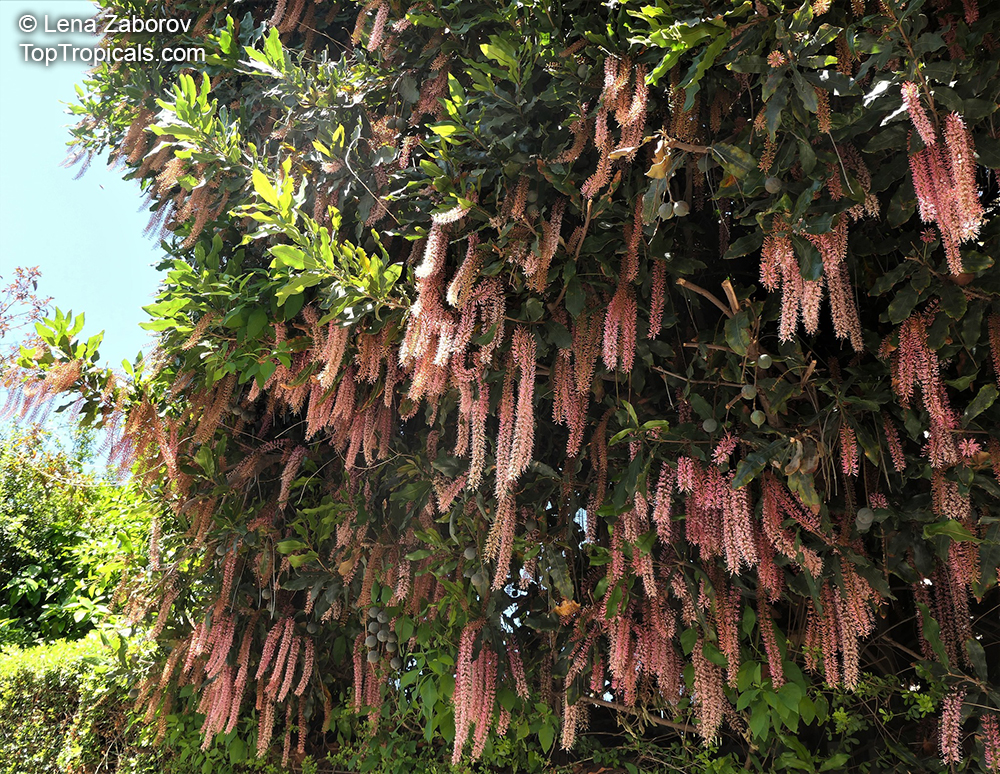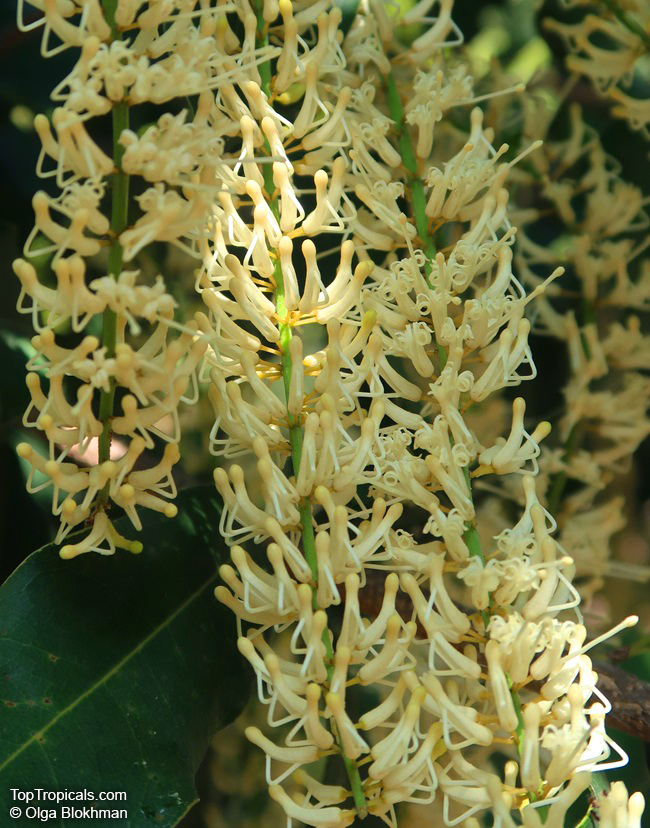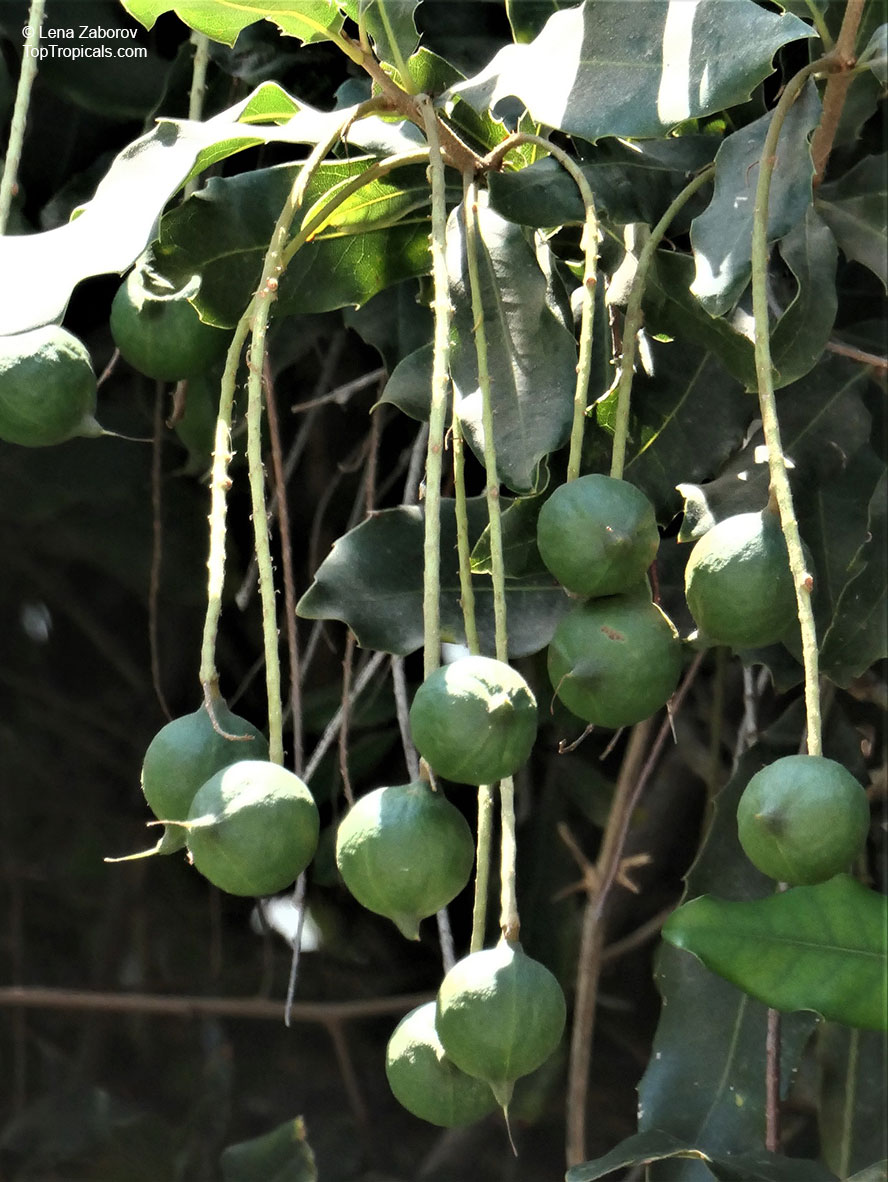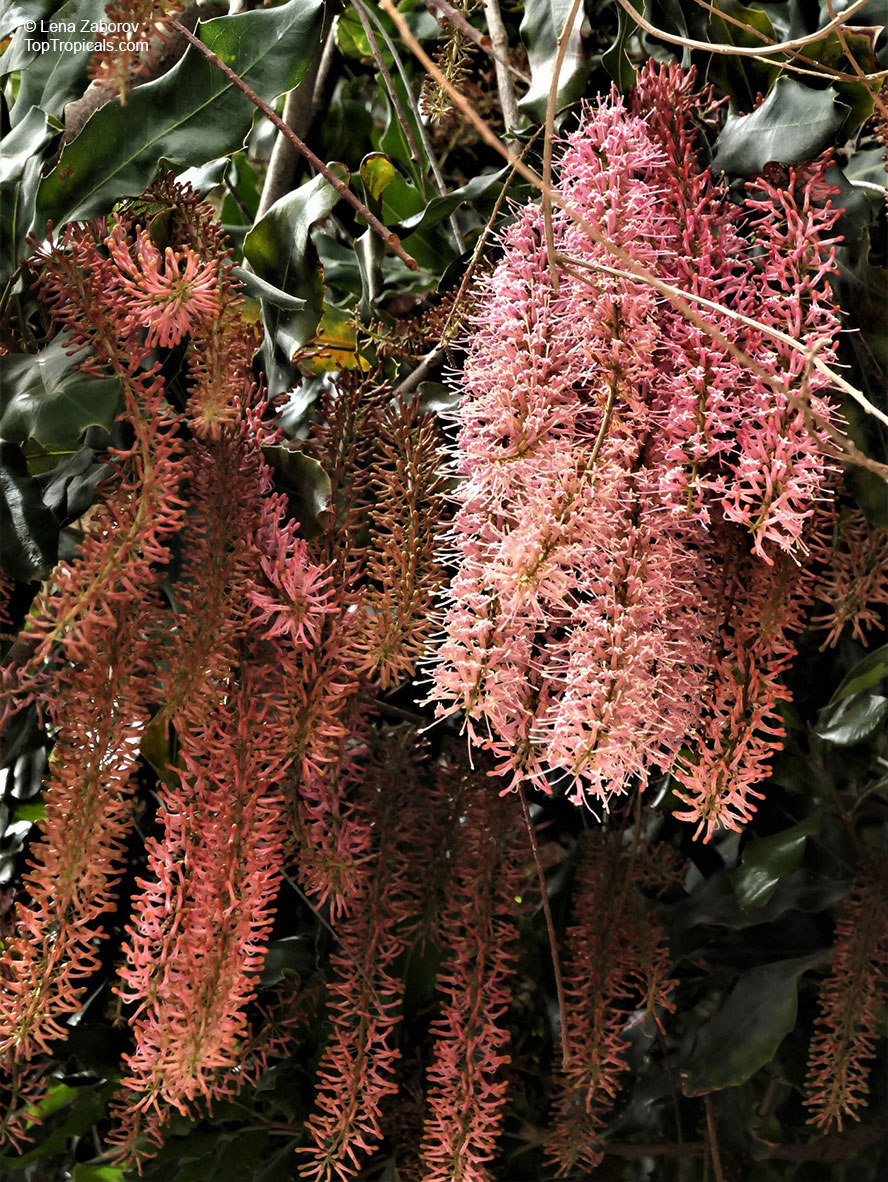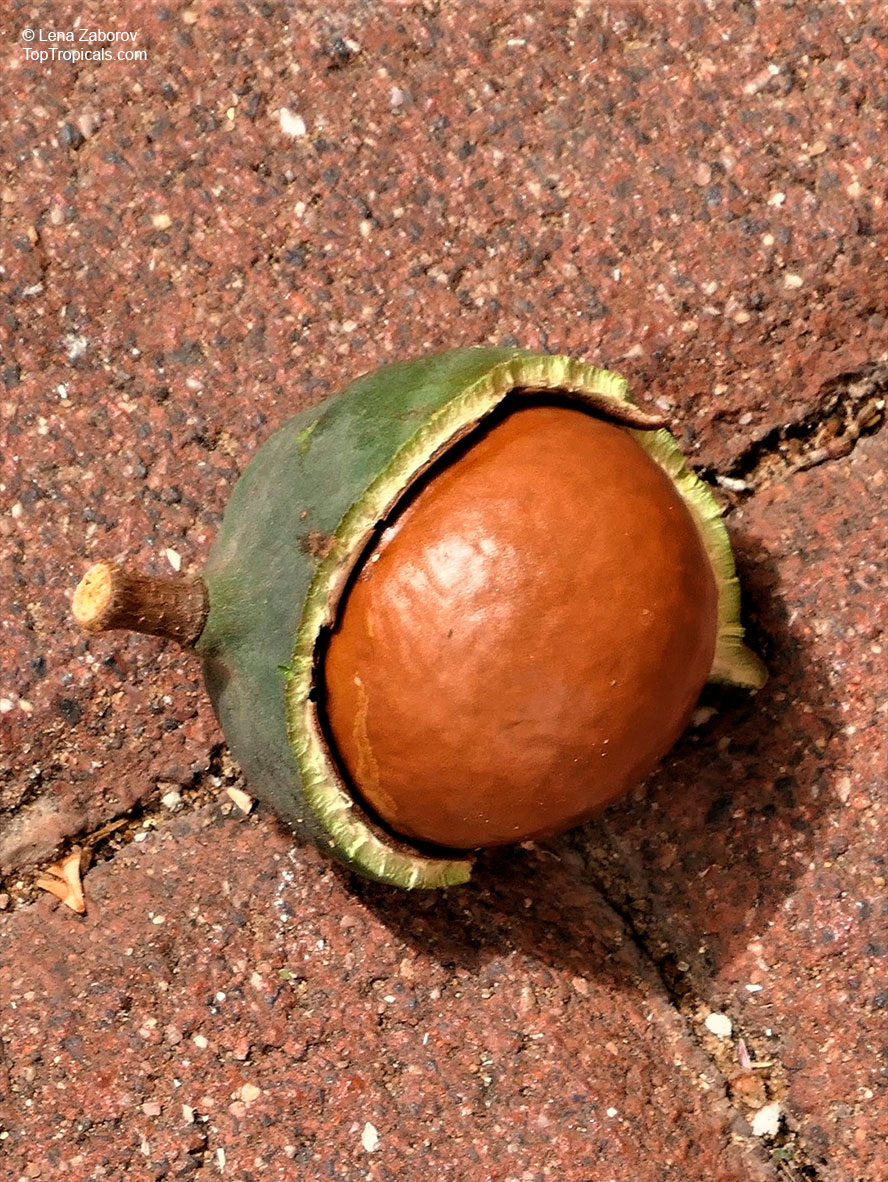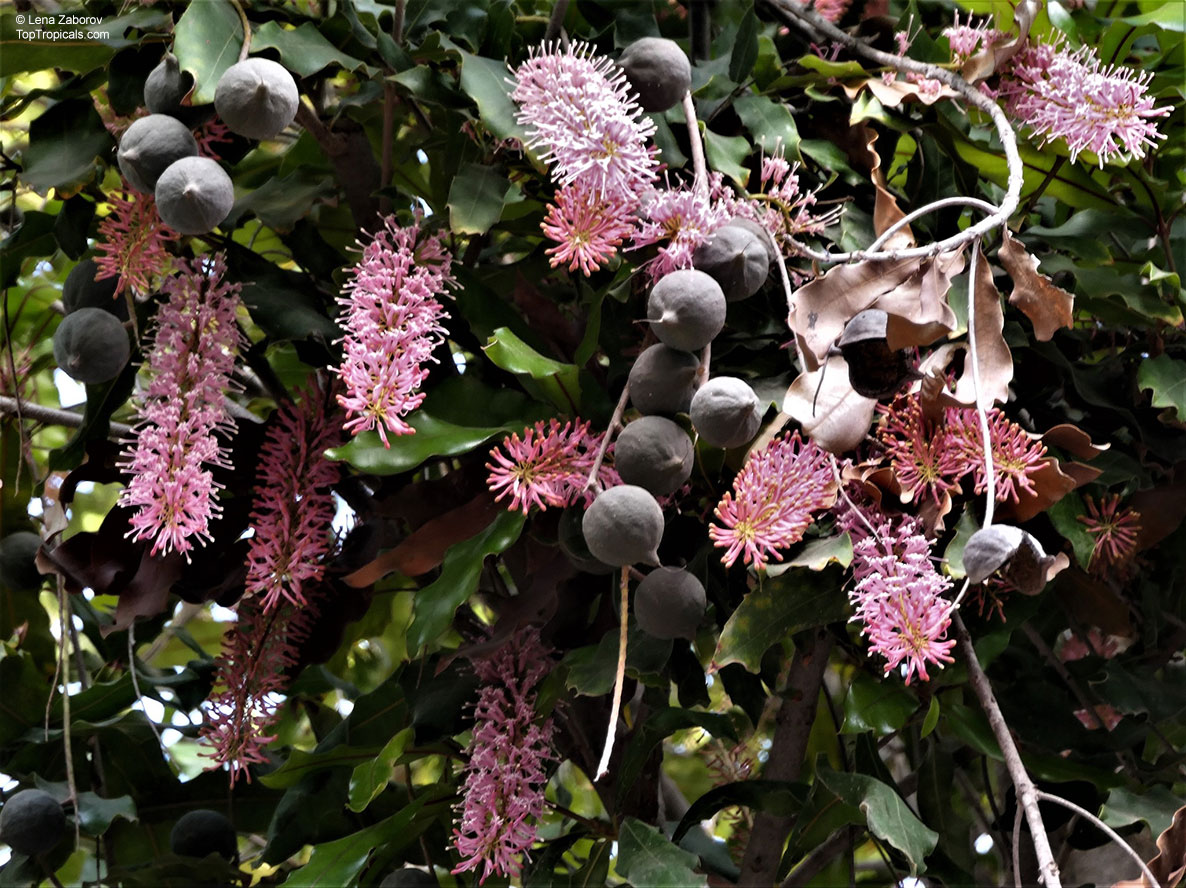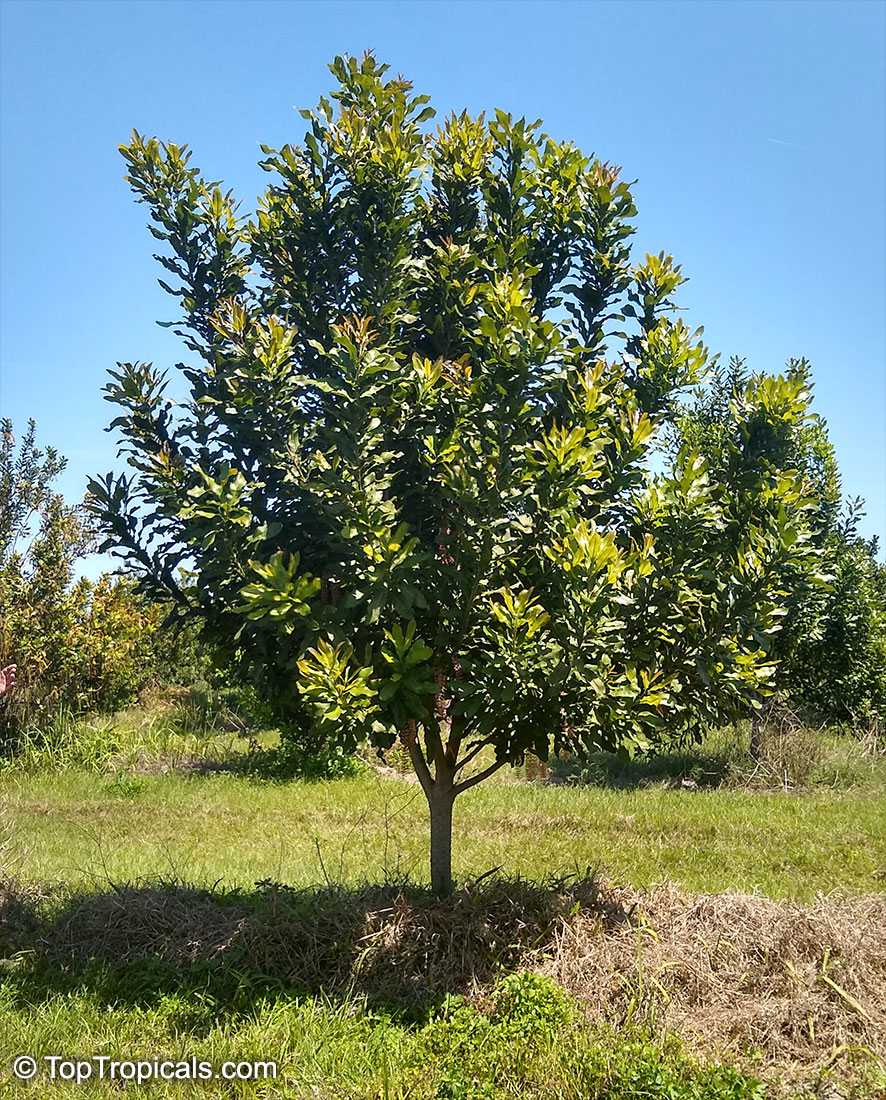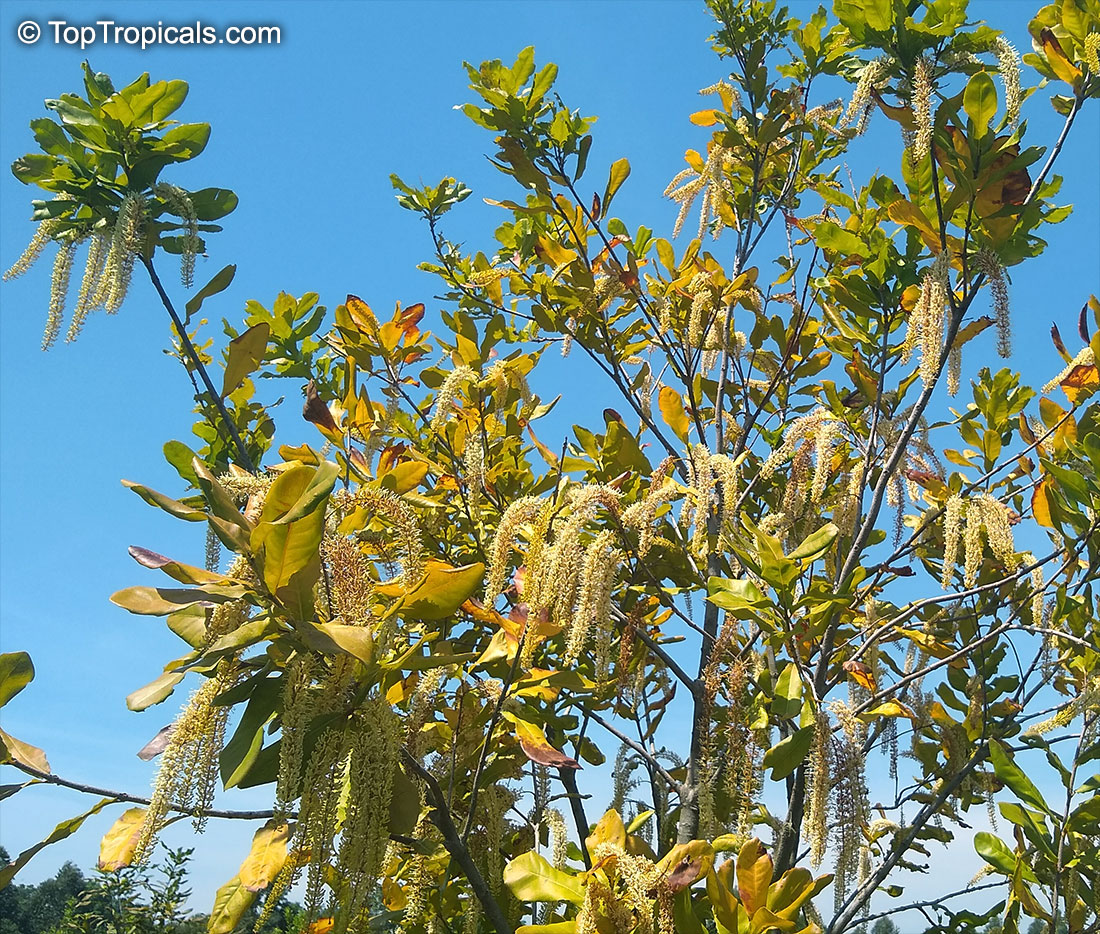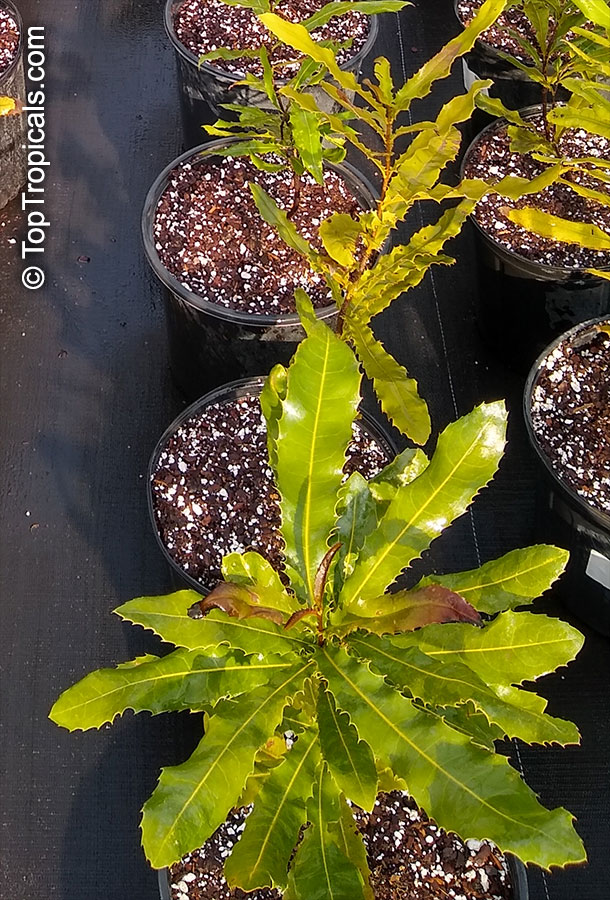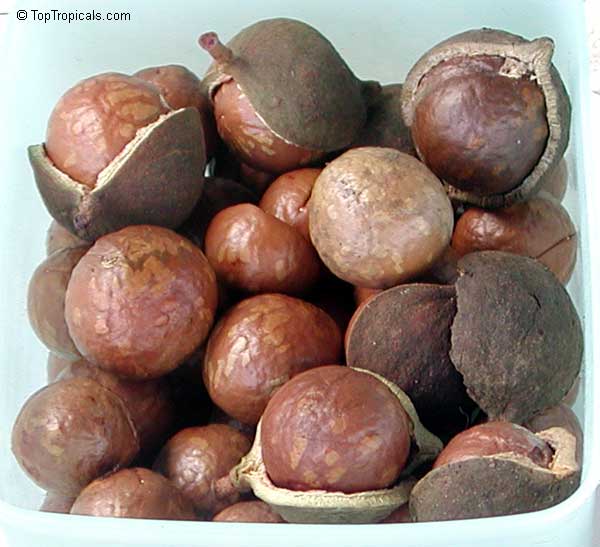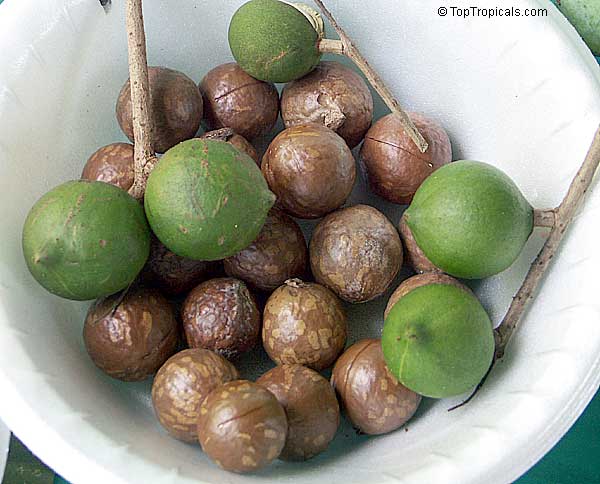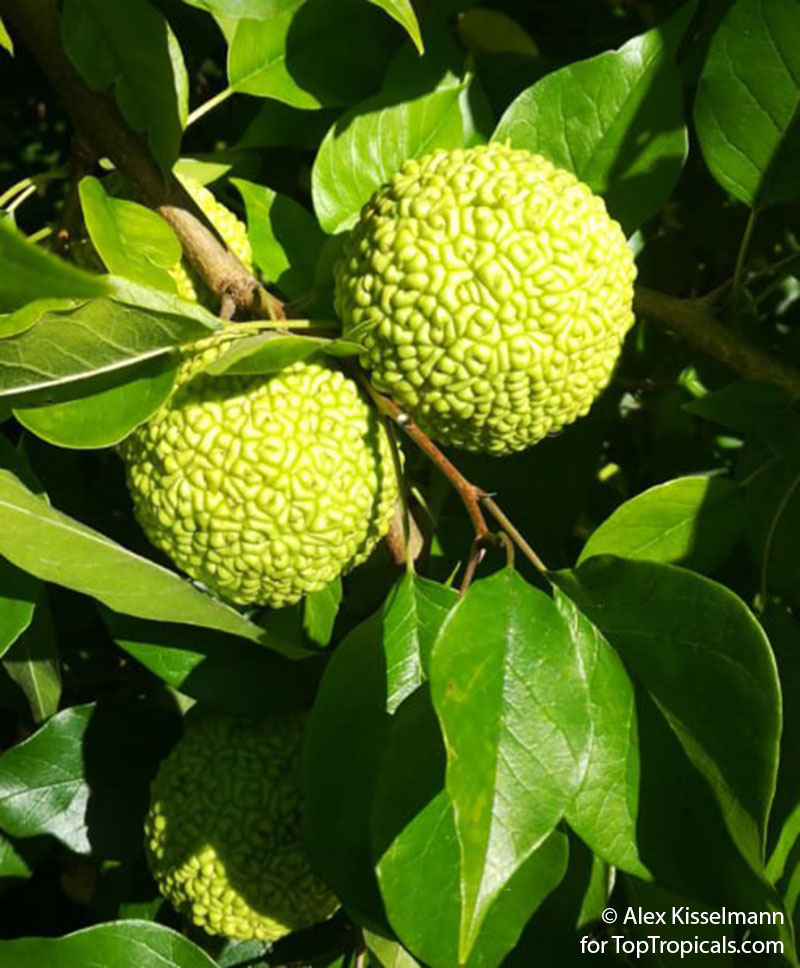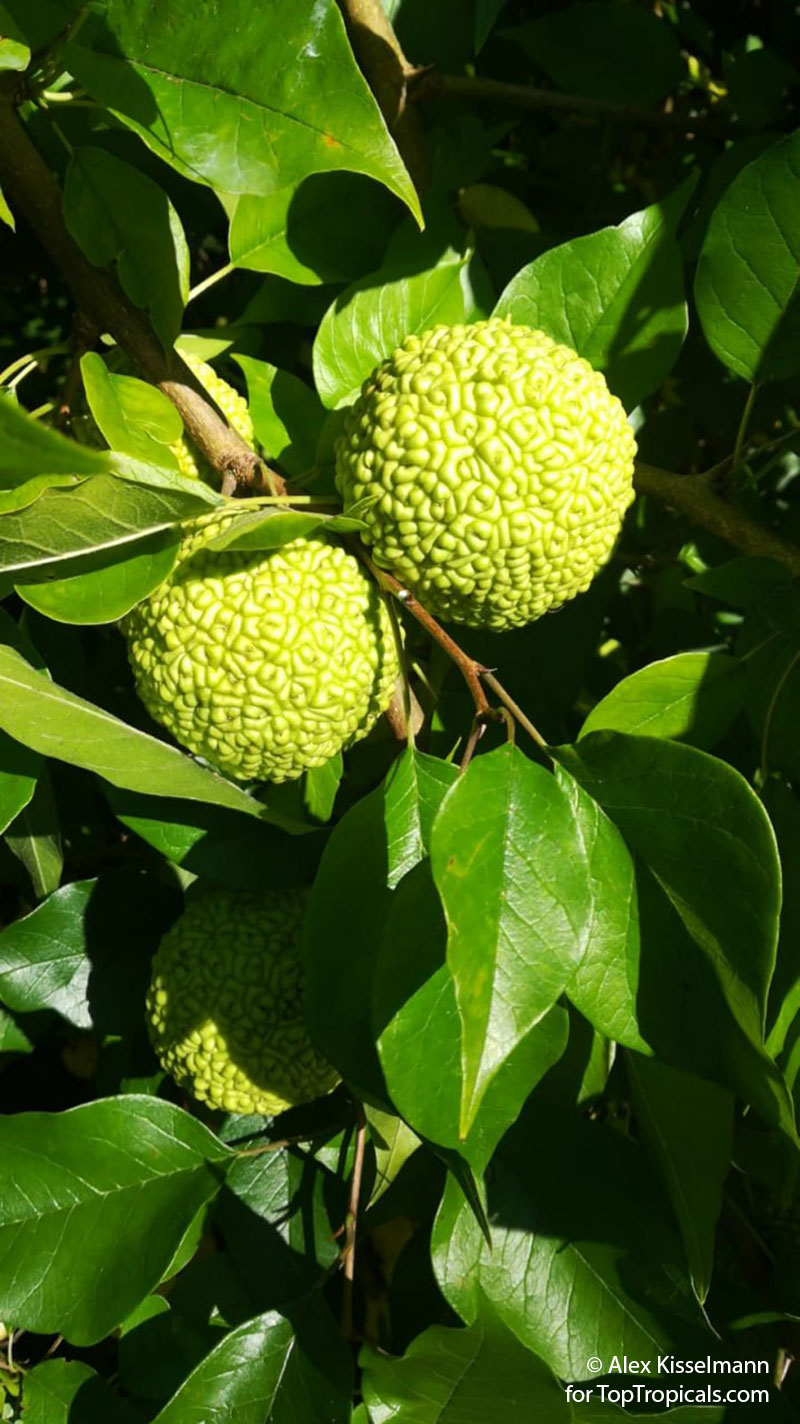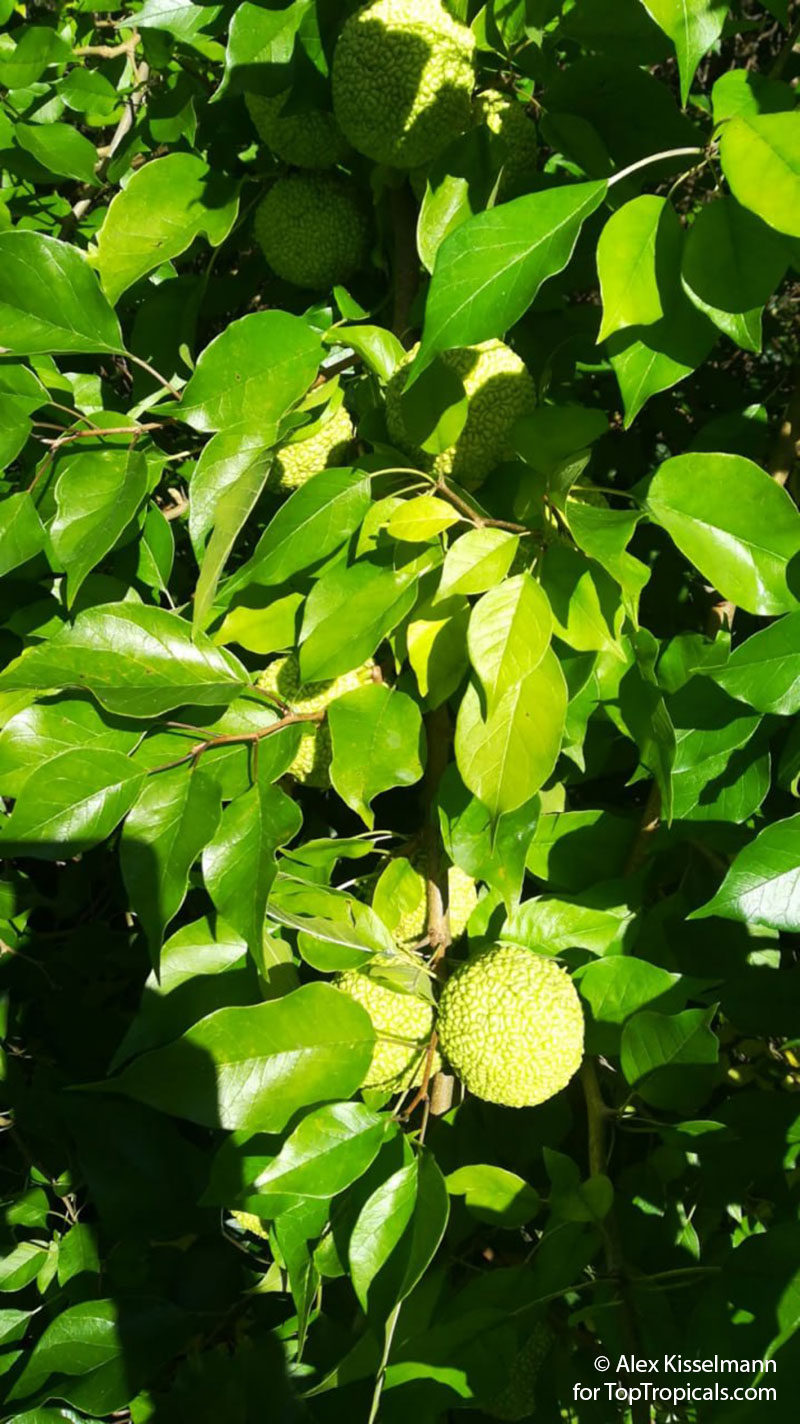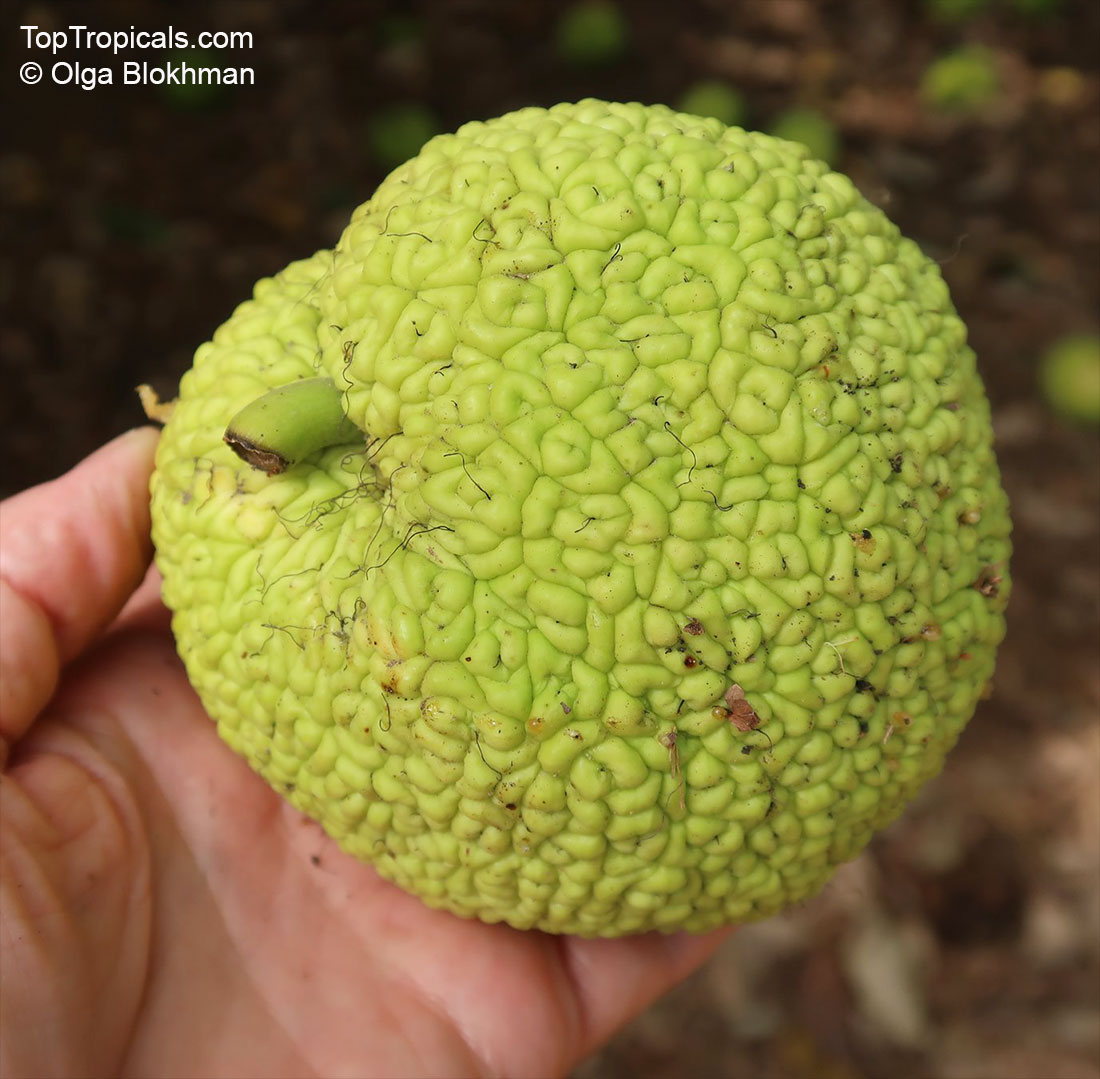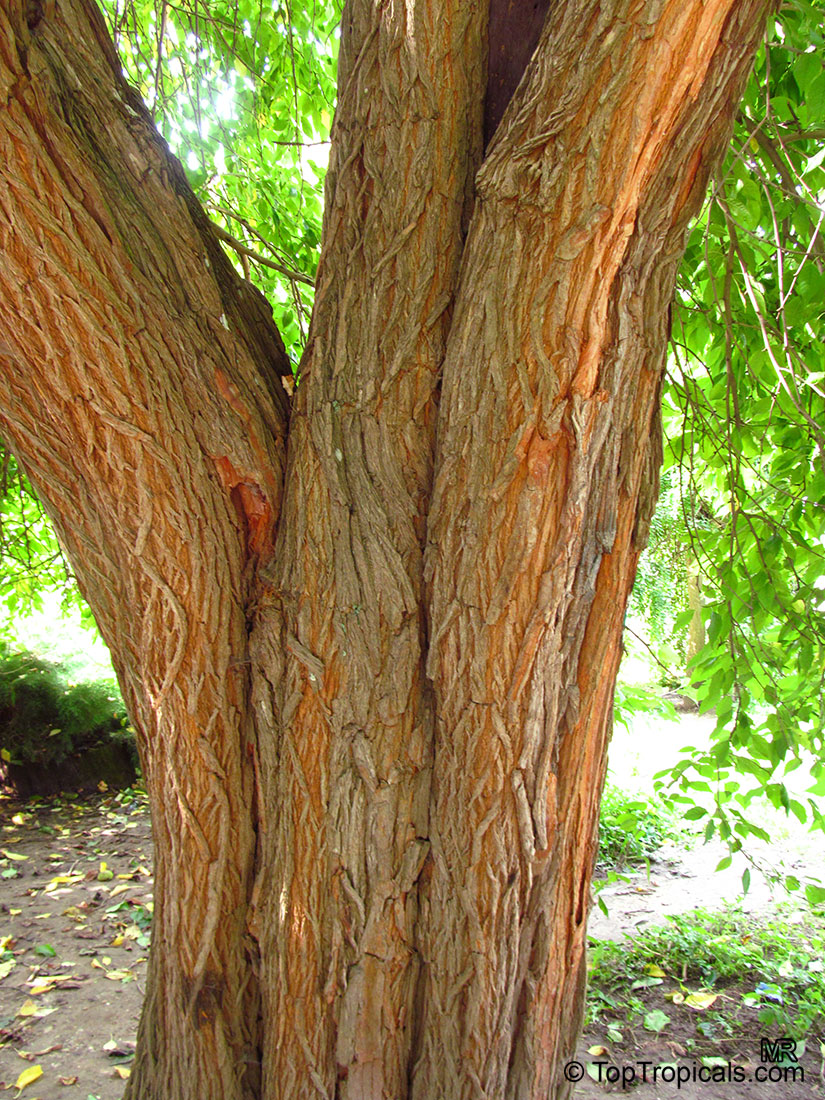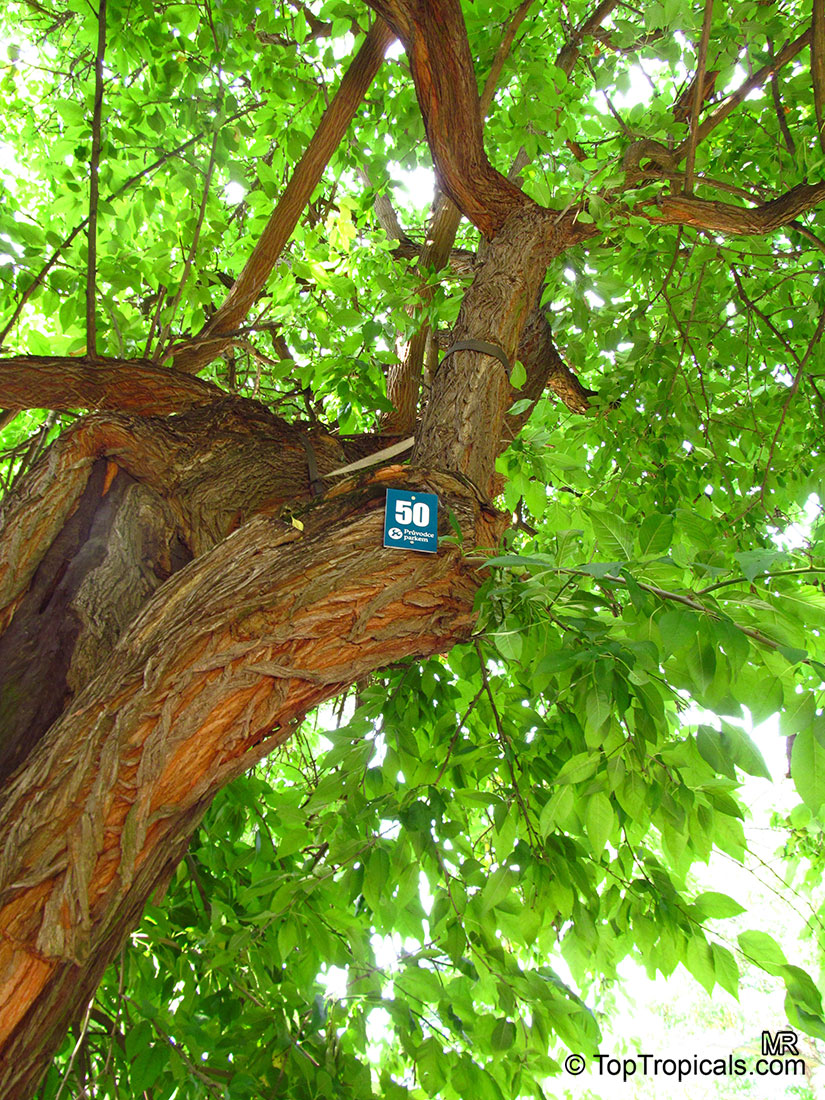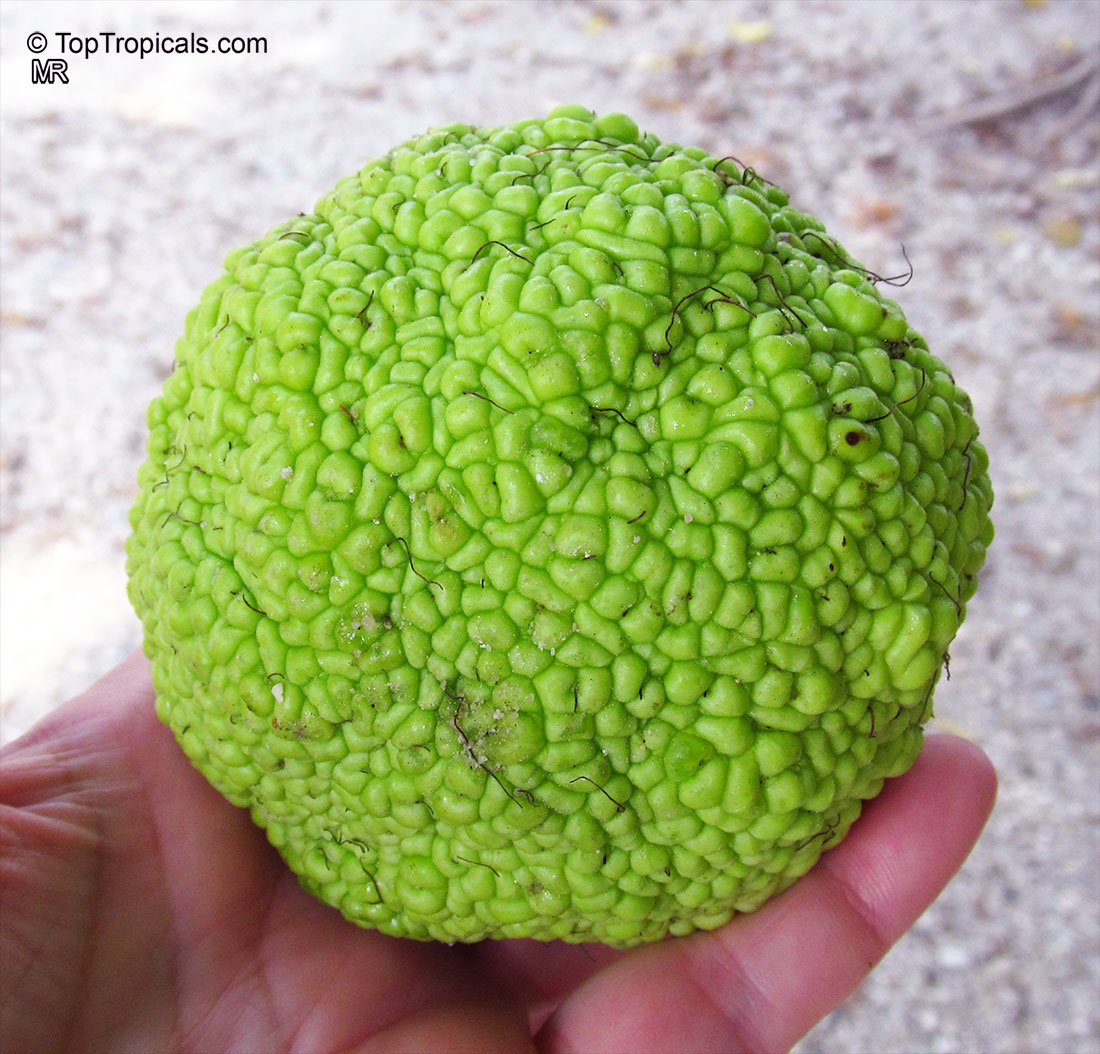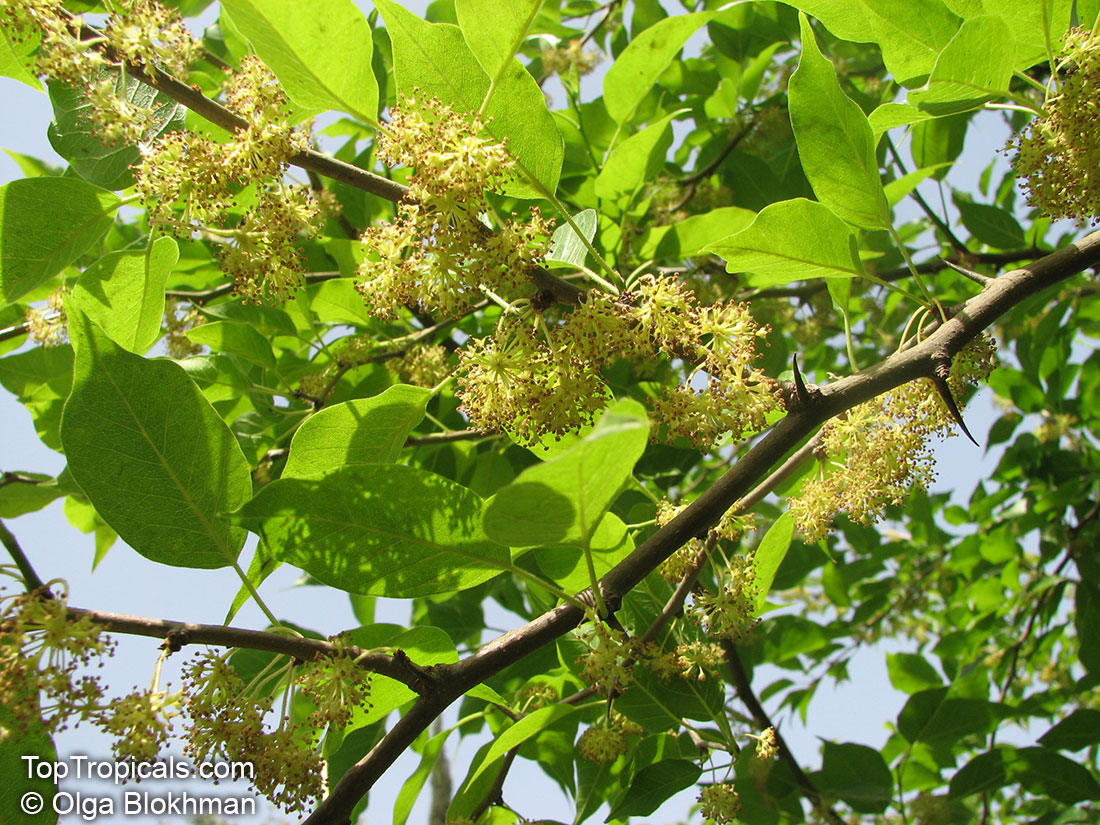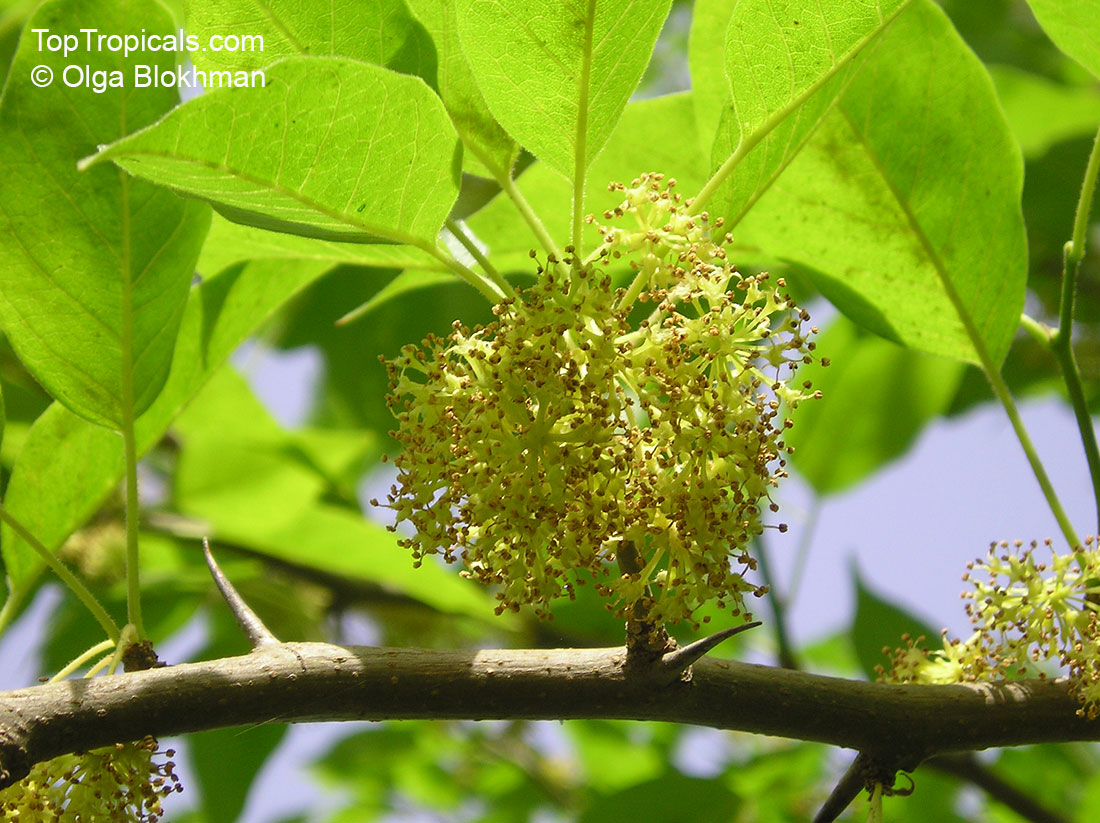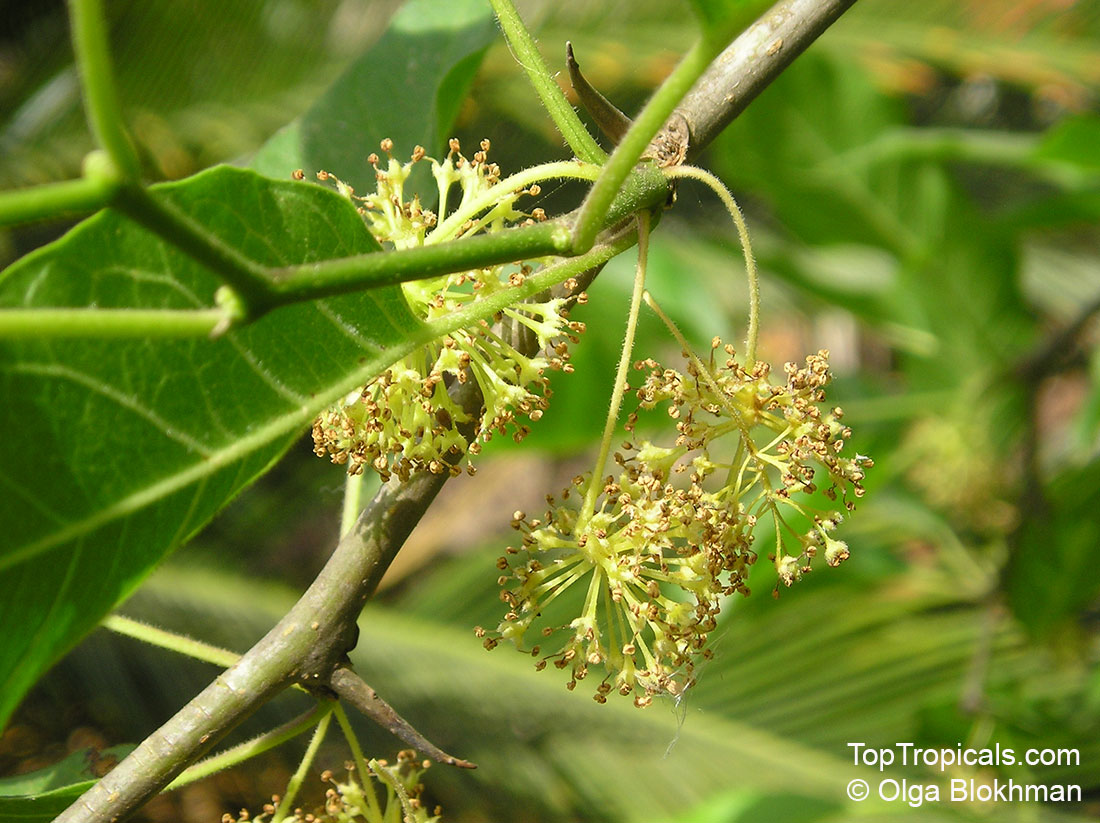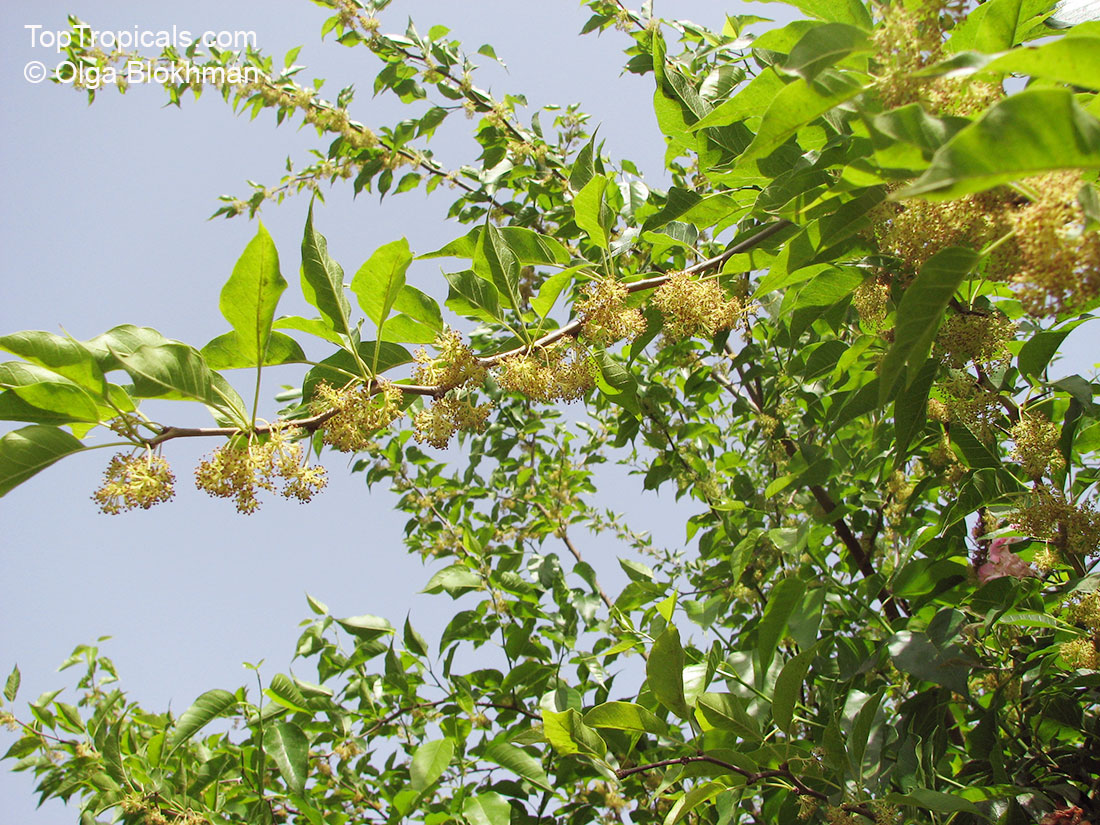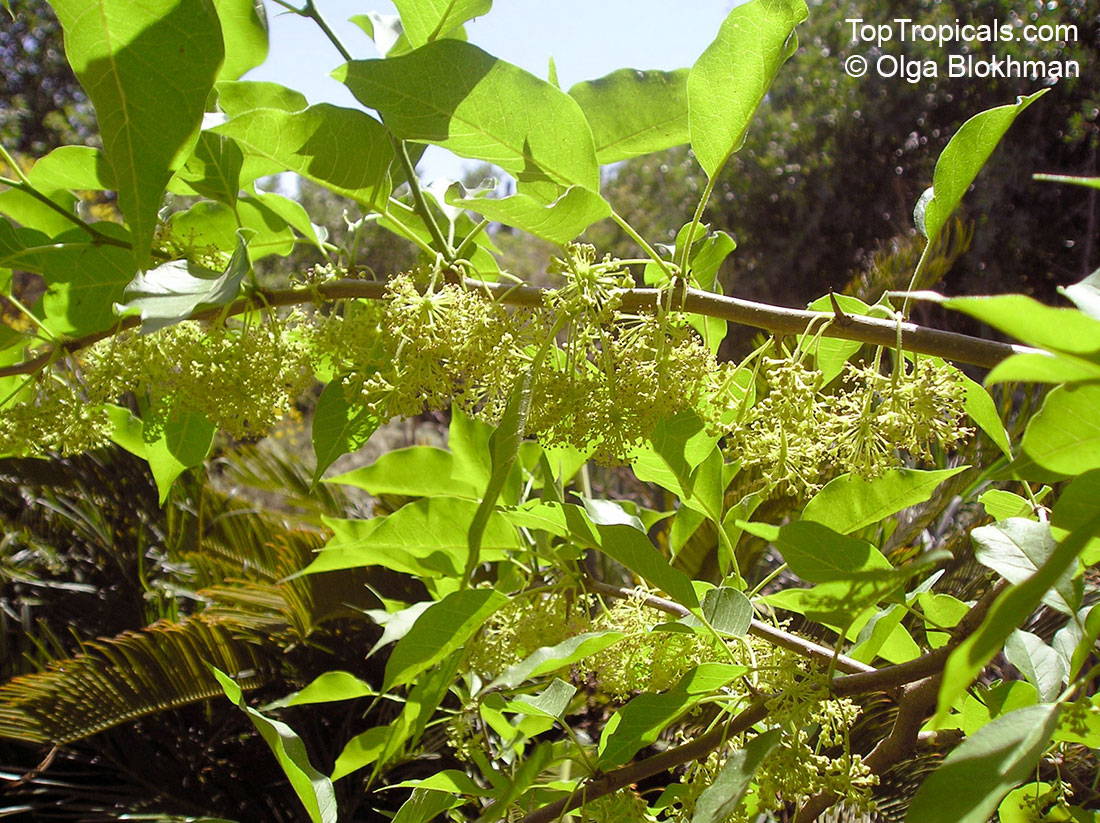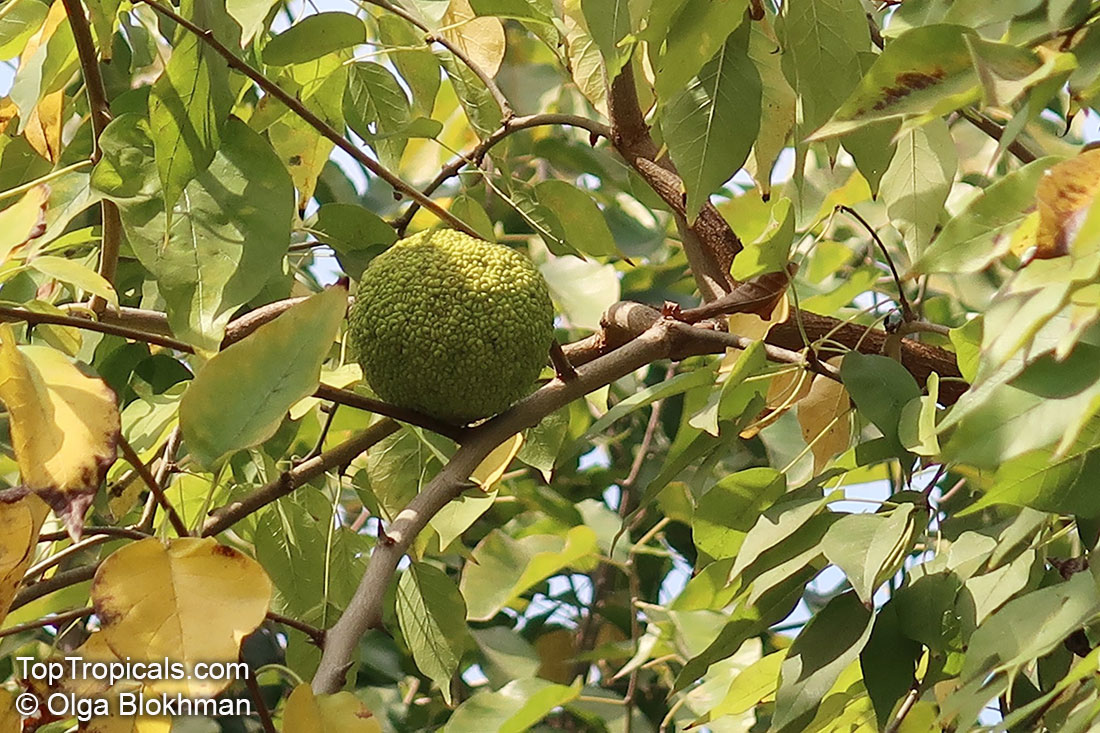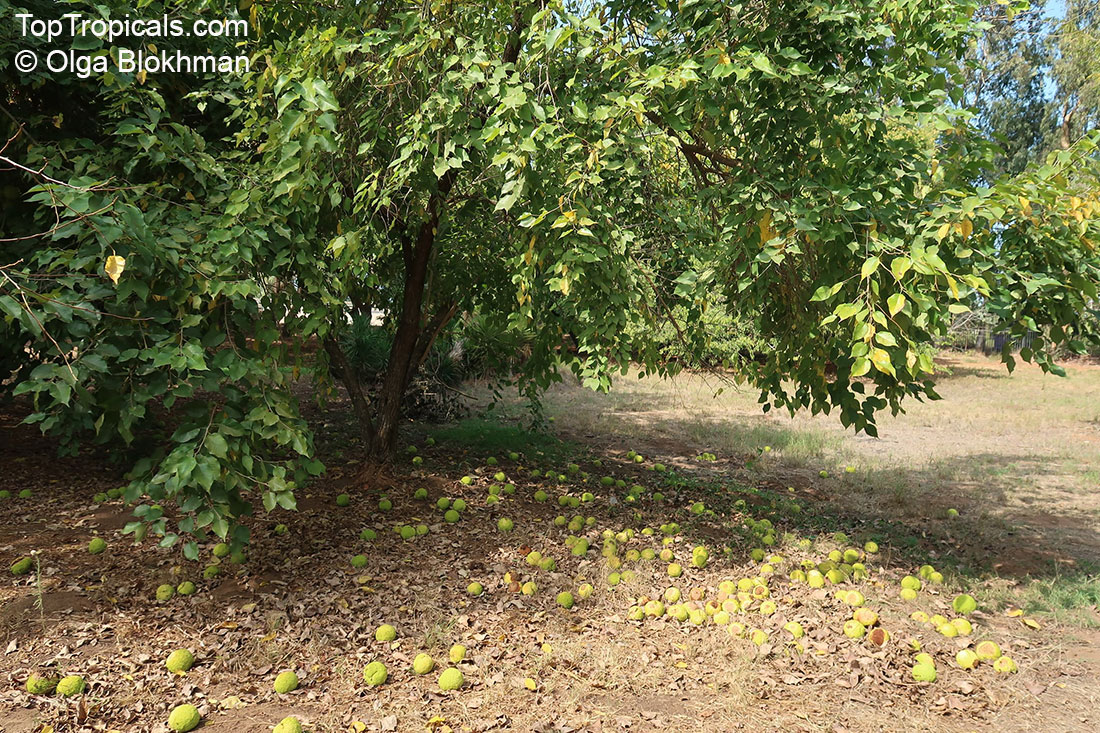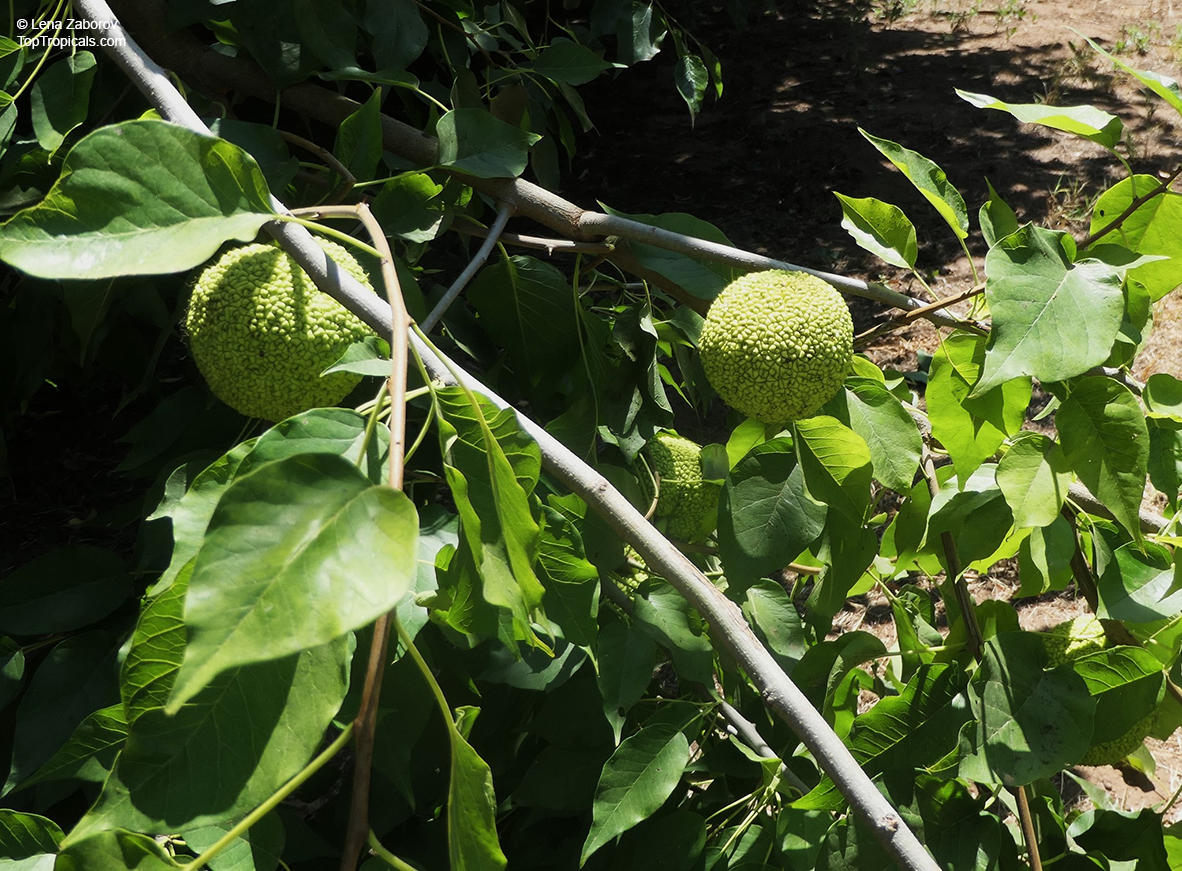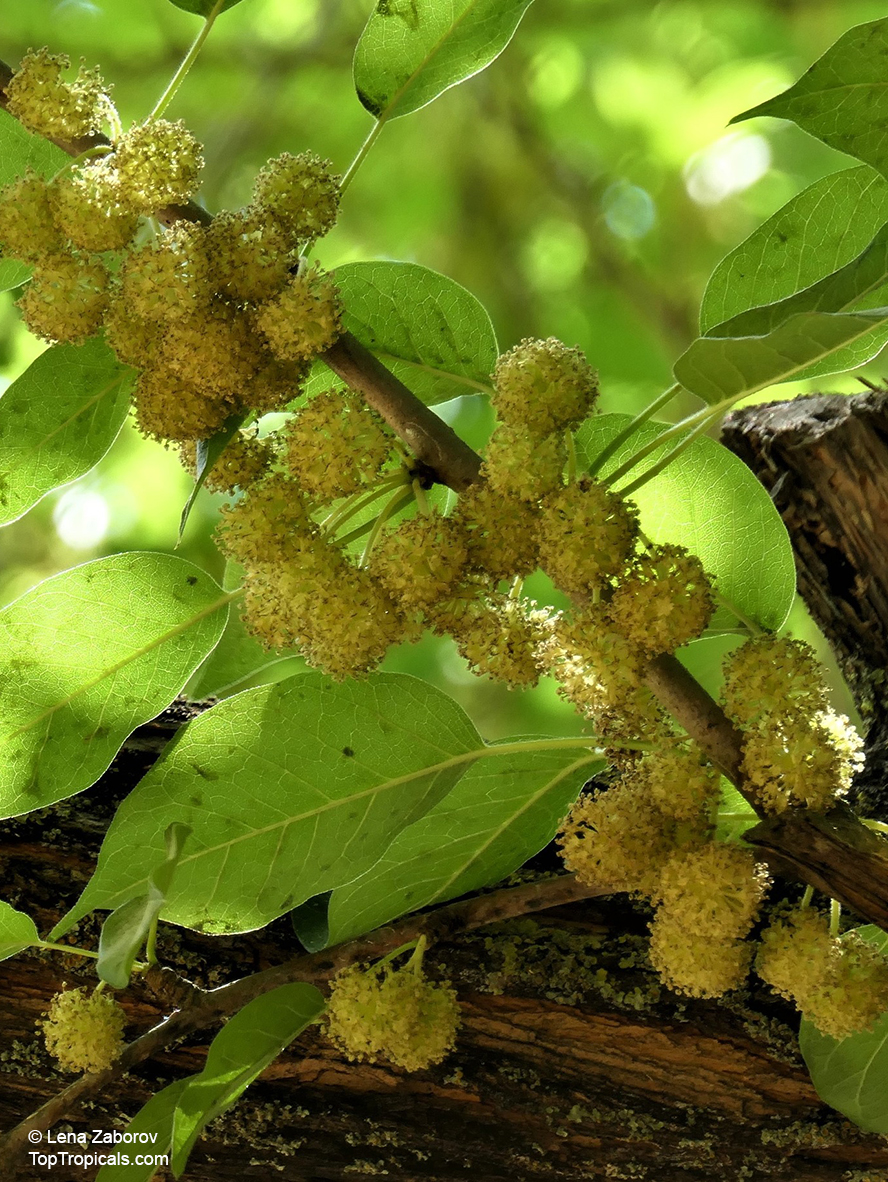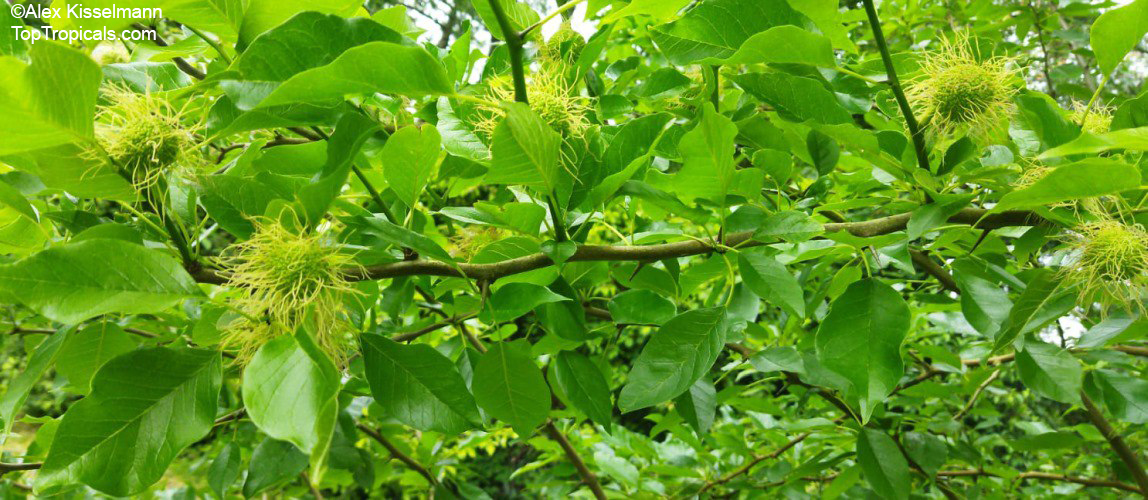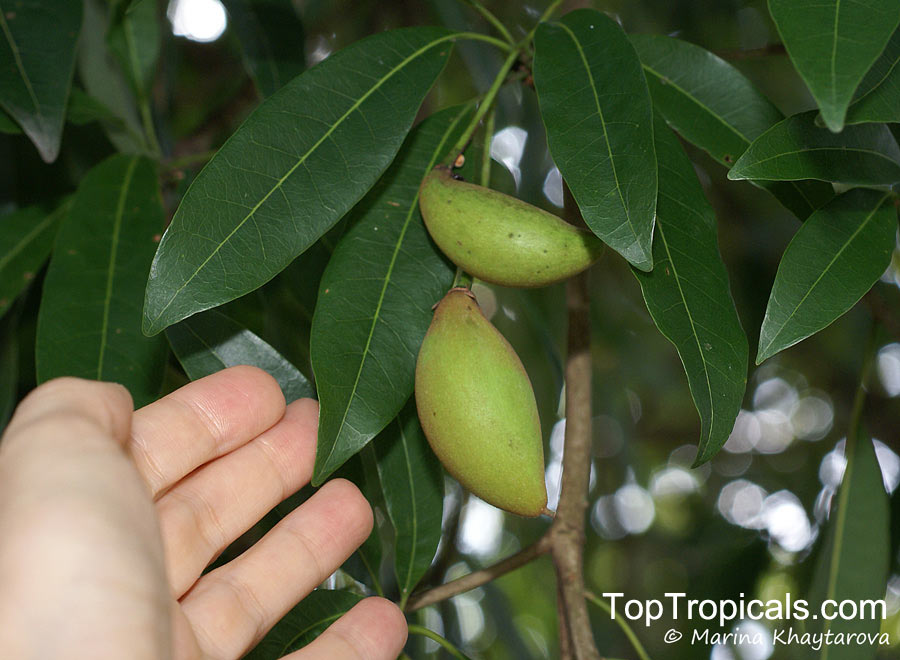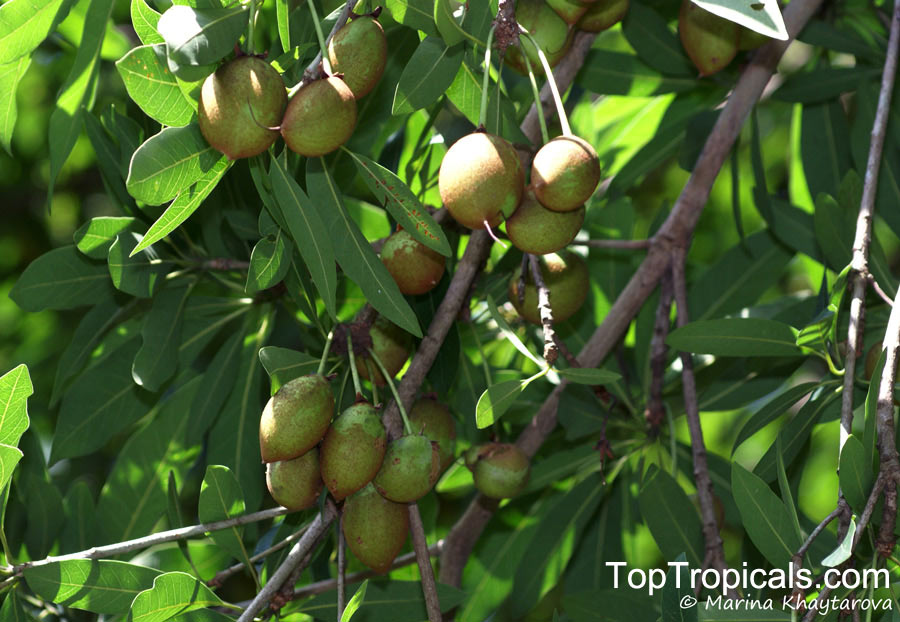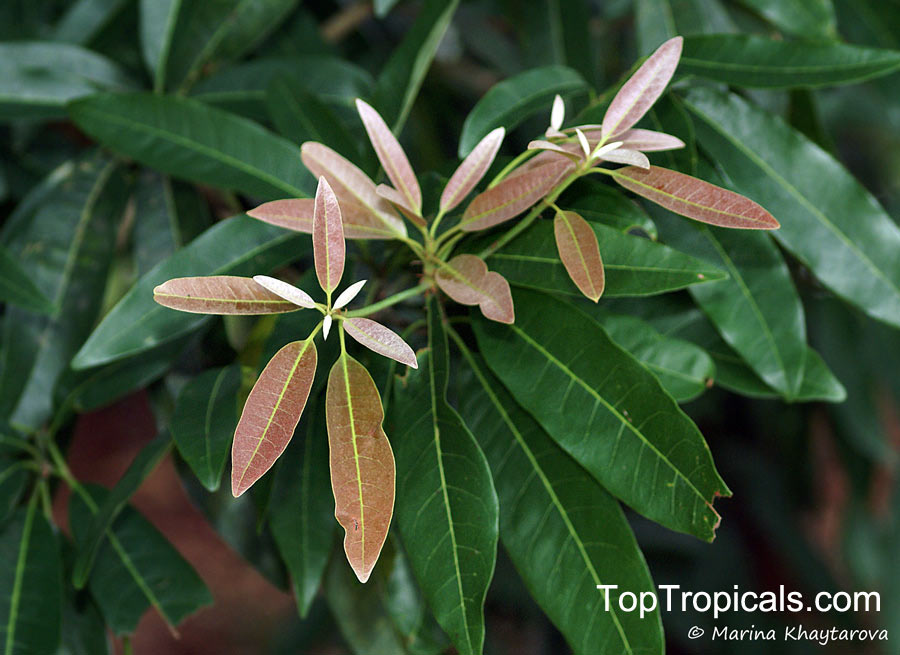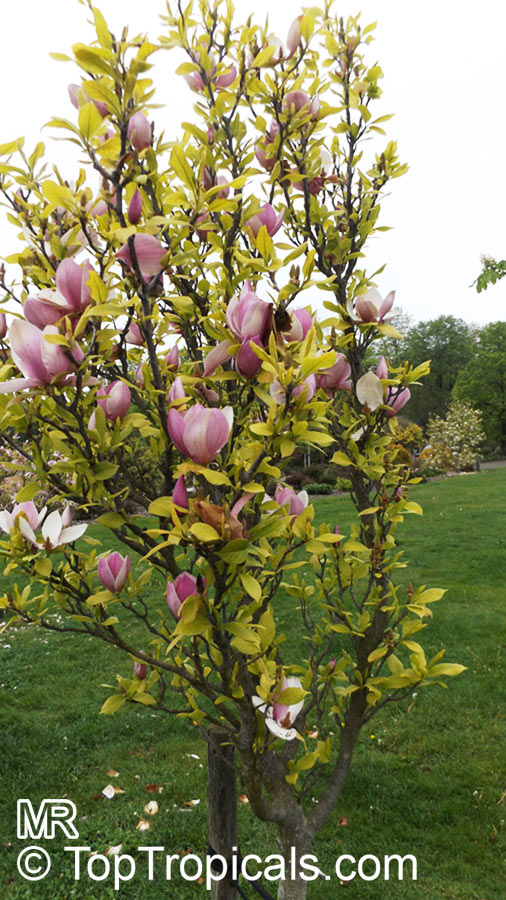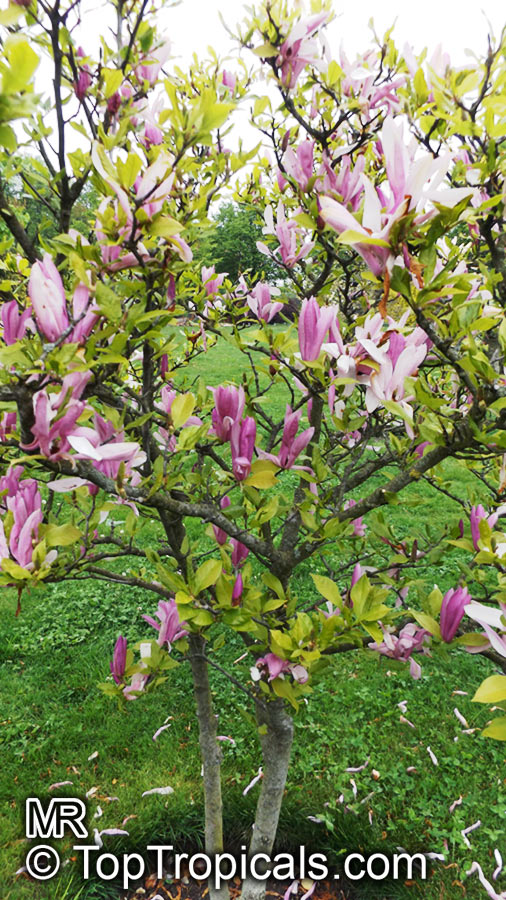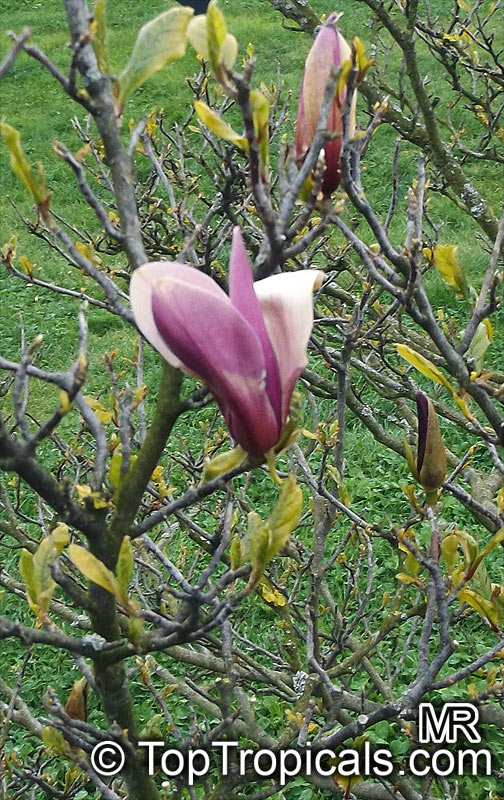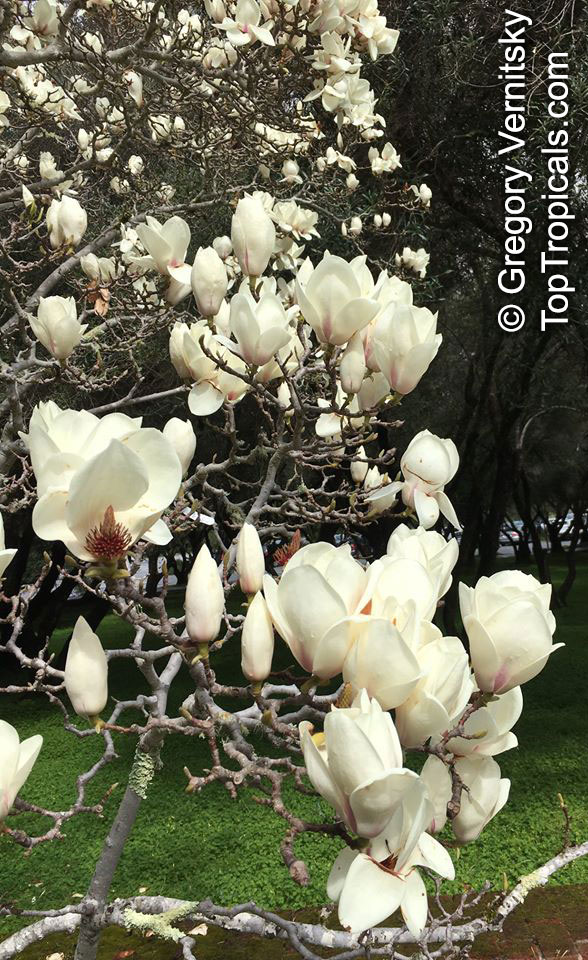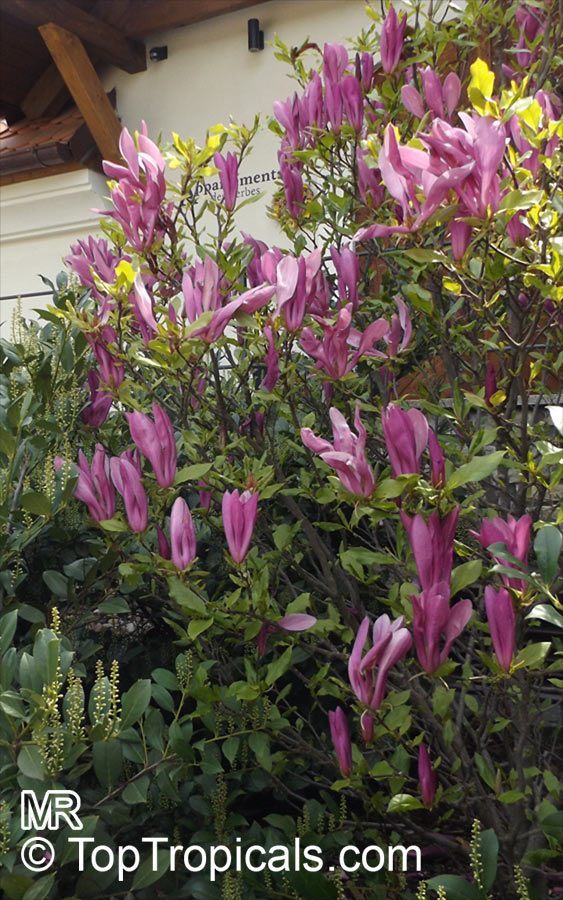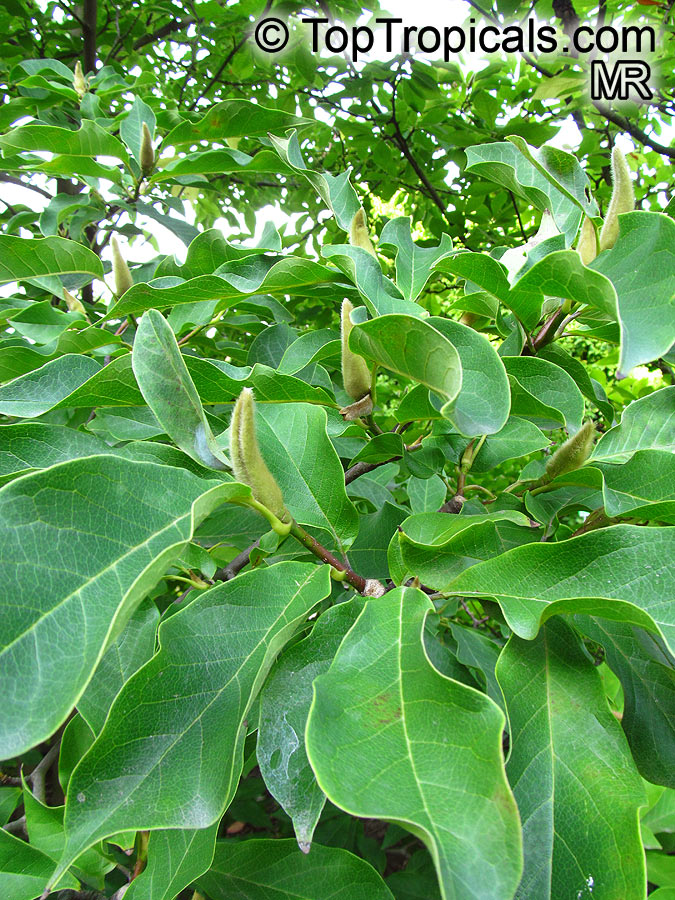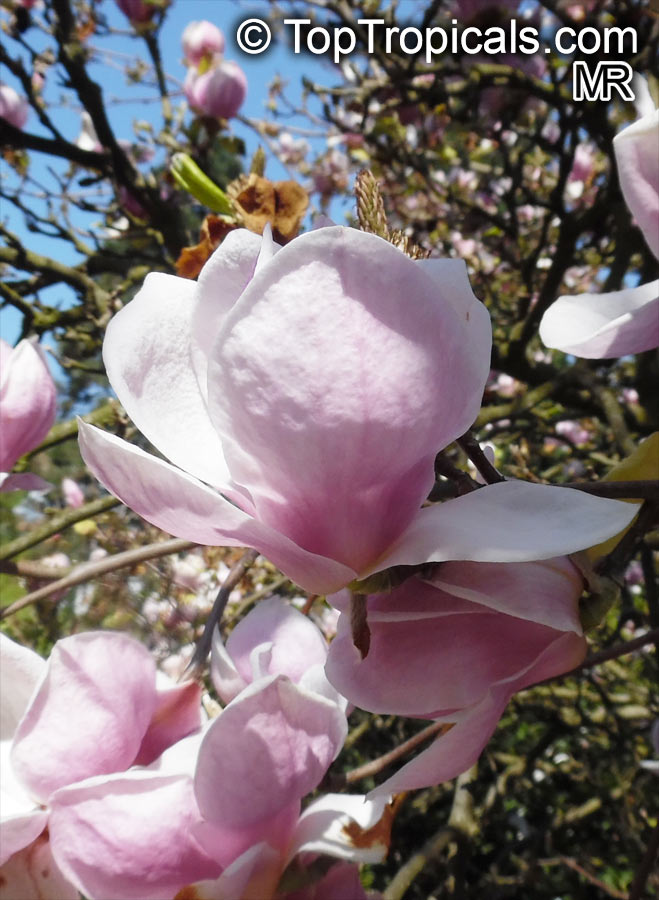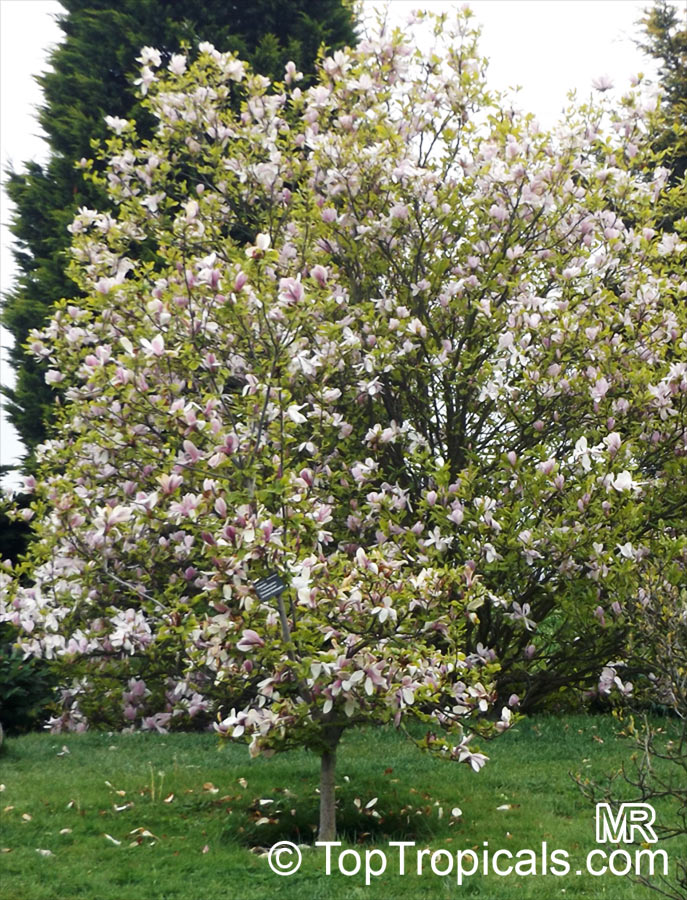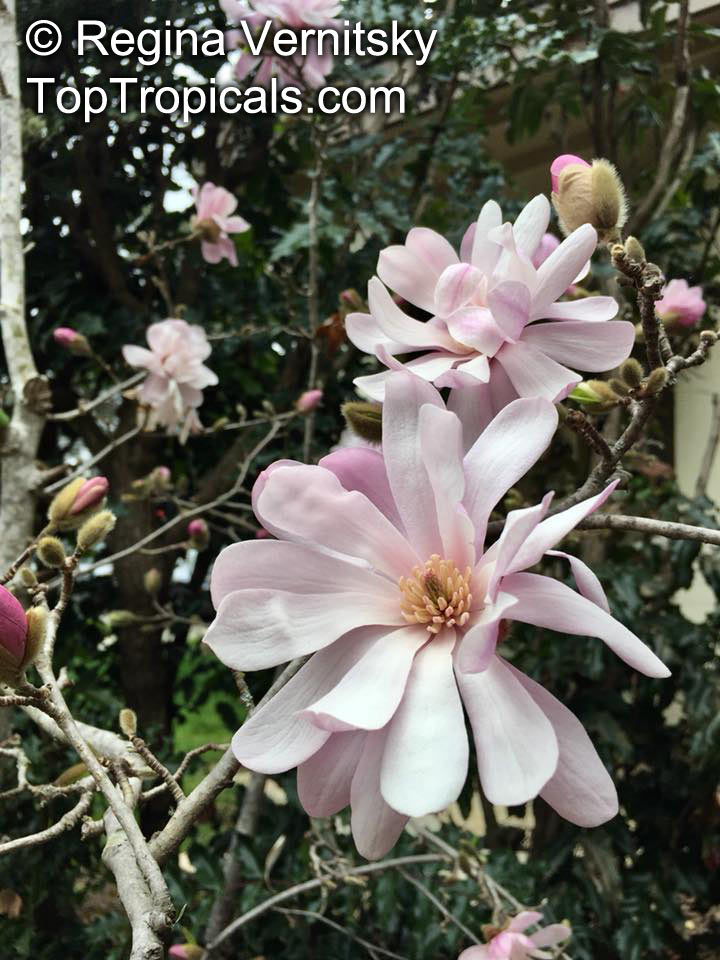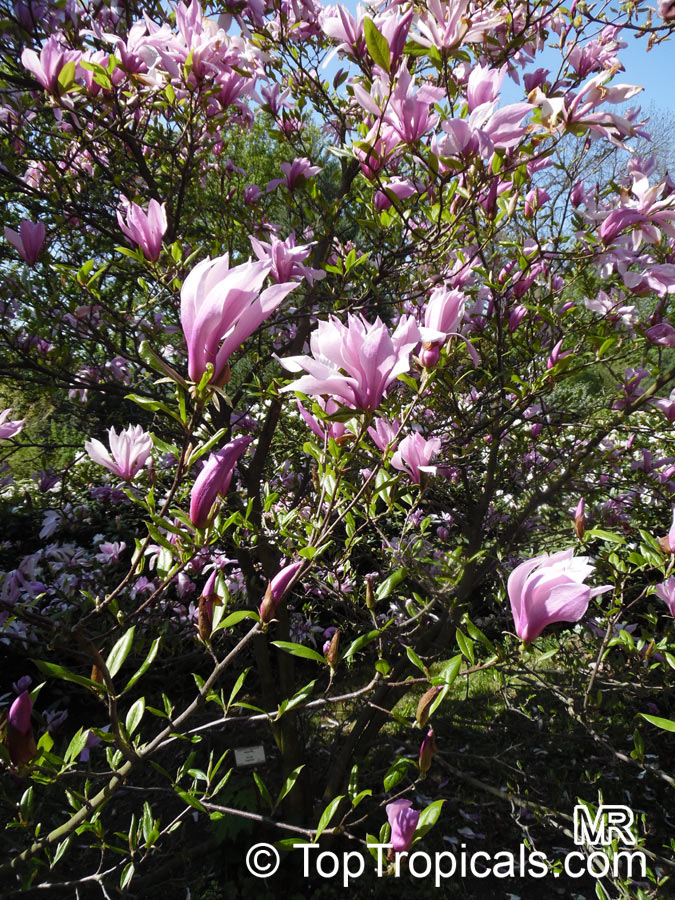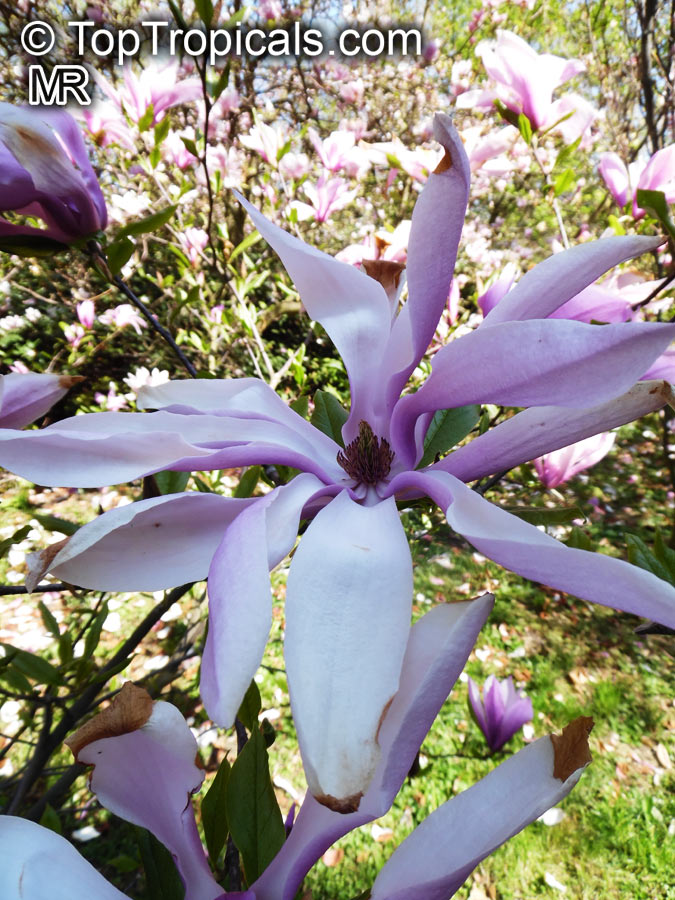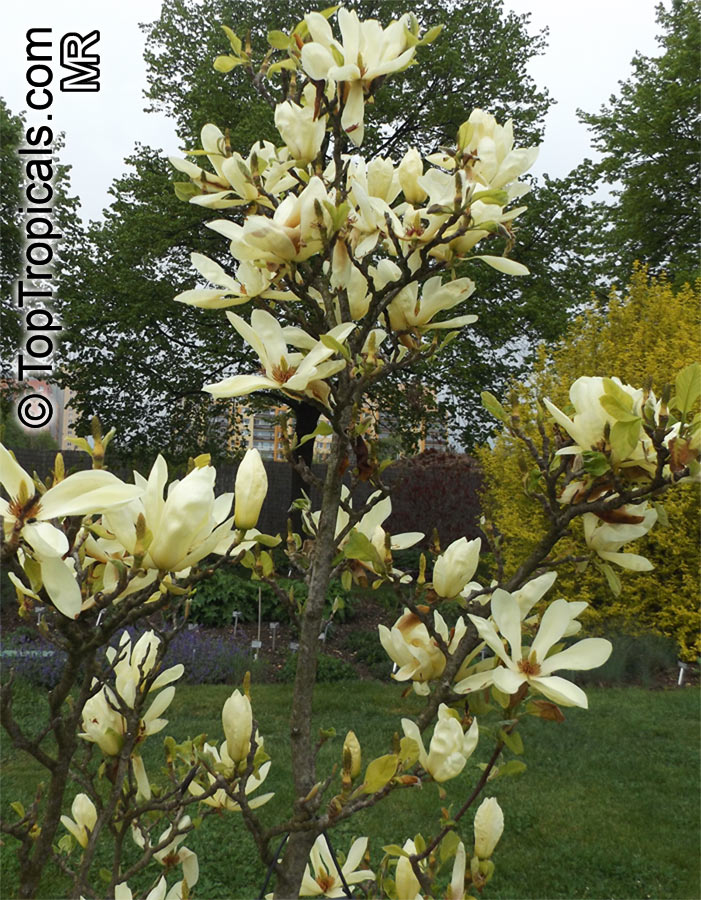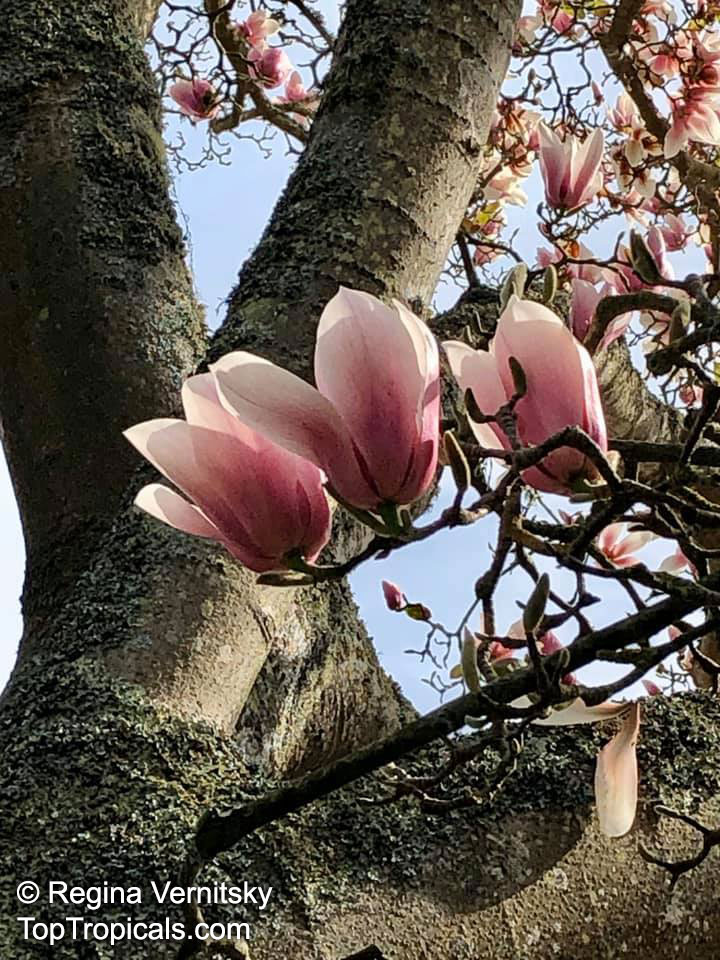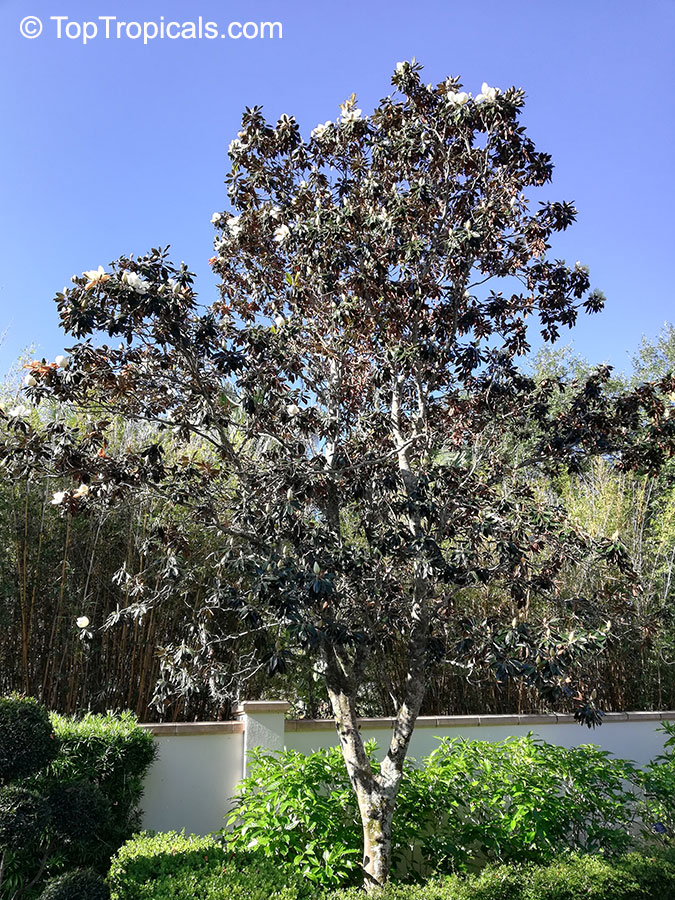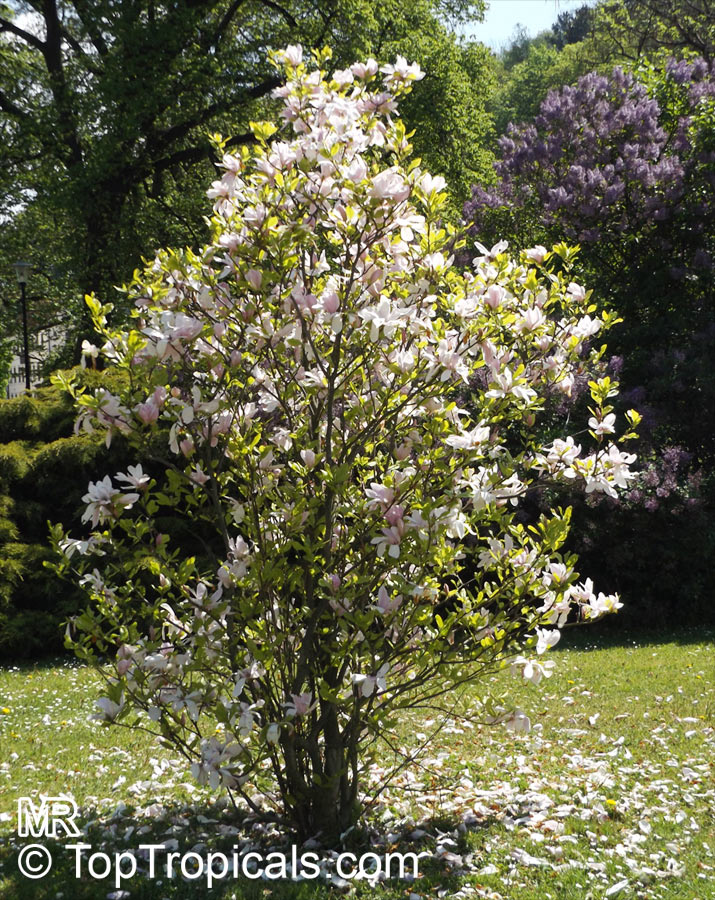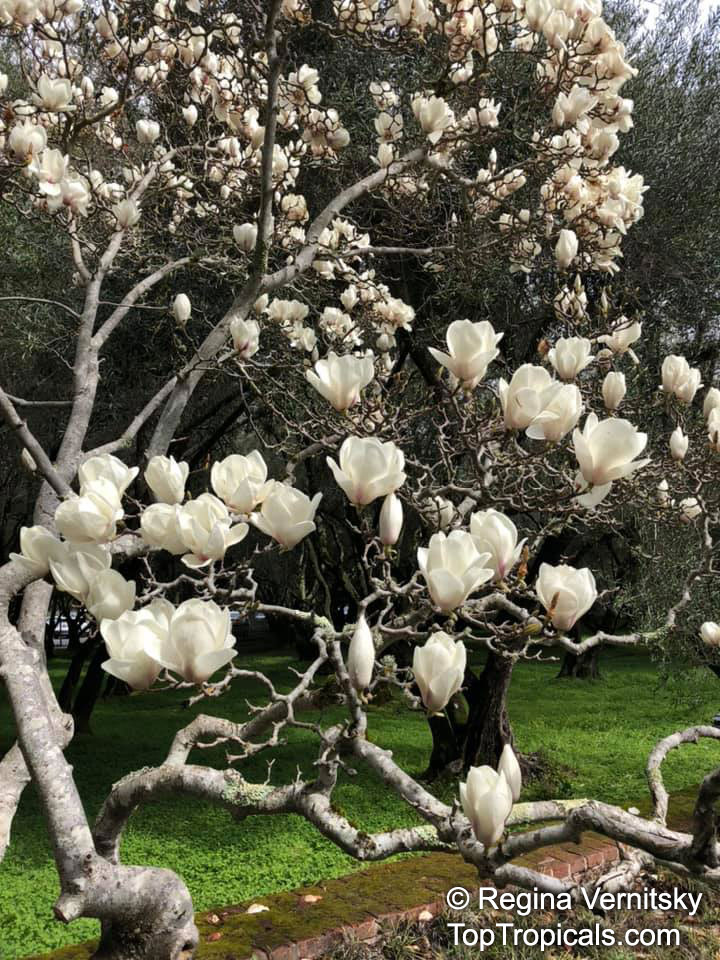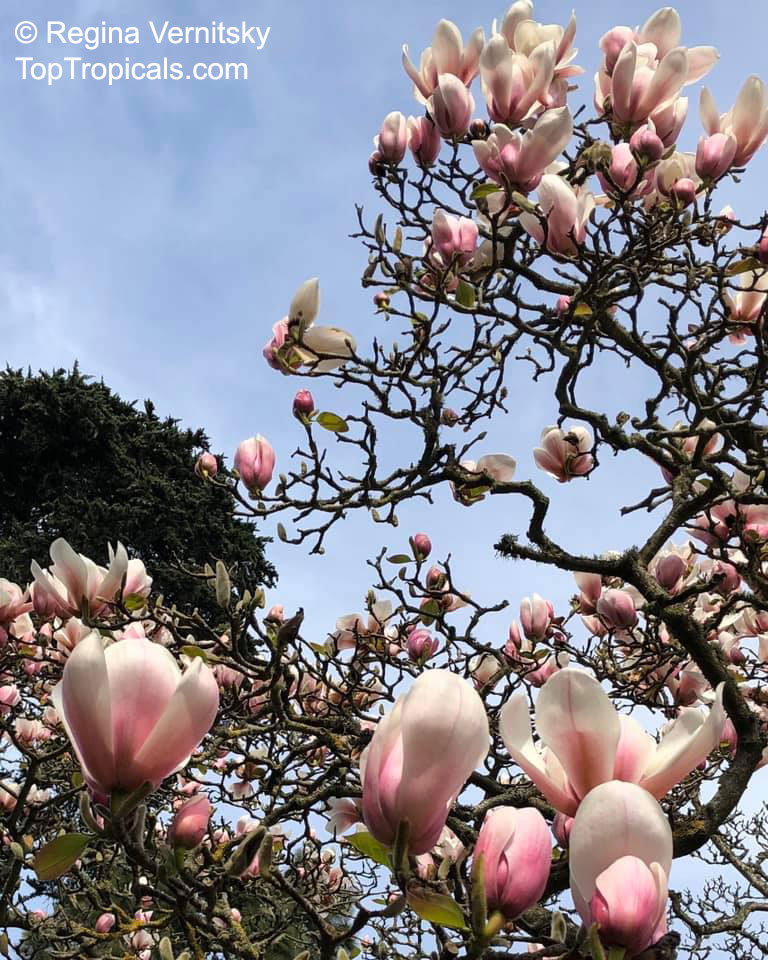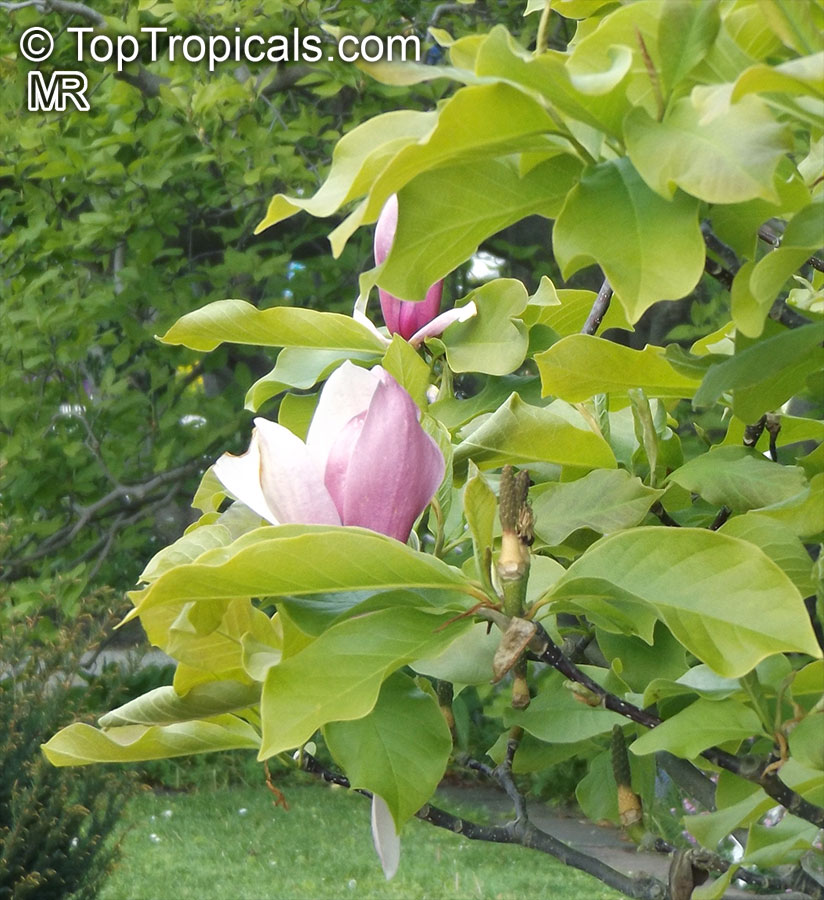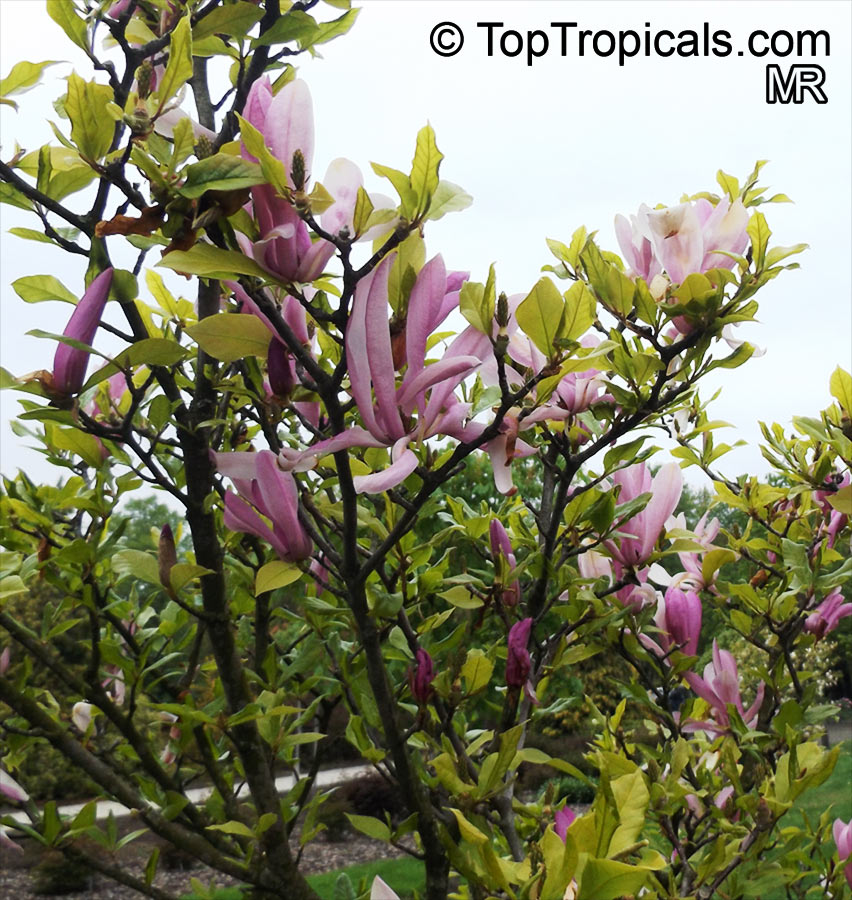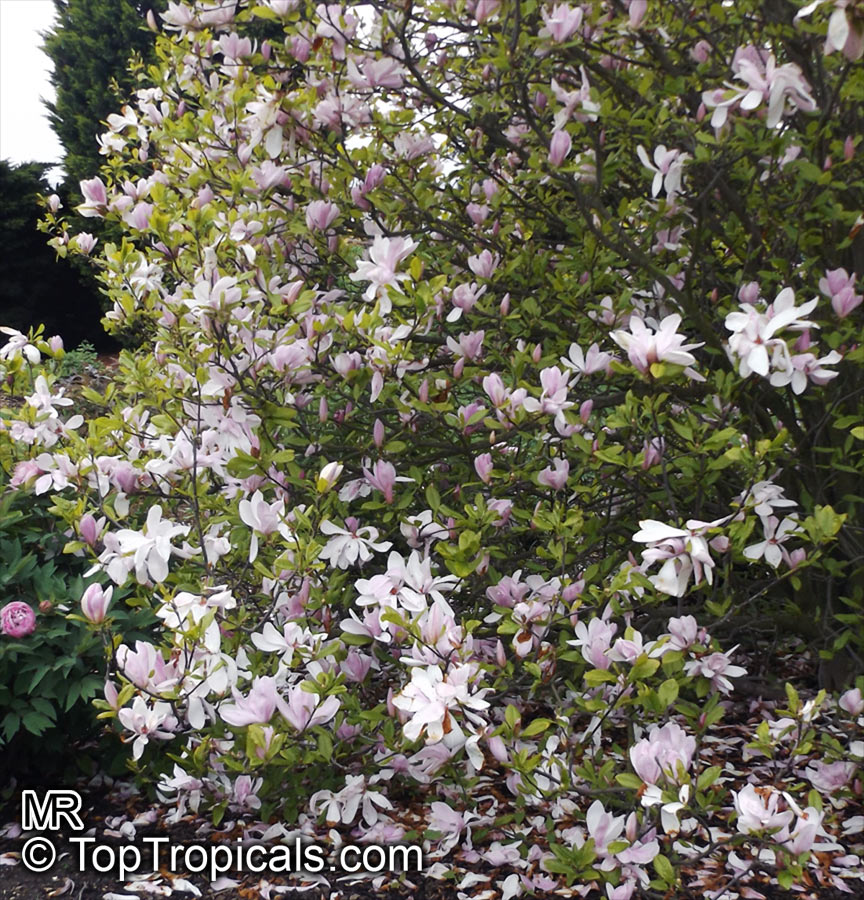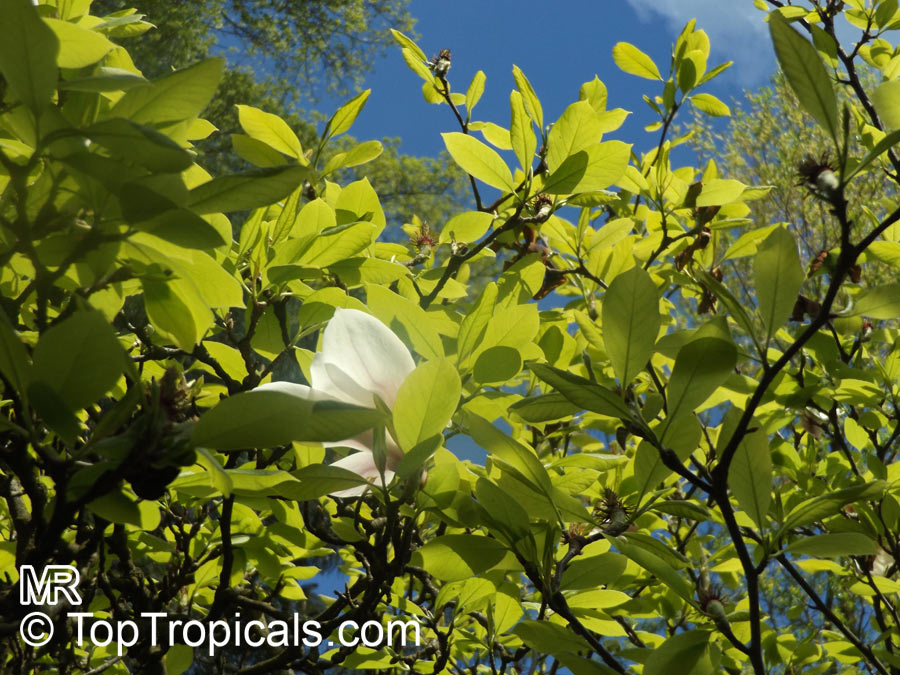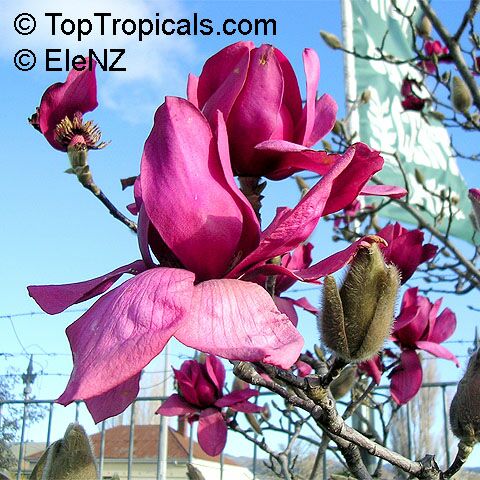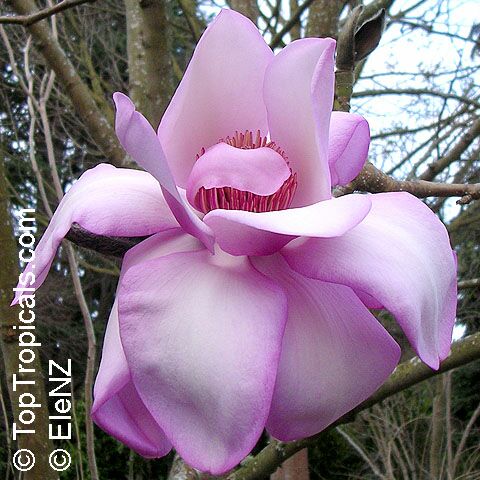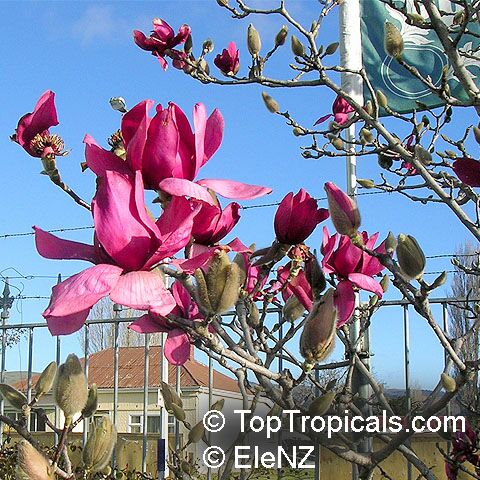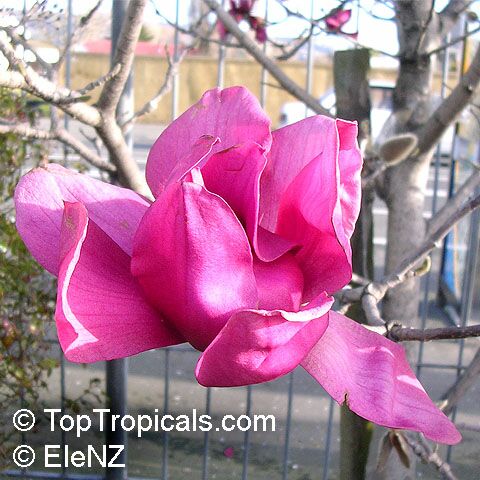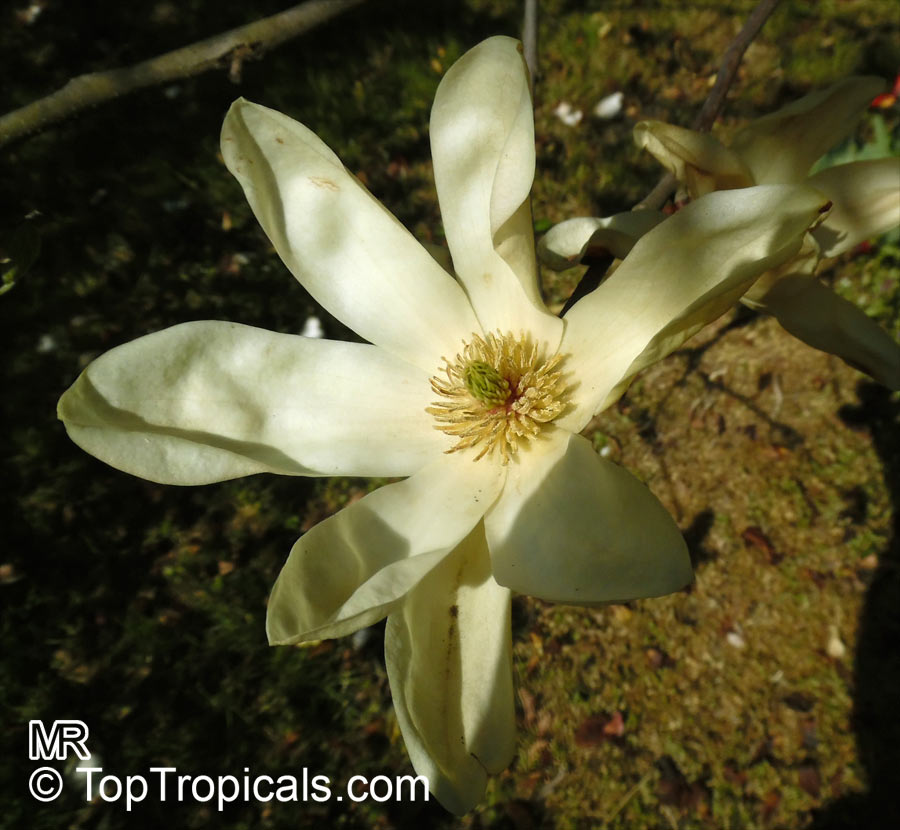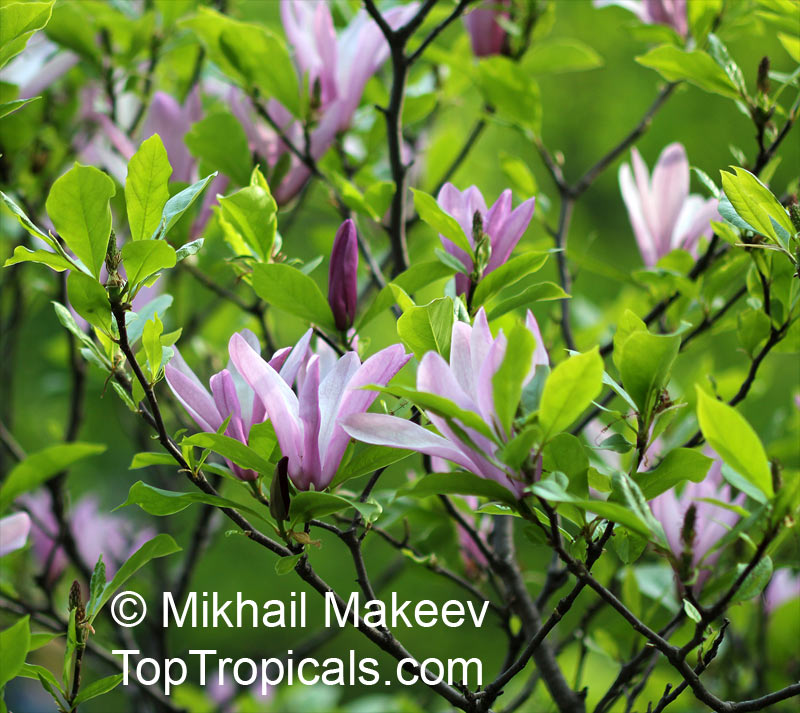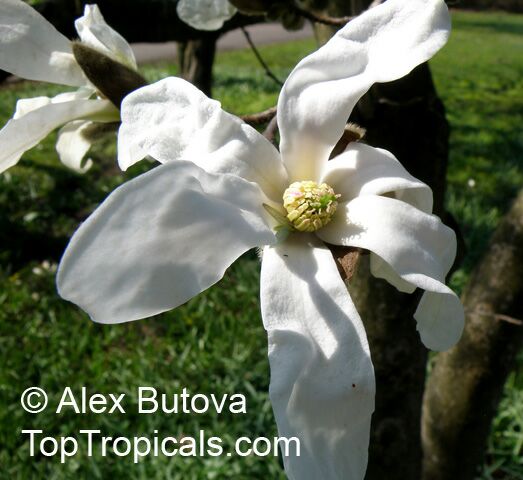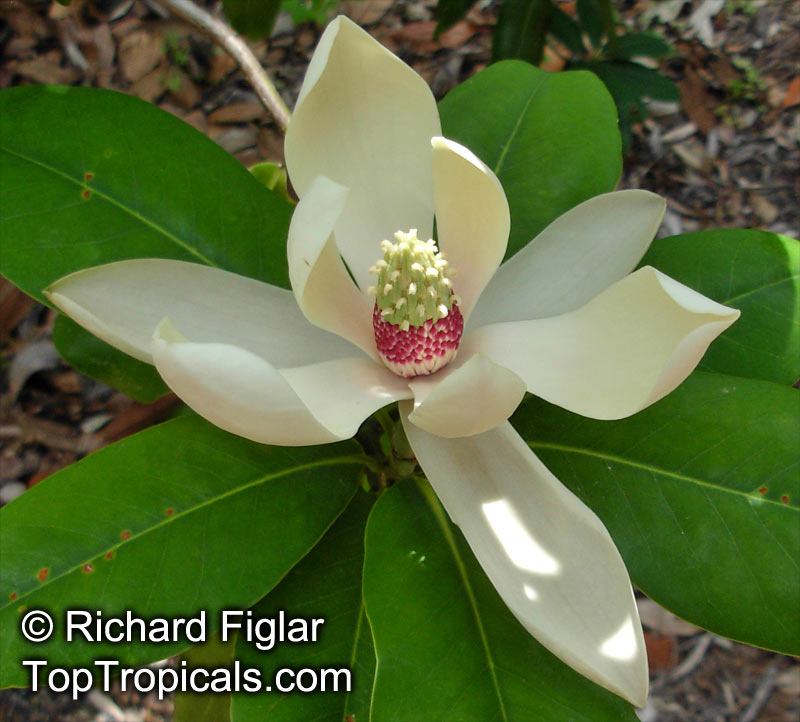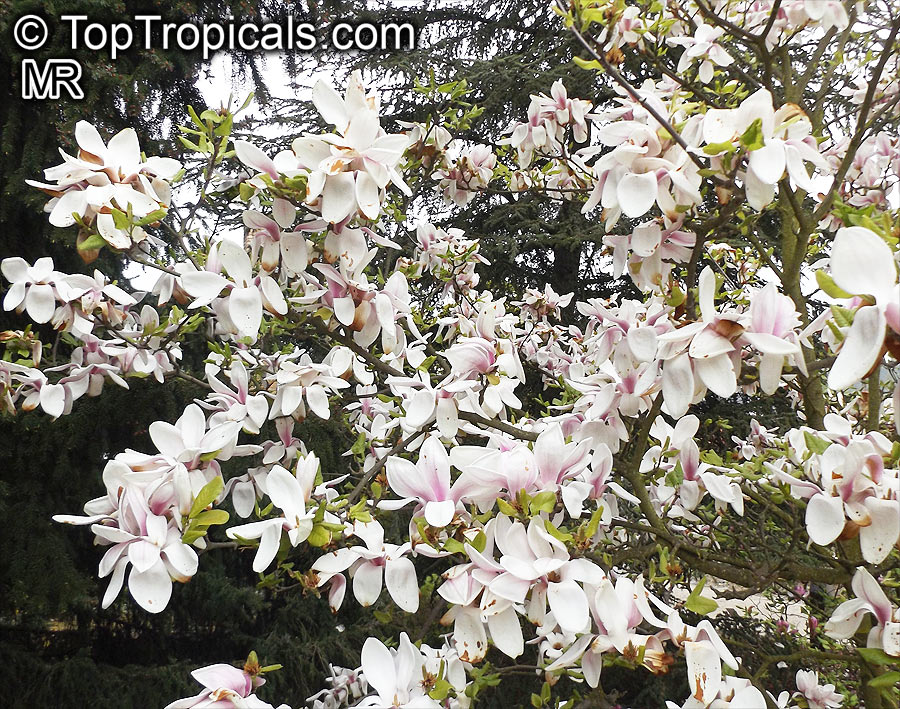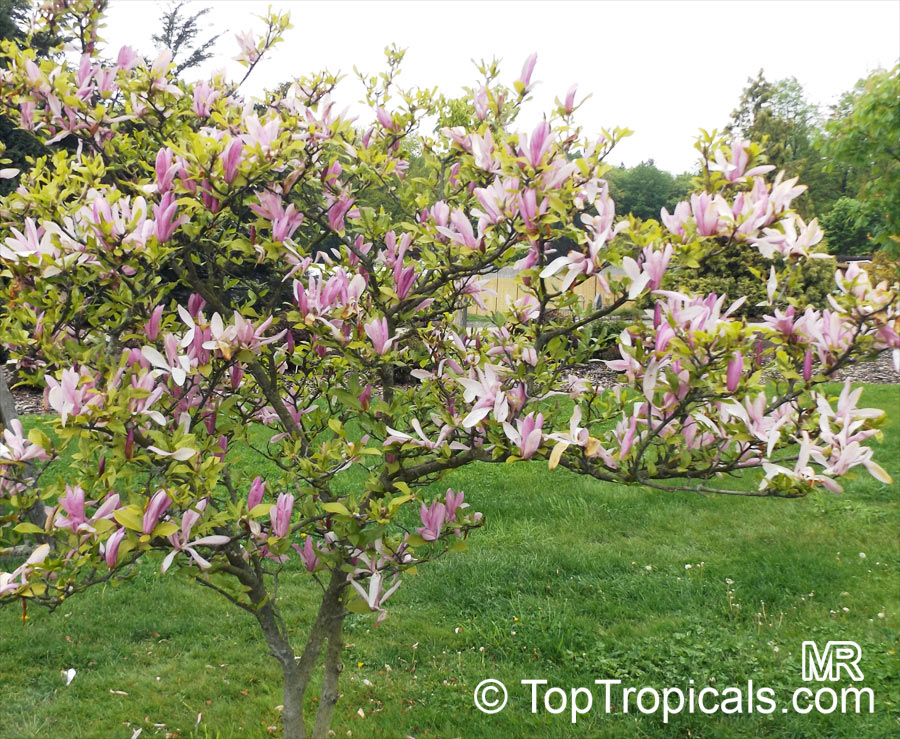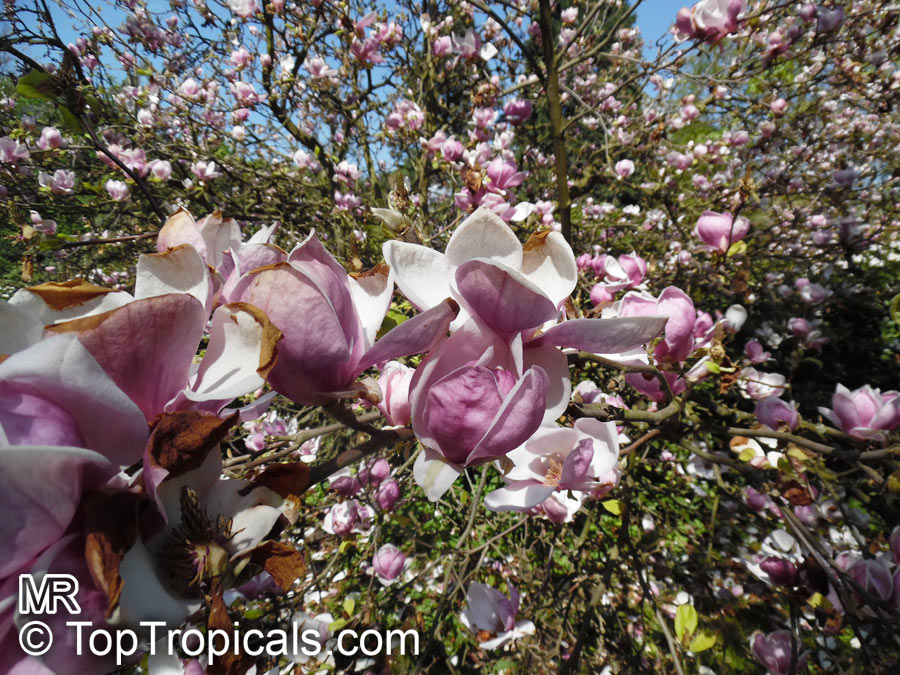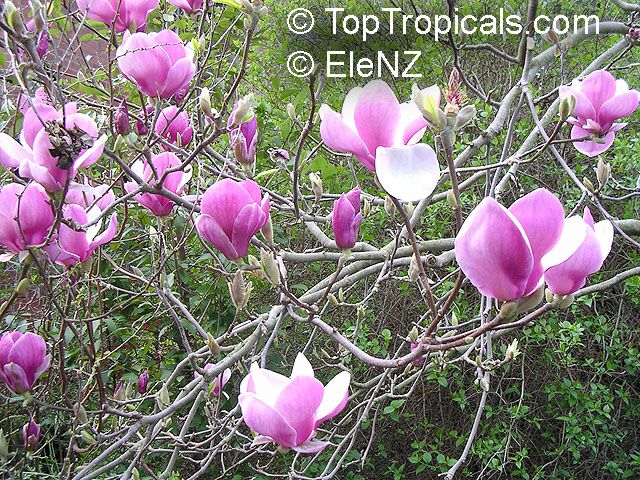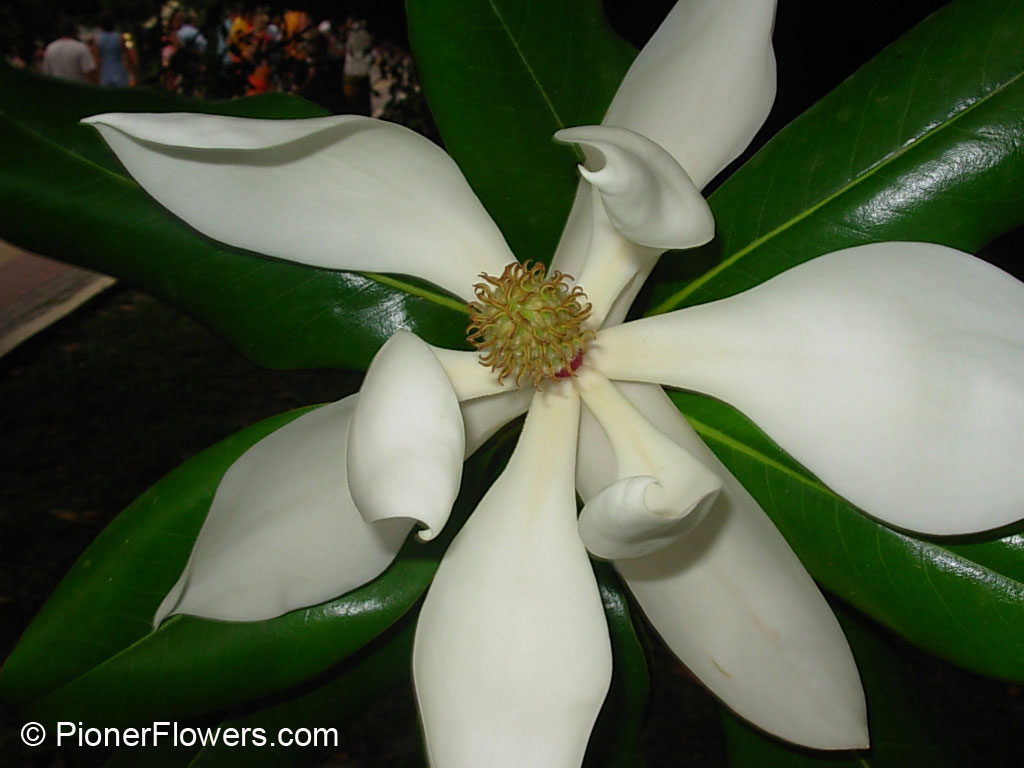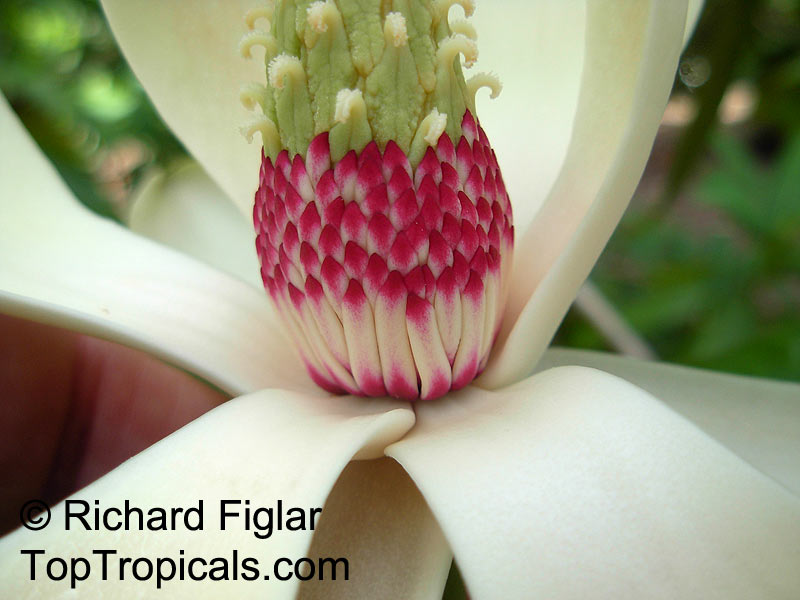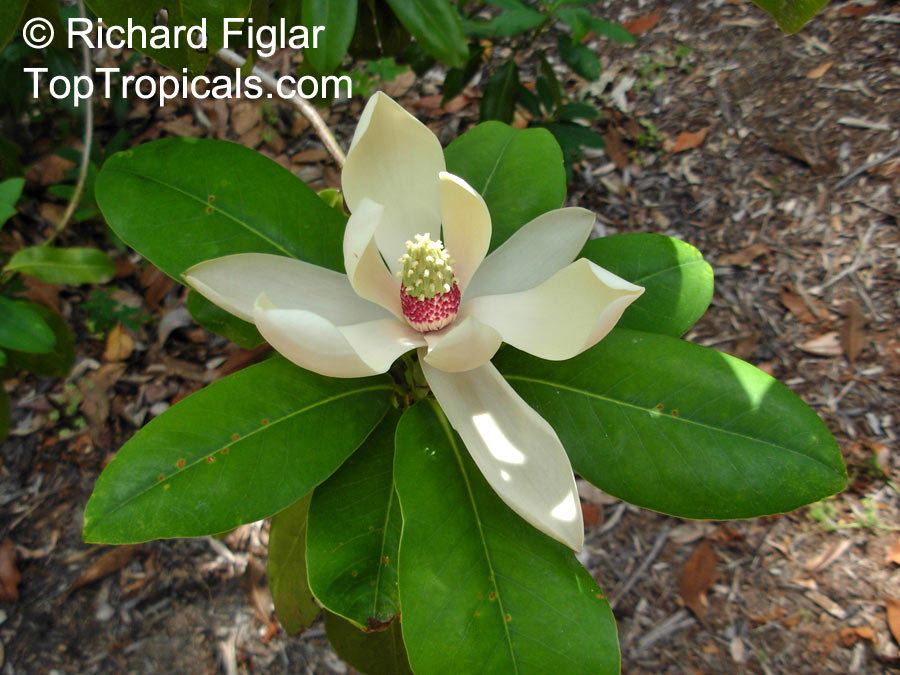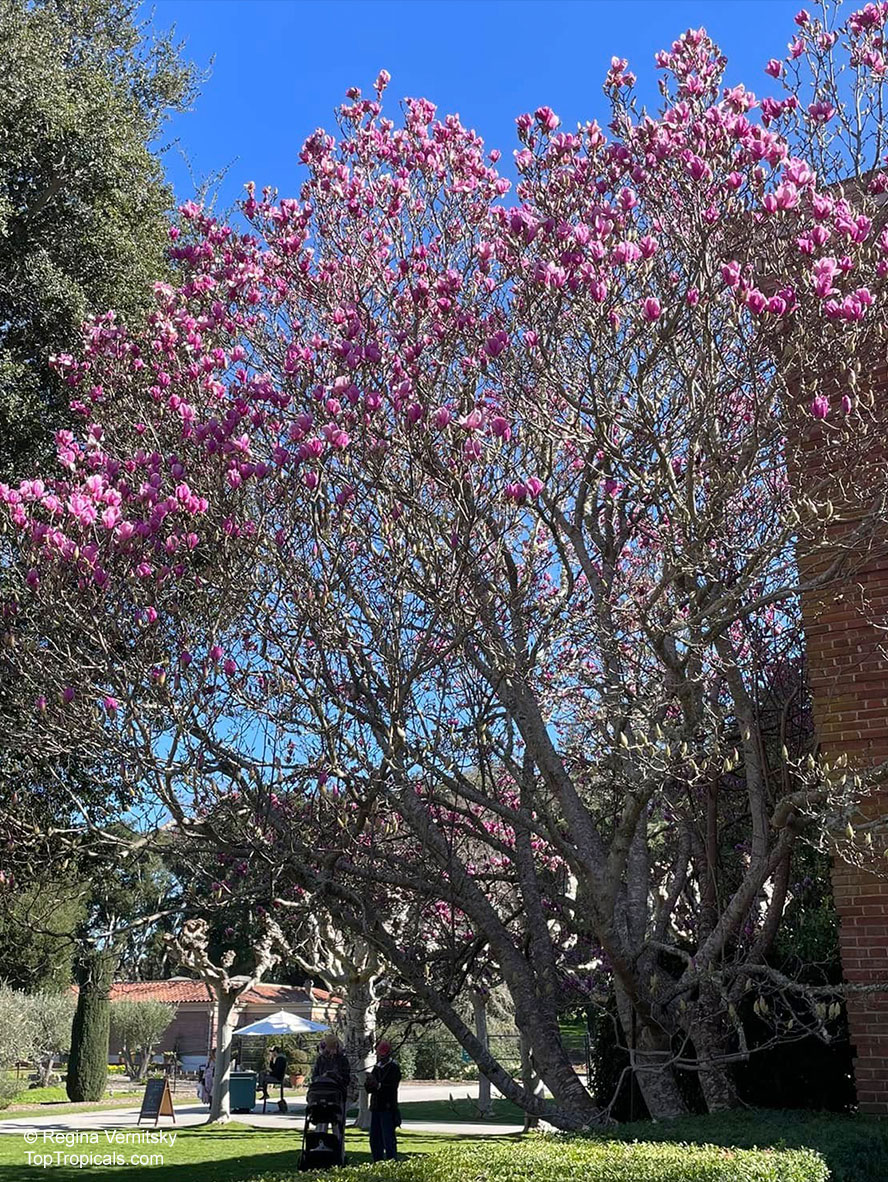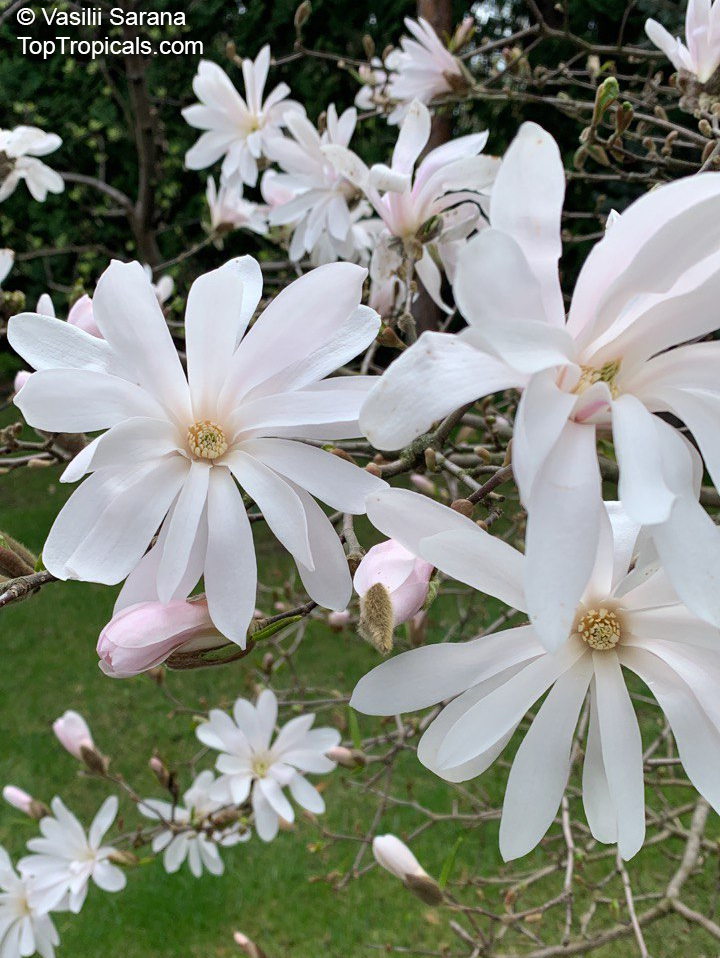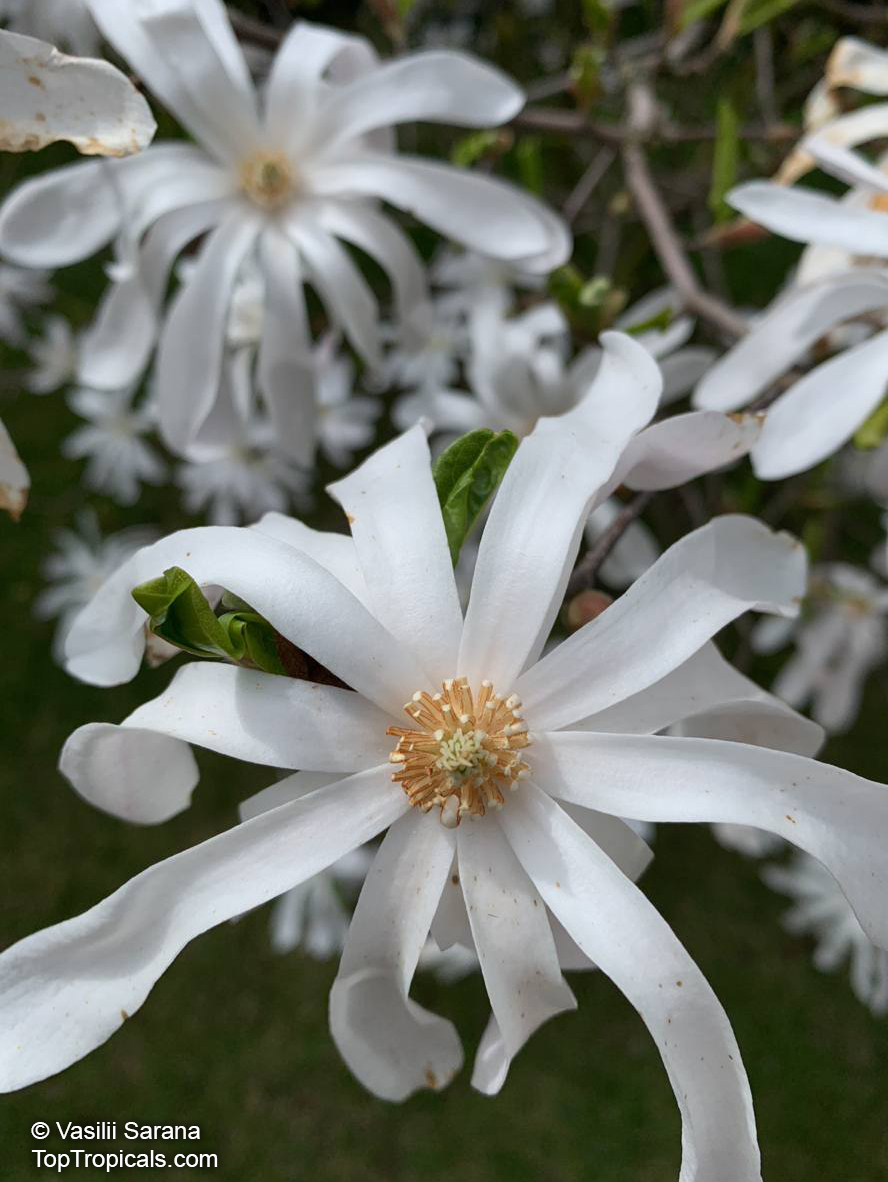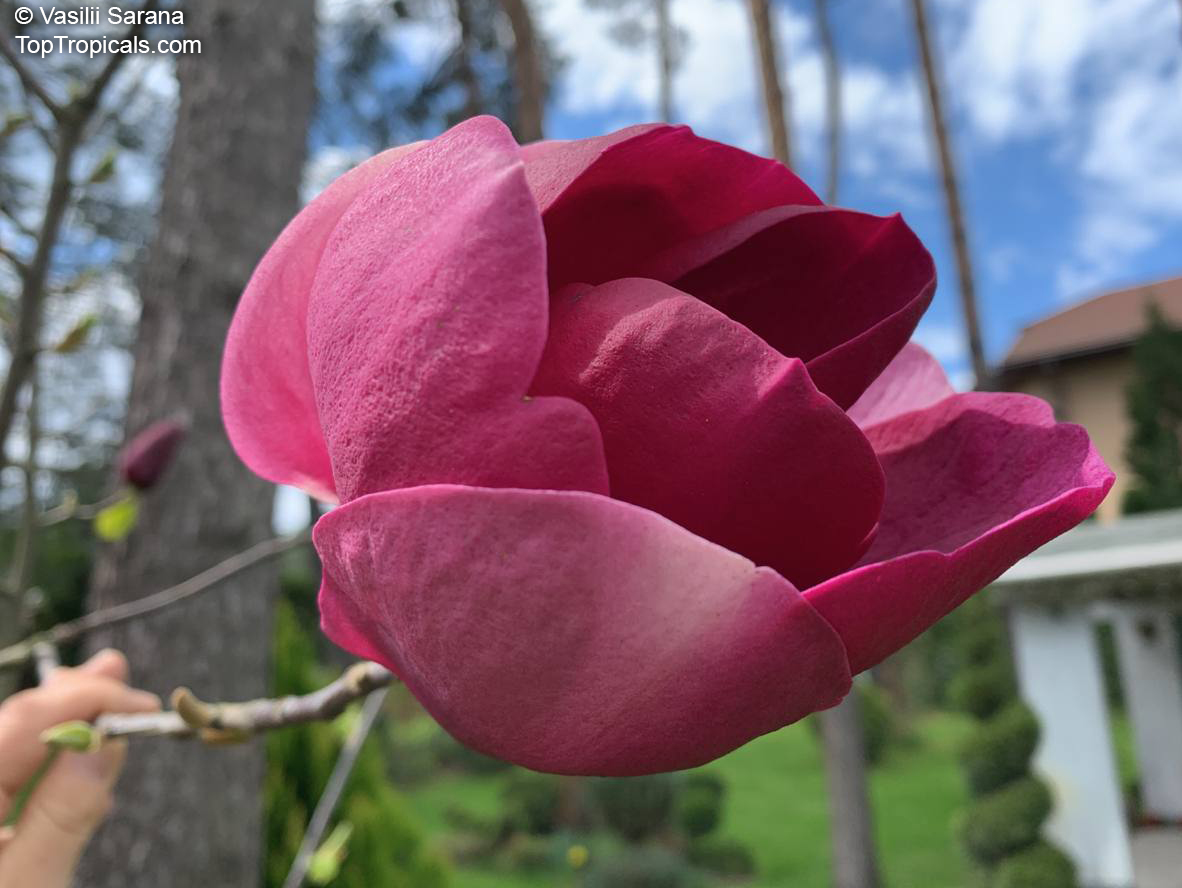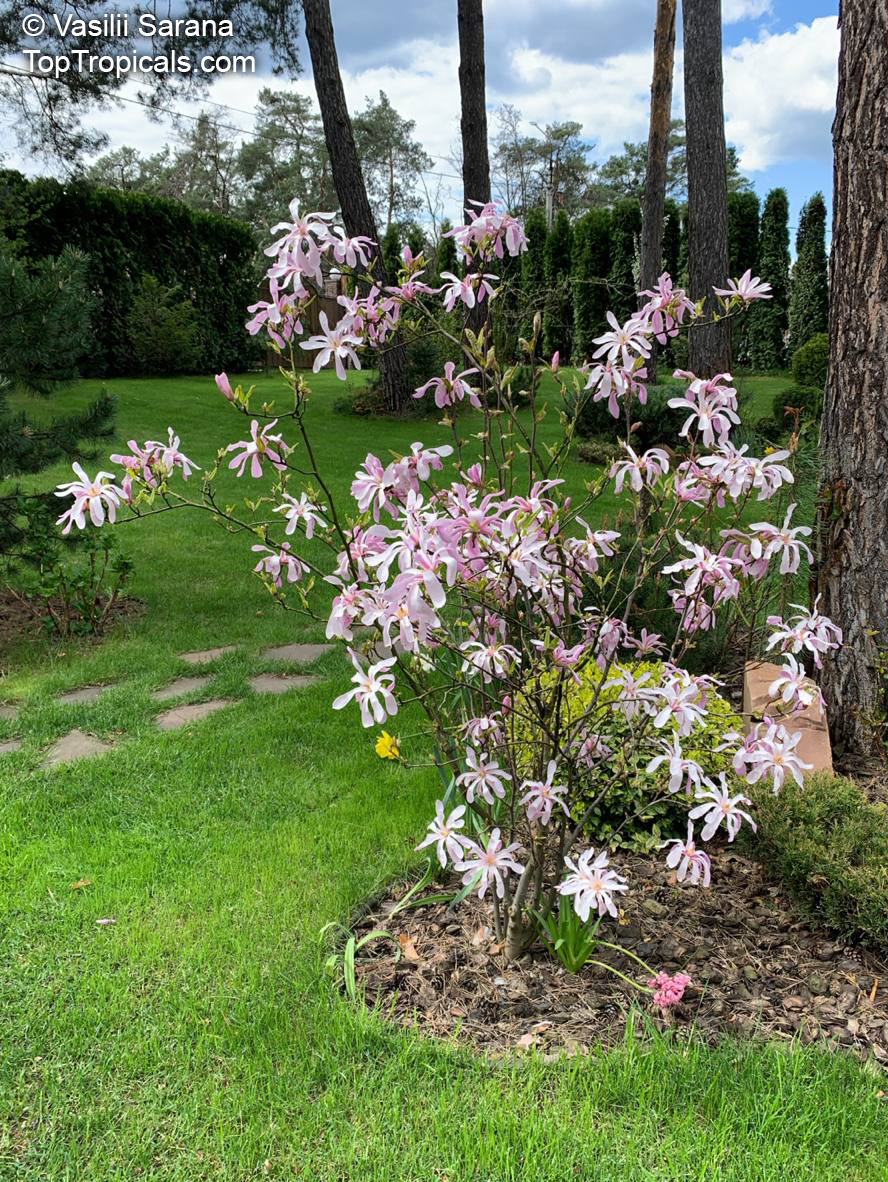Plant search results (Page 28) - Large tree taller than 20 ft
| Number of plants found: 448 |  | Prev | Next | 
|
Go to page: | First | 23 | 24 | 25 | 26 | 27 | 28 | 29 | 30 | 31 | 32 | Last |
Livistona saribus, Livistona cochinchinensis
Taraw Palm, SerdangFamily: Arecaceae / Palmae
Origin: Philippines, Southeast Asia





This is a solitary palm with a robust gray trunk. It has a deep green foliage with costpalmate leaves. This palm has a moderate tolerance for salt in soils.(From other sources of the information: Intolerant).It has a high drought tolerance. Its soil requirements are low and it is very adaptable. Min. Temperature: 24F (-4C)
Lodoicea maldivica
Coco-de-Mer, Double CocountFamily: Arecaceae / Palmae
Origin: Seychelles islands







A very large, unarmed, fan palm to about 25m tall. It is famed for its enormous seeds, which weigh about 20kg, and are the largest seeds of any plant. The plant is dioecious, which means it has male and female plants, and the seeds take up to seven years to mature on the plant. Plants of these nuts are tender and very slow-growing, the nut takes a year to germinate and another year to form its first leaf.
Lonchocarpus violaceus
Lilac Tree, Dotted Lancepod, ChapernoFamily: Fabaceae
Subfamily: Faboideae
Origin: Africa
USDA Zone: 9-11?








Lonchocarpus violaceus (also known as the Lilac Tree) is a fast growing, evergreen tree native to Africa. Growing to an impressive height of 25-35 feet, the tree features a dense canopy and fragrant, lavender to purple-blue flowers in late summer and fall. The blooms are notably attractive to butterflies and hummingbirds, adding even more beauty to the tree. It also produces long, slender seed pods.
Caring for your Lonchocarpus violaceus is relatively easy. Plant your tree in full sun and remember to keep it at least 30 feet away from power lines and your house. Water it during planting and for one year after, and keep the soil moist throughout the season. The tree is usually cold hardy down to at least the 30s F for a short time and should do well in USDA Hardiness Zones 9-11.
Growing Lonchocarpus violaceus in a pot in cooler climates is possible. Plant it in a premium quality container soil and make sure to give it plenty of light and water. During the winter, move the pot in your garage or a protected area, as the tree may not be able to survive extreme cold temperatures.
Recommended Fertilizer: SUNSHINE Pikake - Fragrant Flower Booster
Lophanthera lactescens
Golden Chain TreeFamily: Malpighiaceae
Origin: Brazil







It is a fast-growing and relatively easy-to-care-for tree reaching up to 20 feet tall. The Lophanthera lactescens has yellowish-green foliage and large, pendulous yellow and orange flowers, usually blooming during early summer. It produces a pleasant, fragrant scent and is a great choice for hot climates due to its heat tolerance. It is truly a plant native to the tropics of Brazil.
In order to keep this plant healthy, it needs full sun and regular water during the summertime and moderate water during the winter. It can grow in a variety of soil types, as long as it drains well. The plant thrives in USDA Zones 9-11. The important consideration for cold regions is to make sure that the Golden Chain Tree is planted in a pot and can be brought in a heated greenhouse or garage when the temperature drops during the winter.
This tropical-looking plant enjoys light fertilization in late spring or early summer, when the yellow and orange blooms are already in full swing. Pruning should be done during the winter when the tree is not actively growing, to ensure the best growth and health.
The Lophanthera lactescens is an easy tree to care for and can bring a bit of the tropics to any garden. With its tall, graceful form and bright, fragrant flower spikes, it is a great addition to many urban and suburban landscapes.
Lophostemon confertus, Tristania conferta
Brush Box, Queensland Box, Vinegar treeFamily: Myrtaceae
Origin: Queensland, Australia






Tall tree growing to 100ft in forest, much shorter and many-branched in littoral rainforest Bark rough and scaly. Leaves: Simple, appearing in whorls toward branchlet ends; blade glossy dark green above, paler below. Leaves are elliptical to ovate, 4-12"long. Flower: Creamish/white about .5" in diameter, five petals, stamens prominent and numerous. Flowers October to December. Fruit: Capsule, green/brown, bell-shaped with flat top. Numerous seeds. Tiny seeds should be mixed with dry sand for even distribution when sowing. Germinates easily.
Lysiloma latisiliquum, Acacia bahamensis, Acacia formosa, Acacia latisiliqua, Leucaena latisiliqua, Lysiloma bahamensis, Lysiloma latisiliqua, Mimosa latisiliqua
Bahamas Lysiloma, Candelon, False Tamarind, Wild TamarindFamily: Fabaceae
Subfamily: Mimosoideae
Origin: Central America









This tree is a popular nesting site for several native songbirds. Lysiloma latisiliquum, also known as Bahamas Lysiloma, is a native of Central America. It is a fast-growing, deciduous tree or shrub species which typically varies in size from a small tree, growing 10-20 ft tall, to a larger one of 20 ft or more. It is also salt tolerant and can be grown at seaside locations.
The tree develops off-white or white flowers in spring and summer. It has an open crown with drooping branches. Lysiloma latisiliquum prefers full sun to partial shade and requires moderate water, though it is fairly drought tolerant when established.
In order to enjoy the best results, it is important to grow Lysiloma latisiliquum in well-drained soils in USDA Zone 9-11. Plant maintenance includes removing competing vegetation and providing water during the dry season. Proper mulching also helps to keep the soil moist and provides nutrients. In colder climates, this plant should be grown in deep pots, repotted annually and moved indoors during winter.
This is a very attractive and popular species that will add a special flair to any landscape. In addition to providing extraordinary beauty, Lysiloma latisiliquum is also a great choice for attracting birds to your garden.
Macadamia sp, Macadamia integrifolia, Macadamia tetraphylla
Macadamia nutFamily: Proteaceae
Origin: Australia
USDA Zone: 8-10?
Hardiness: 20°F











In colder regions, Macadamia are grown successfully in large pots in sunny, sheltered position, with semi-regular waterings. When temperatures get down to 30s F. Macadamia nut needs to be covered with shelter cloth to protect from frost damage. When temperatures get below 28F, your plant needs special care - water sparingly and avoid fertilizing.
The Macadamia integrifolia, also referred to as the Macadamia nut, is a classic tropical tree native to Australia. It boasts a gorgeous, showy appearance that makes it a popular ornamental, with darker green waxy leaves, prickly edges and delicate white flowers in racemes. Its mature size is variable and depends mostly on pruning. Its smooth-shelled variety typically grows up to between 10 and 20 feet in height, while its rough-shelled variation can grow up to be as tall as 20 feet or higher.
Macadamia nut trees thrive in areas with full sun and regular waterings, with a well-drained, slightly acidic soil composition being ideal. Plant it in an area with plenty of space between other trees, with 15 feet between trees and 20 to 25 feet between rows. When planting your Macadamia nut tree, mix organic material and dirt in the hole you&39ve dug that is twice the size of the pot the tree came in. Afterwards, make a ring around the tree to help retain water. Watering should be done fairly frequently for the first three months after planting, with the tree being drought tolerant once it is established. You can use a slow-release fertilizer that is low in phosphorus, such as one with a 9-0-5 composition, a few months later if desired. Pruning should be done for the first three or four years, with the removal of lower branches and suckers.
The Macadamia nut tree is also known for its edible fruits, which are encased in a leathery outer husk that splits upon maturity. The nuts, which are usually about half to one inch in diameter, have a deliciously unique flavor that can be enjoyed by roasting them and salting them or eating them fresh. They are a great source of healthy fats, proteins, as well as important vitamins and minerals. A single tree can produce up to 500 pounds of fruit over the span of multiple seasons - typically starting in September, peaking in December and ending in February.
Close species Smooth-shelled Macadamia Macadamia integrifolia, Rough-shelled Macadamia Macadamia tetraphylla. Hybrid forms exist between the two species. Most popular Varieties Arkin Papershell, Beaumont, Dana White.
Overall, the Macadamia nut tree is a unique and rewarding tree that is perfect for any tropical nut enthusiast! With its fascinating beauty, diversity and delicious golden nuts, it can truly make a statement in any green space and is an amazing addition to your garden.
Learn more Grow Your Own Food. Macadamia Hard Sweet Nut and Hardy Tree
Recommended Fertilizer: SUNSHINE C-Cibus - Crop Nutrition Booster
SUNSHINE-Honey - sugar booster
Recommended Fertilizer: SUNSHINE C-Cibus - Crop Nutrition Booster
SUNSHINE-Honey - sugar booster
7 gal pot. More developed root system, thicker trunk and branches. Plant height depends on growing season and variety. Dwarf varieties are slow growers and may be shorter. Contact us for exact size description if size/height matters to you. 7 gal plants may be shipped separately from other items by Ground service due to large size. See here time in transit (business days, excluding Sat-Sun!)
Recommended Fertilizer: SUNSHINE C-Cibus - Crop Nutrition Booster
SUNSHINE-Honey - sugar booster
Recommended Fertilizer: SUNSHINE C-Cibus - Crop Nutrition Booster
SUNSHINE-Honey - sugar booster
Recommended Fertilizer: SUNSHINE C-Cibus - Crop Nutrition Booster
SUNSHINE-Honey - sugar booster
Maclura pomifera
Osage Orange, Horse Apple, Hedge AppleFamily: Moraceae
Origin: North America
USDA Zone: 5-10?








Maclura pomifera (Osage Orange) is a deciduous tree and can grow to a size of more than 20 ft high and wide, with a spreading canopy. It is a dominant species in many areas of the central and eastern United States, preferring deep and fertile soils on the banks or flood plains of streams. It also grows in USDA zones 5-10, making it a great choice for many southern gardens.
Its fragrant blossoms are yellow-green in color and are followed by the large, apple-sized, green fruit. Osage Orange is a great choice for providing large areas of deep shade and is an ethnomedical plant that has been used for centuries. The native Americans used the tree for its bark and fruit, as well as for its aromatic wood.
When it comes to growing and caring for Osage Orange, it is an easy tree to care for, preferring full sun and regular water. In moderately dry conditions it can handle most soils that are well-draining, and can flourish in a range of soil pH levels.
When it comes to cold climates, mature plants are usually cold hardy, while younger plants may be killed or damaged in a severe freeze. For cold regions, it is best to grow them in pots and protect them from direct exposure to severe winter weather. It is also important to ensure that soil is well-draining, because winter waterlogging can kill a plant, regardless of its hardiness.
Finally, if you're looking for a reliable and fast-growing tree for your yard, Osage Orange is an excellent choice. It can provide great shade in both warm and cold climates, and its unique fruit makes it an interesting addition to any garden. With its deep root system, it can also help prevent soil erosion, making it a great choice for erosion control projects.
Madhuca longifolia
Indian Butter Tree, Ippe, Mahua Butter Tree, Moah Tree, Mowra Butter TreeFamily: Sapotaceae
Origin: India











Native to India, Madhuca longifolia (Indian Butter Tree) is a beautiful big tree that can grow taller than 20 ft. It flourishes in full sunlight or semi-shade with moderate water and is known for its fragrant white or off-white flowers. It is a great choice for attracting butterflies, hummingbirds, and other pollinators. This ethnomedical plant is an important spice or herb in Ayurveda, the traditional Indian medicine.
In addition to offering beautiful ornamentation, the Indian Butter Tree produces edible fruits. As its name suggests, the fruits of this plant are the source of illipe butter, which is loaded with healthy fats, vitamins, and minerals such as potassium and magnesium. The yellow-sweat fruits contain one or two seeds and can be eaten raw or cooked. It can manage to yield hundreds of fruits a year.
Madhuca longifolia is grown in USDA Zone 9-11. In cold regions, the plant can be grown in a pot with well-draining potting soil, stored in a sheltered place, and watered regularly. It is also advisable to protect the plant from strong winds and intense sun by placing it in semi-shade and pruning trees regularly to prevent it from growing too big for the pot.
Magnolia sp.
Magnolia hybridFamily: Magnoliaceae
Origin: East Asia and the Americas
USDA Zone: 4-11?














Magnolia is a large, varied genus of deciduous and evergreen trees and shrubs. It was named after French botanist Pierre Magnol. Magnolias require deep, fertile, well-drained soil. The roots are fragile so the plant do not transplant readily.
See Article about Tropical Magnolias.
See also Plants with scents as heady as incense: Enchanted Magnolias - Joy in your life...
Species and varieties:
Magnolia campbellii x Magnolia liliiflora
Magnolia denudata
Magnolia 'Jane'
Magnolia liliiflora x stellata 'Orchid'
Magnolia 'Susan'
Magnolia tamaulipana
 | Prev | Next |  |
Use link to repeat this search:
https://toptropicals.com/cgi-bin/garden_catalog/cat.cgi?search_op=and&keyword_op=and&language=e&number=10&no_change_lang=1
&v1=btr&user=tt&sale=1&first=0
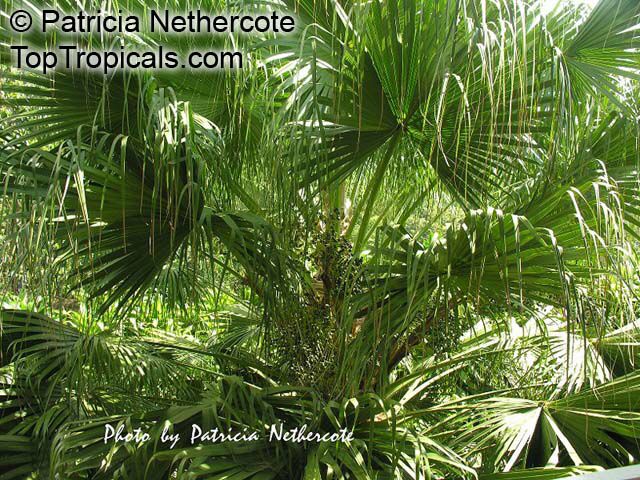
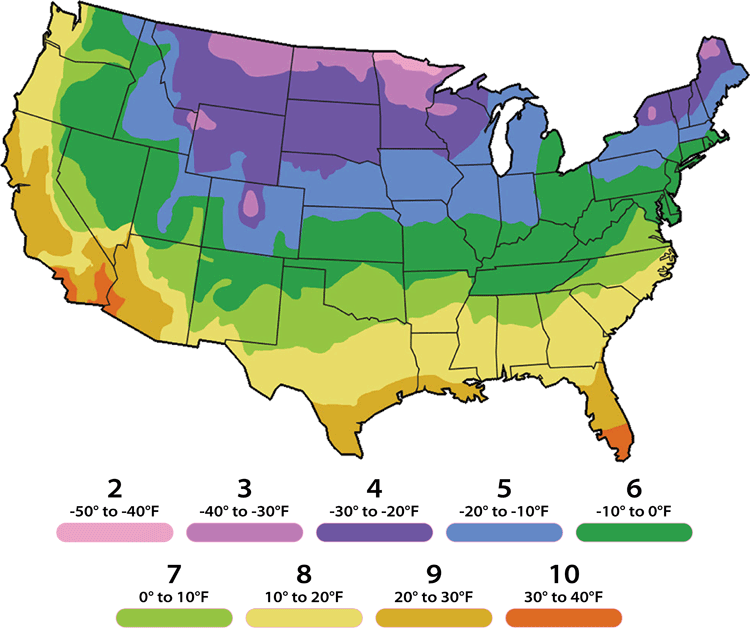
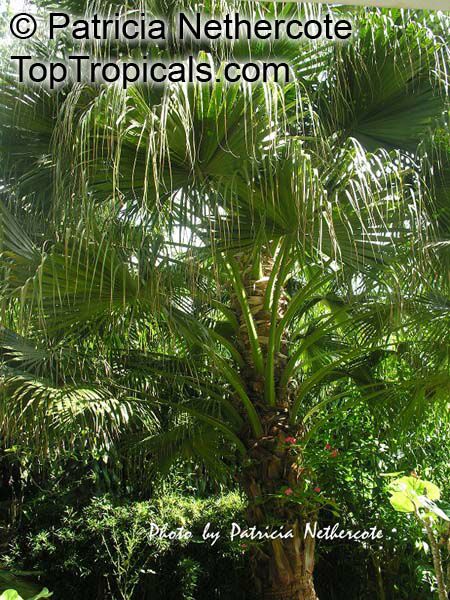
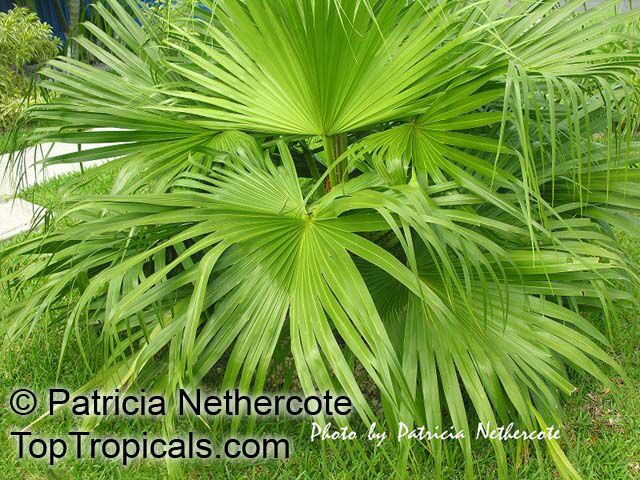
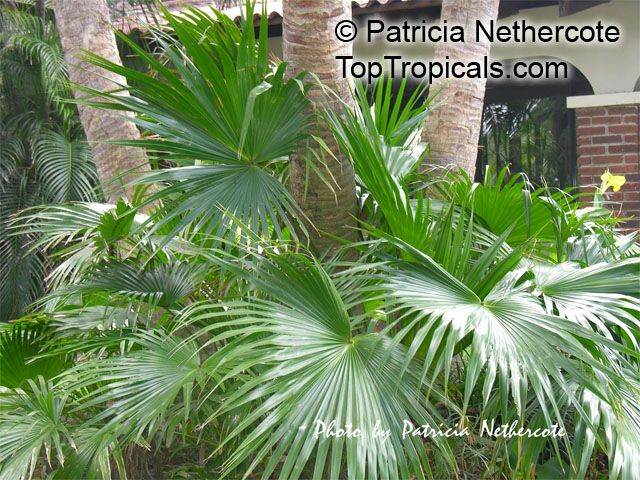
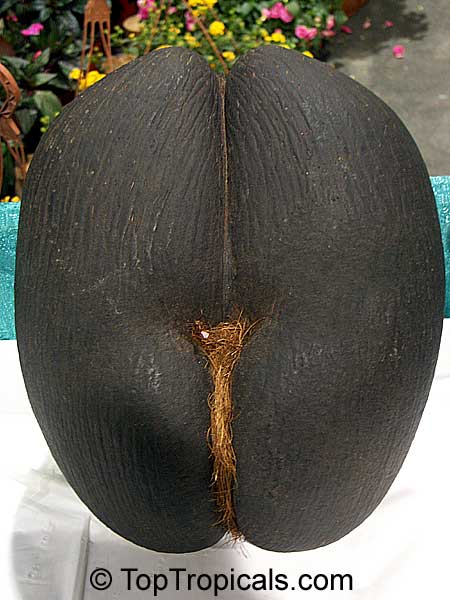
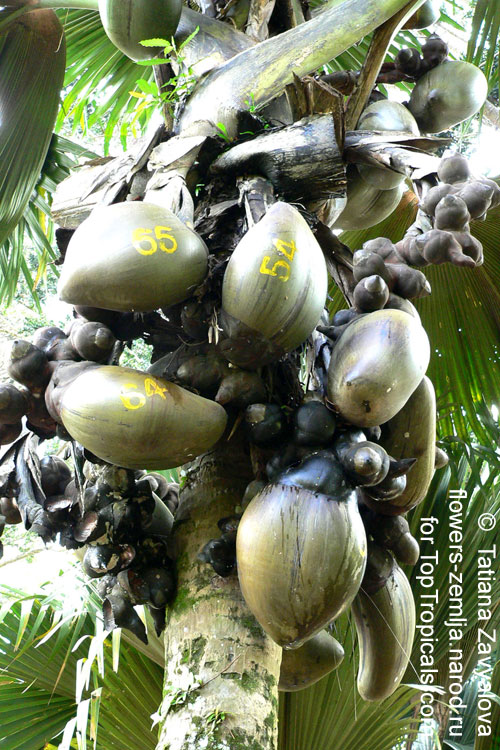
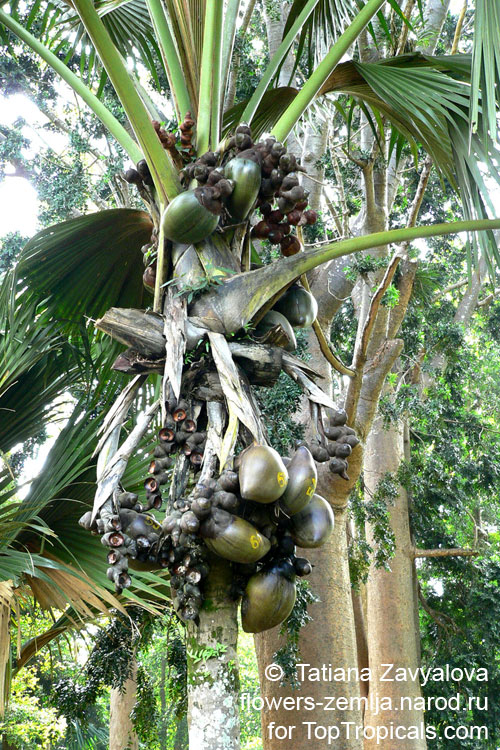
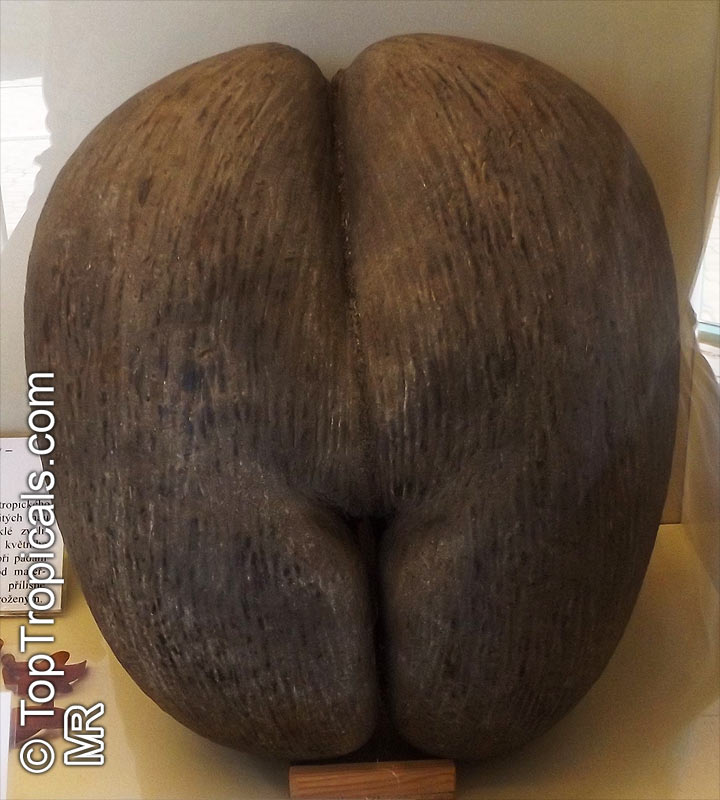
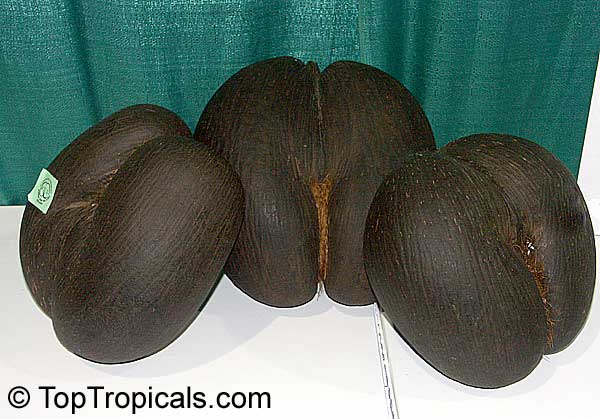
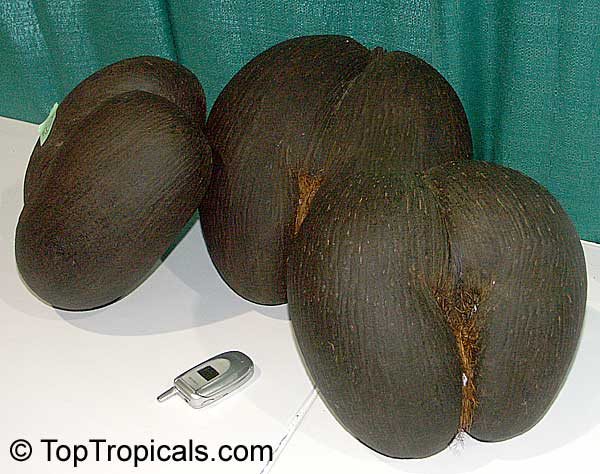
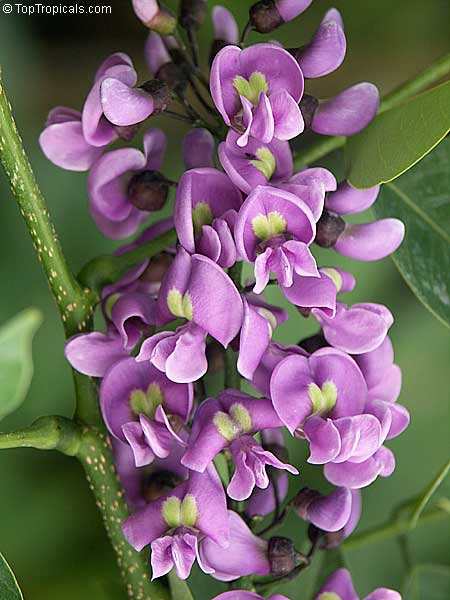
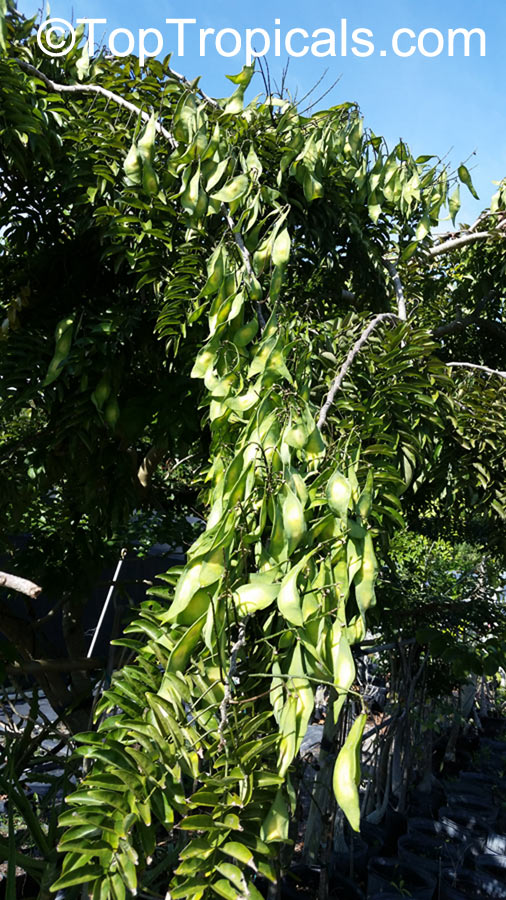

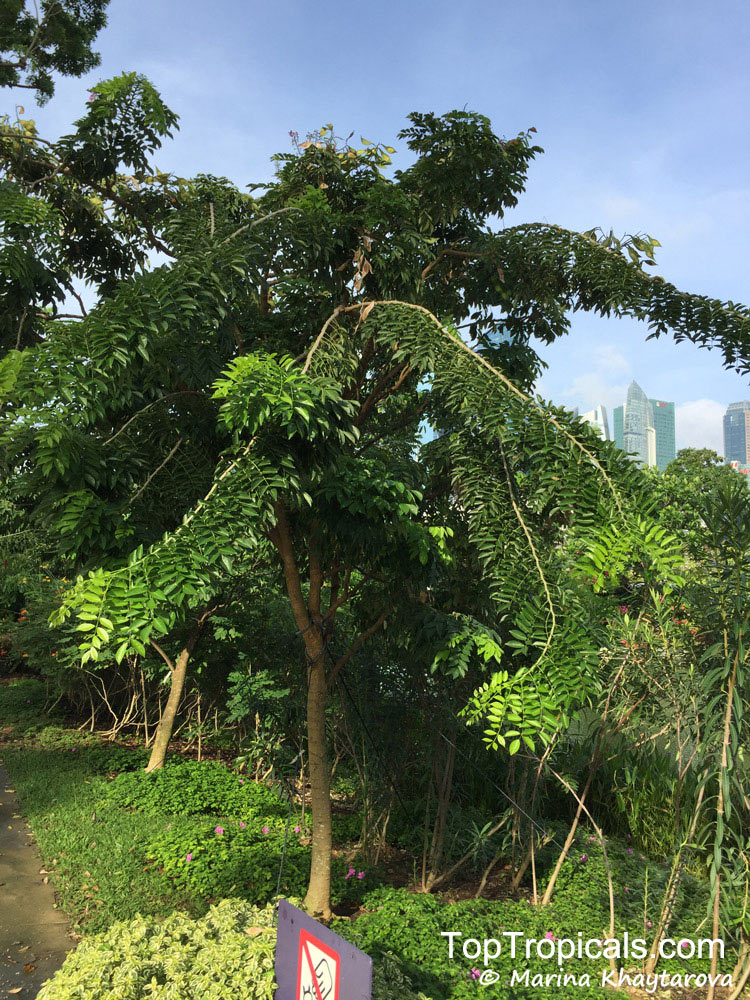

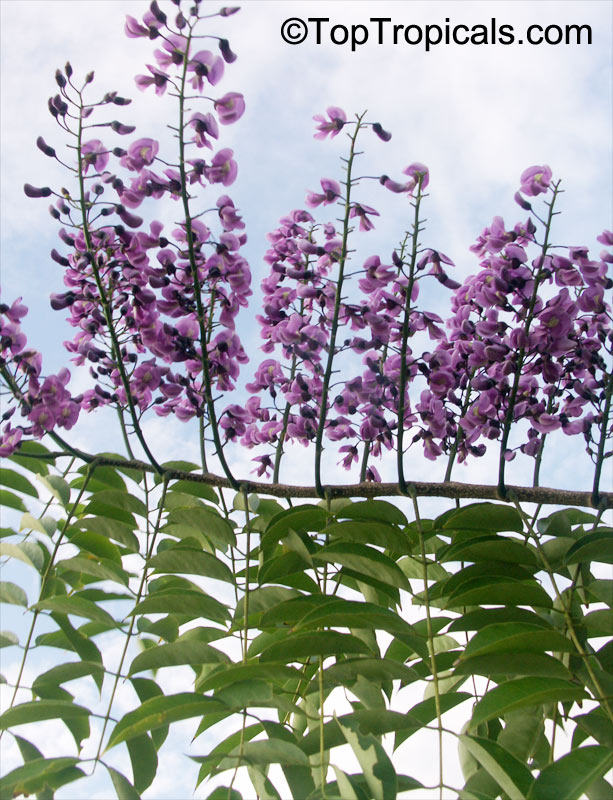
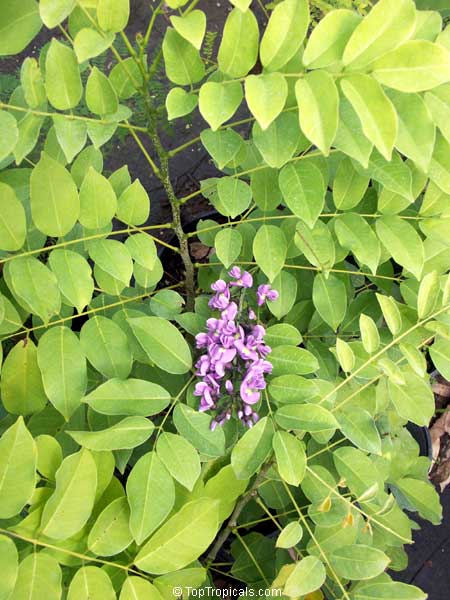
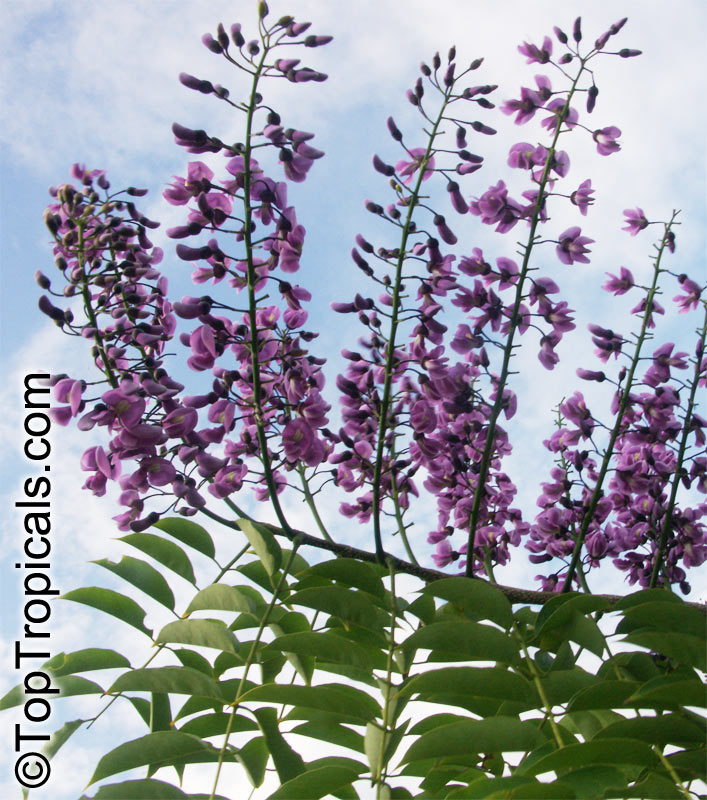
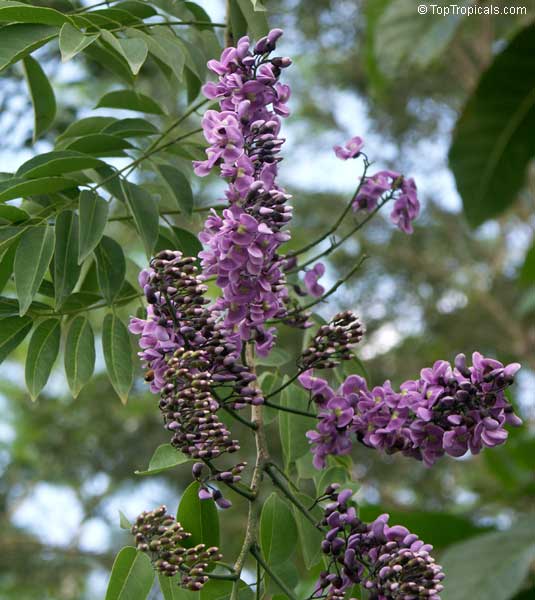
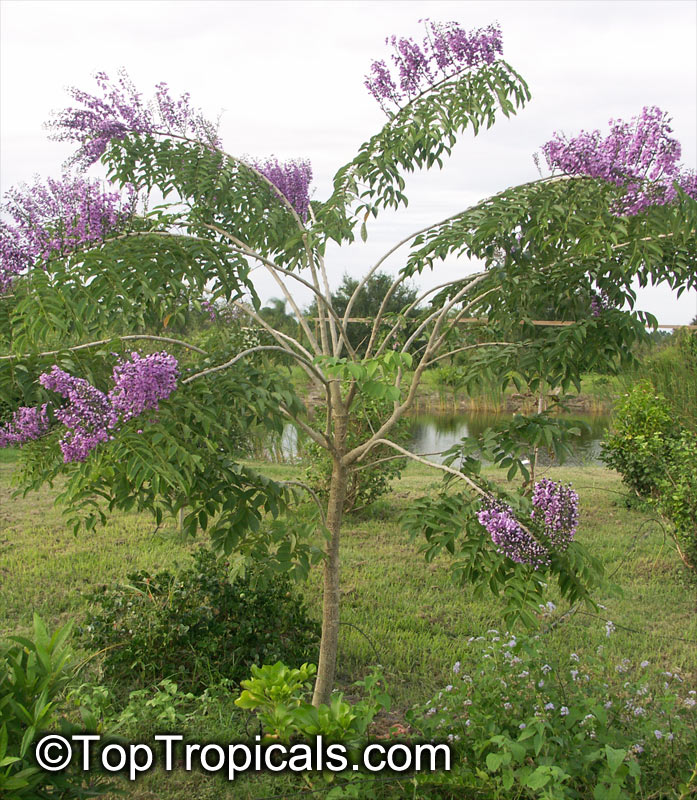
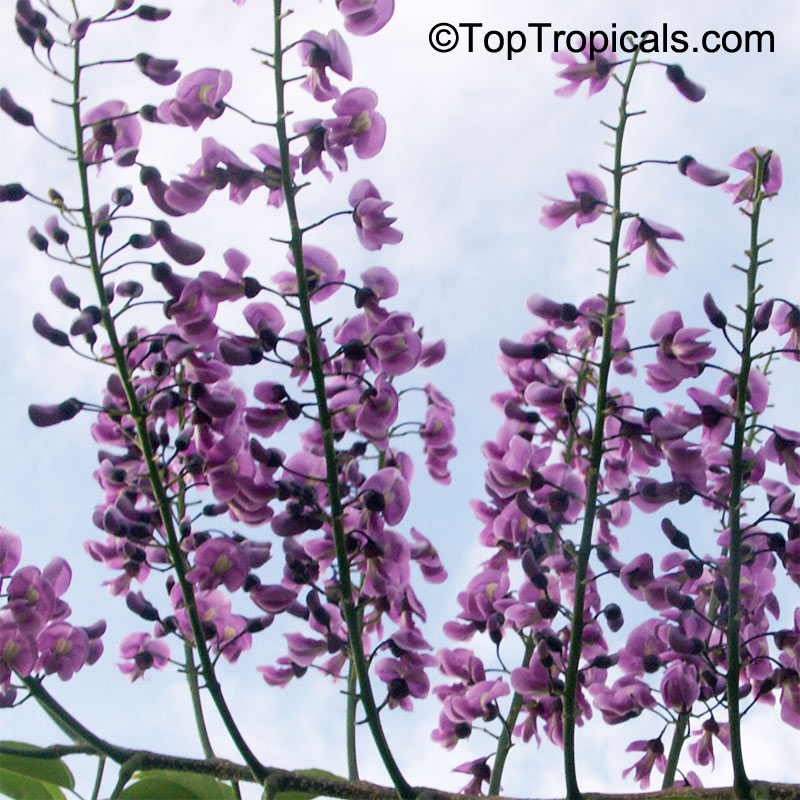
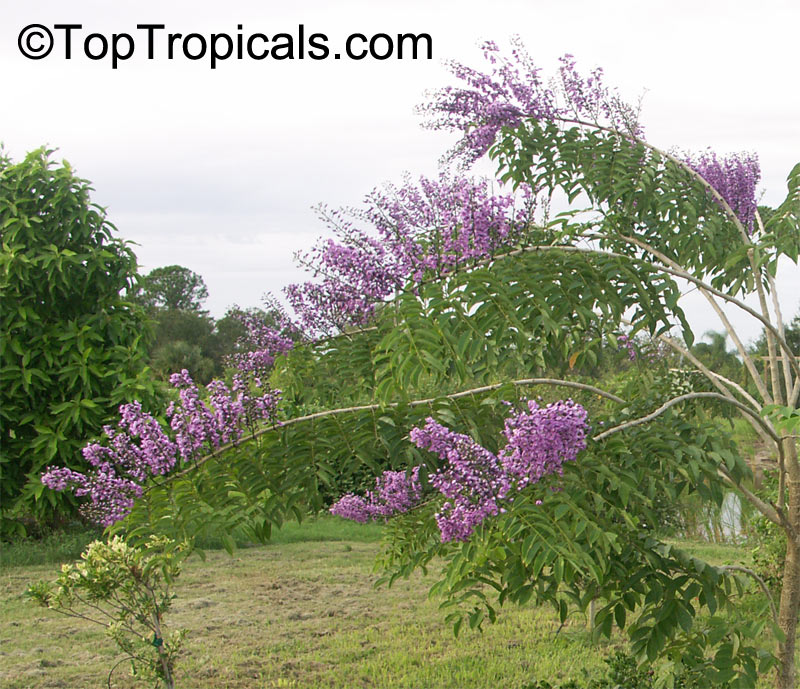
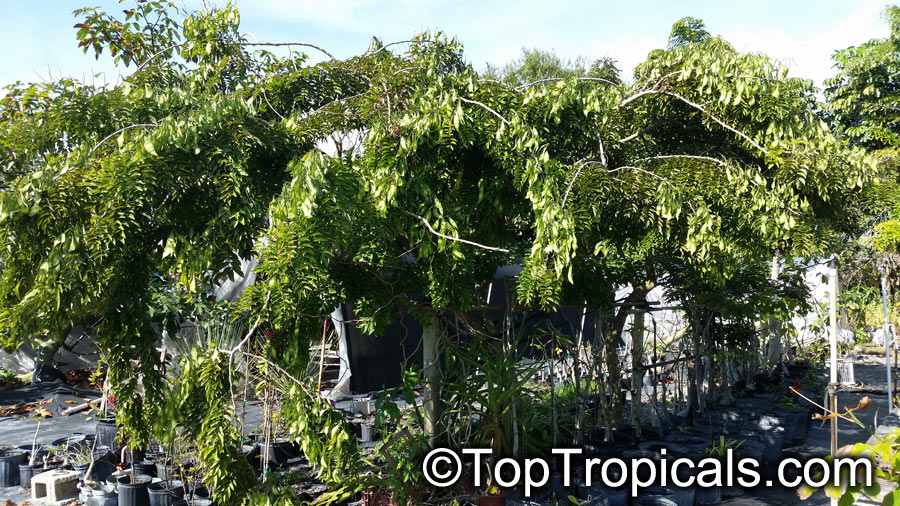
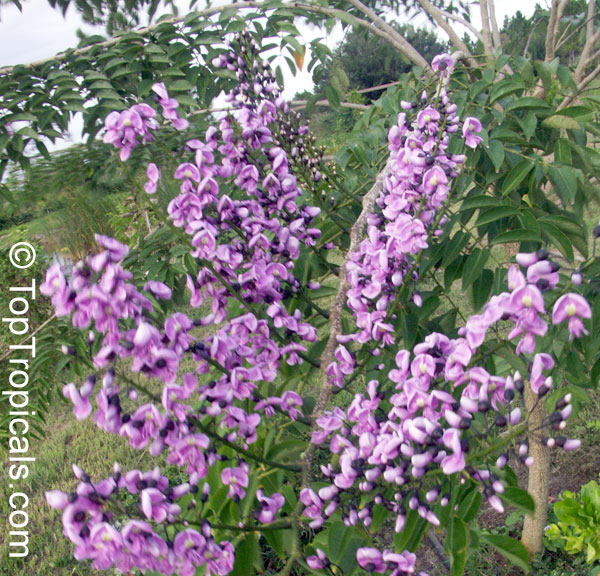
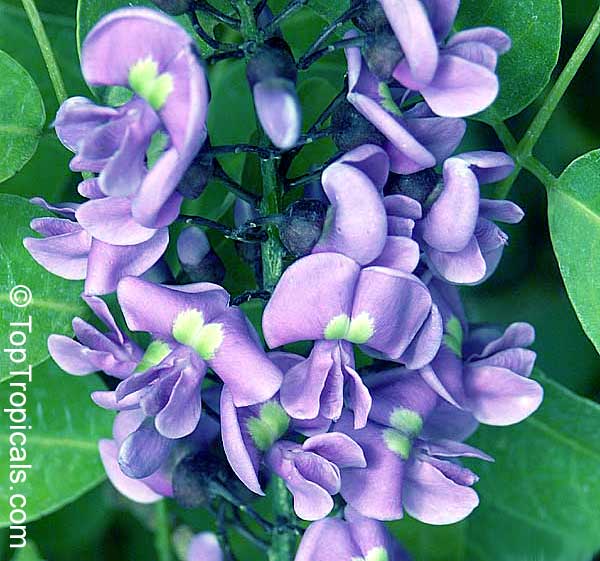
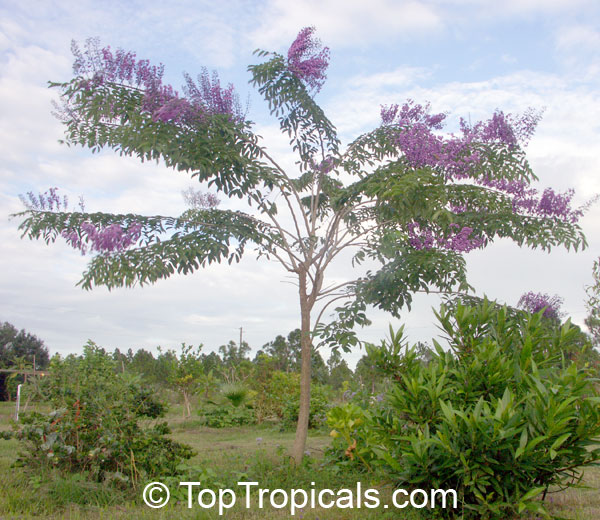
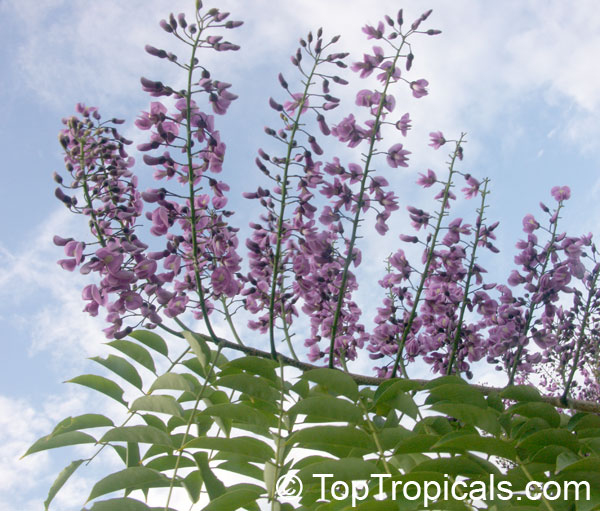
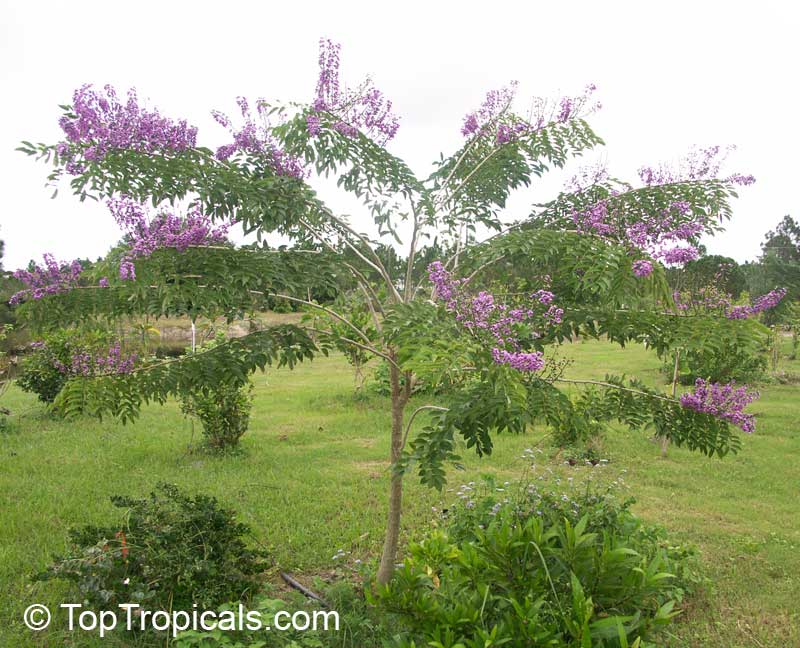
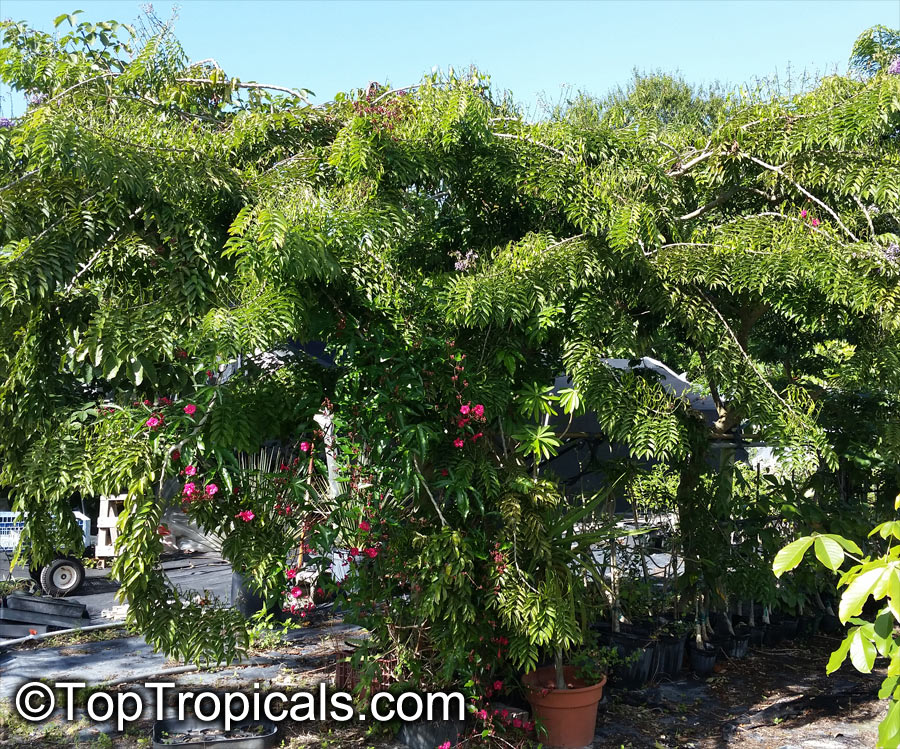
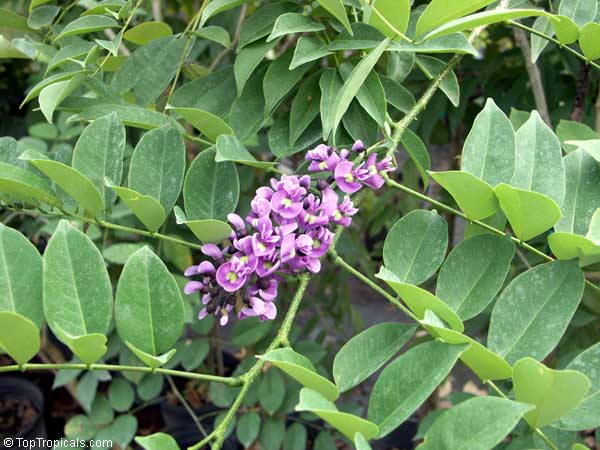
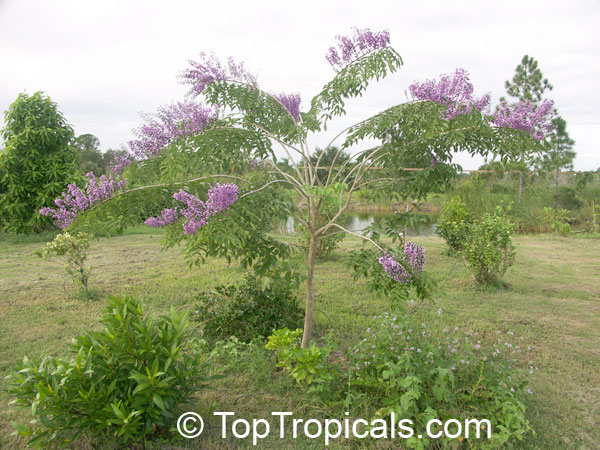
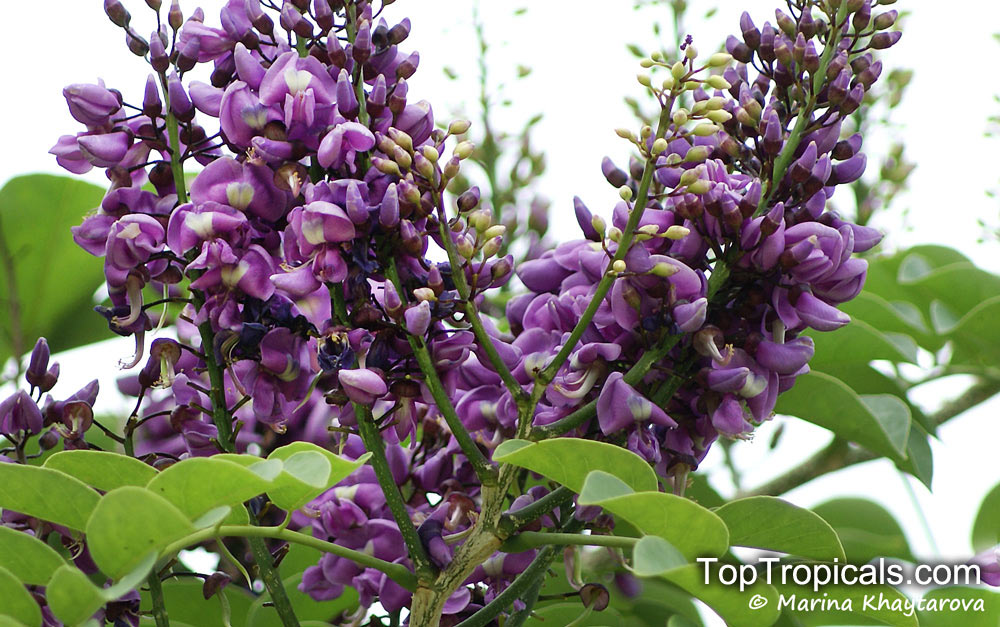
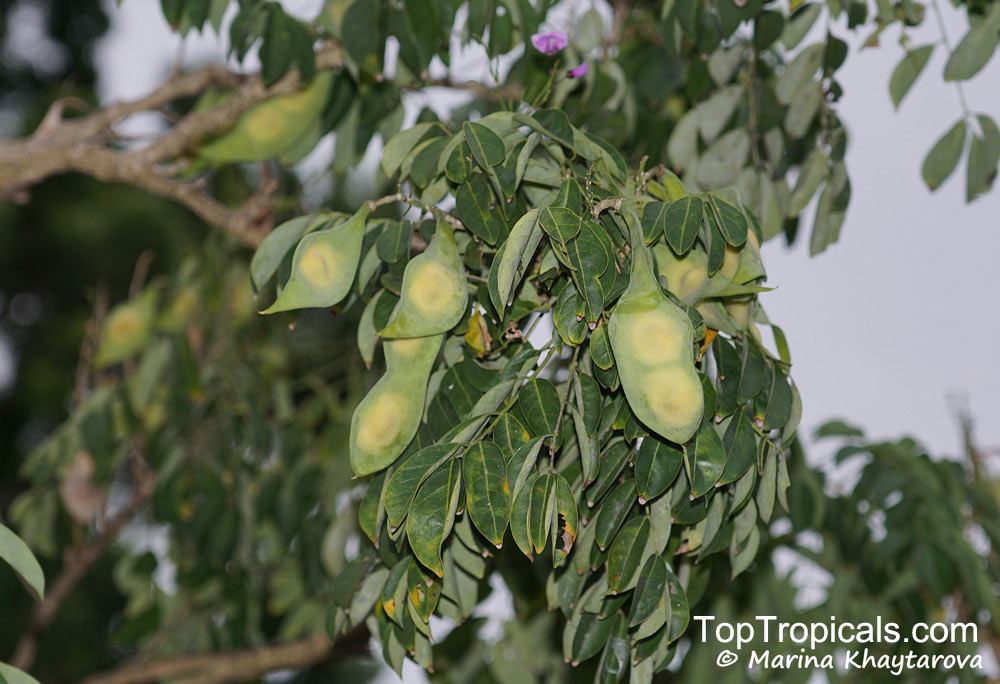

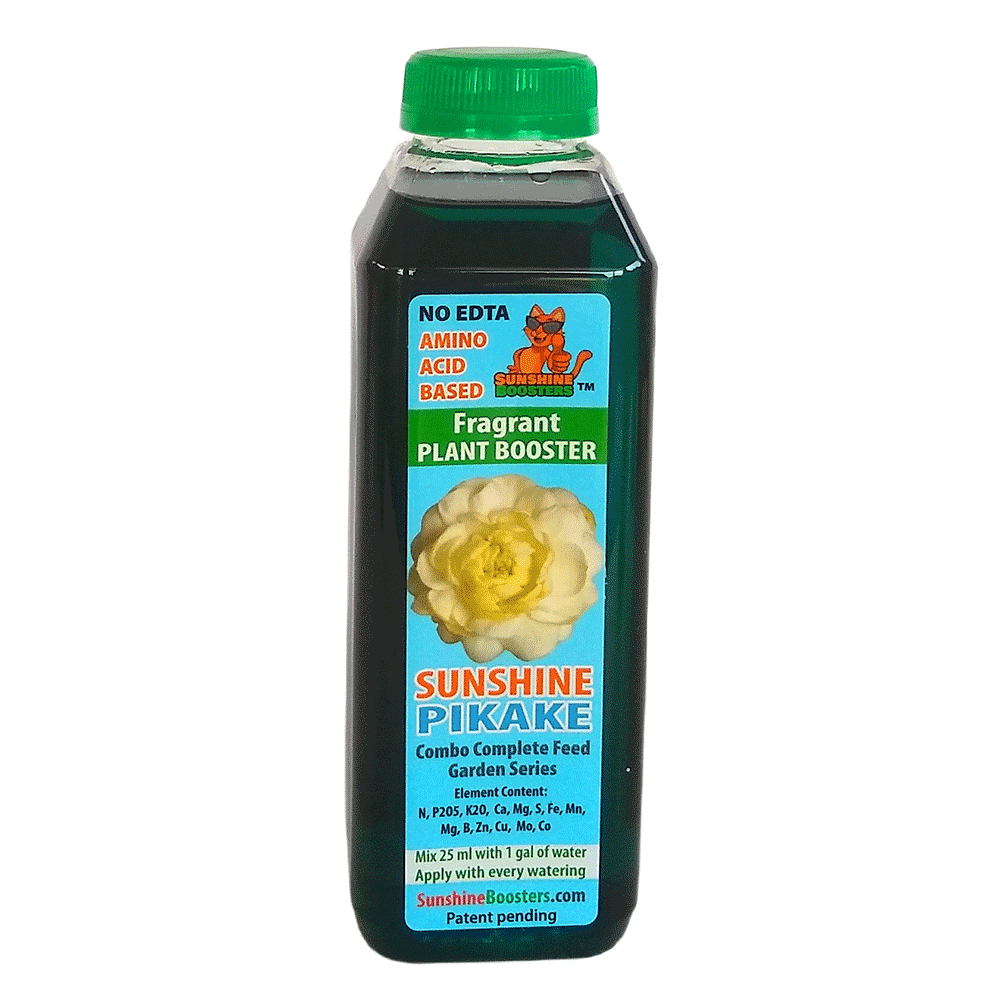 SUNSHINE Pikake (NPK 2-2-4) - eco-friendly concentrated nutrition booster for fragrant flowers. Improves quantity and quality of flowers. Encourages profuse blooming. Increases flower fragrance intensity. Can be used with every watering. For best results, use in combination with
SUNSHINE Pikake (NPK 2-2-4) - eco-friendly concentrated nutrition booster for fragrant flowers. Improves quantity and quality of flowers. Encourages profuse blooming. Increases flower fragrance intensity. Can be used with every watering. For best results, use in combination with 